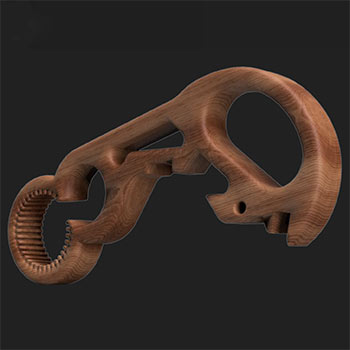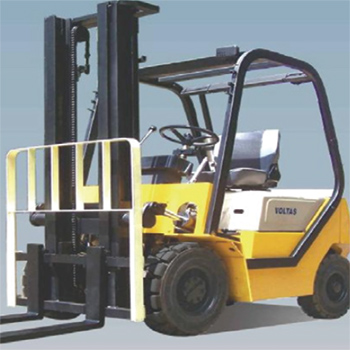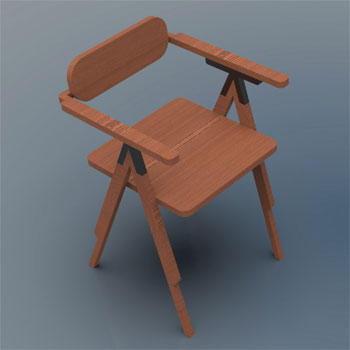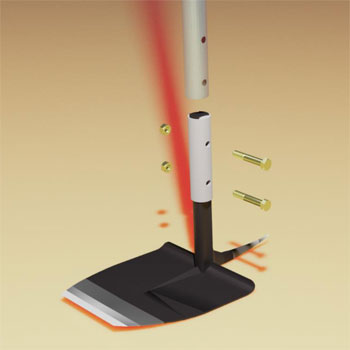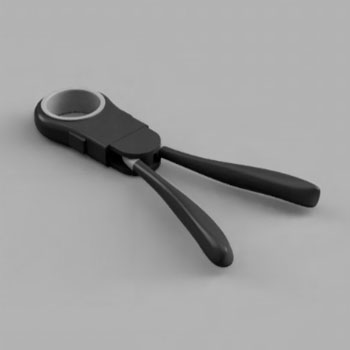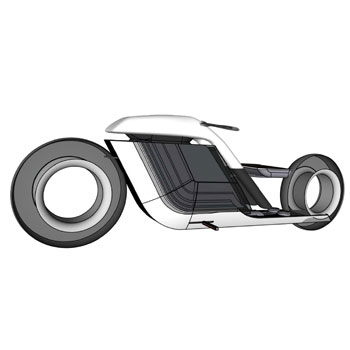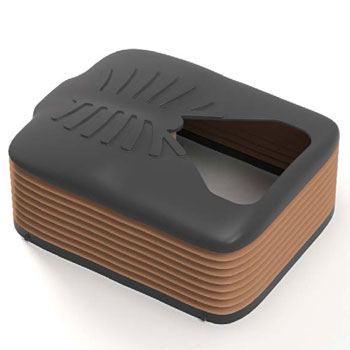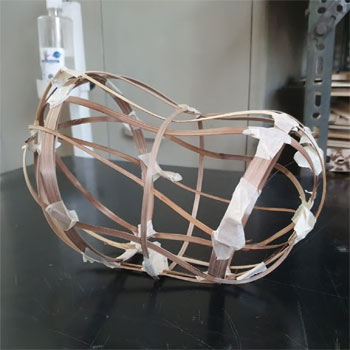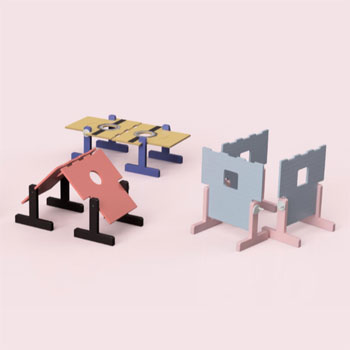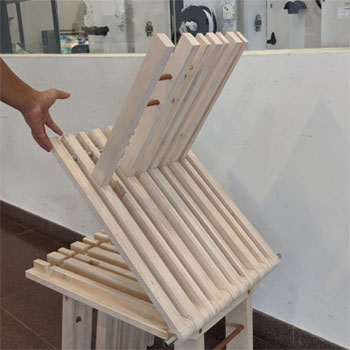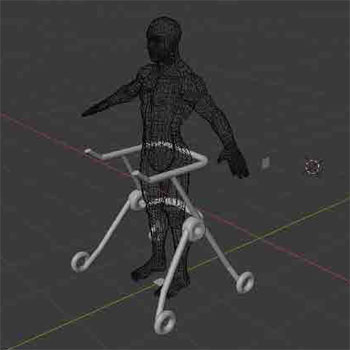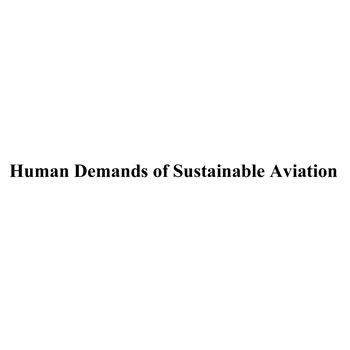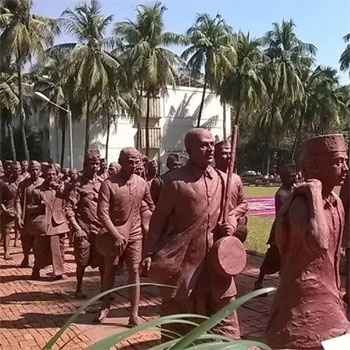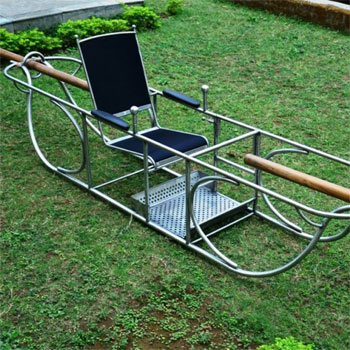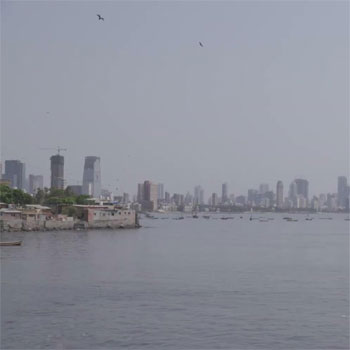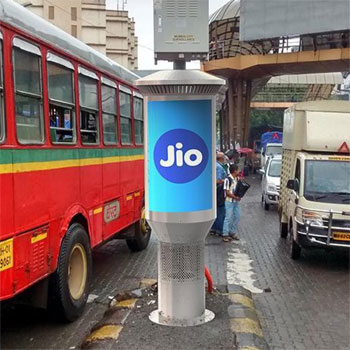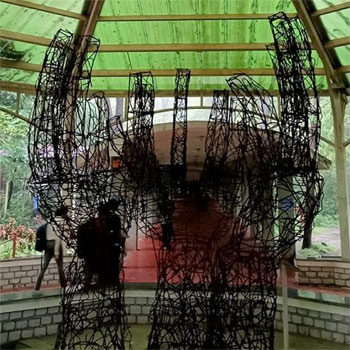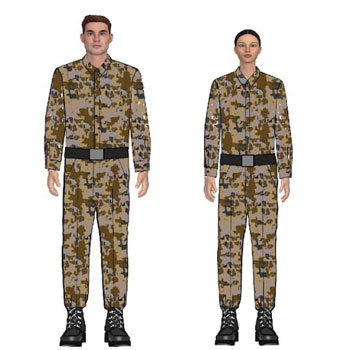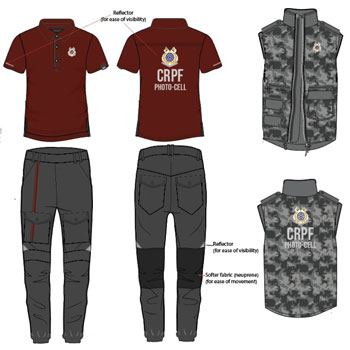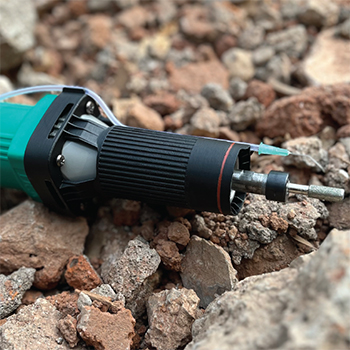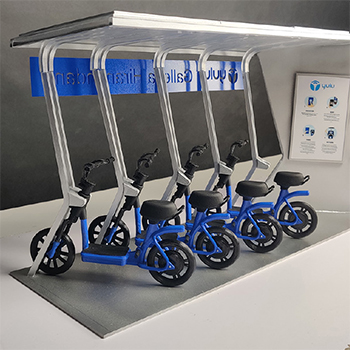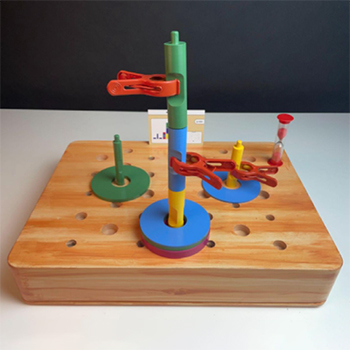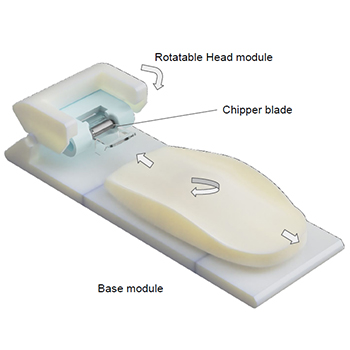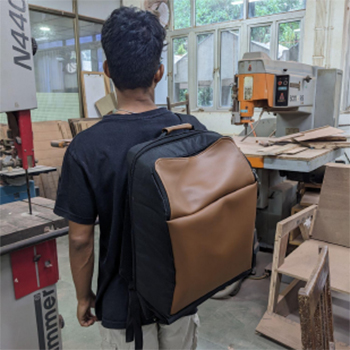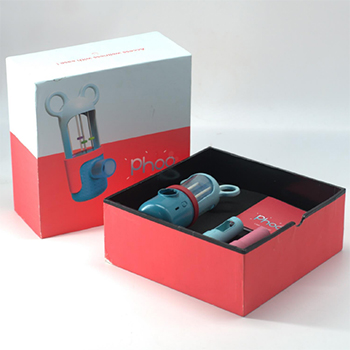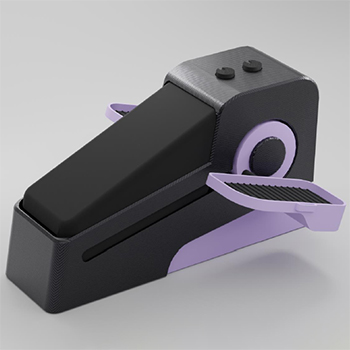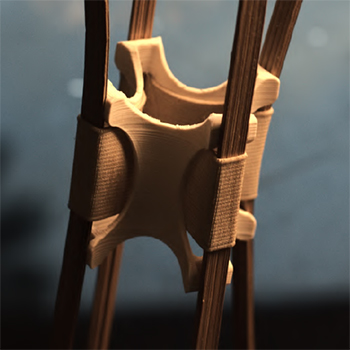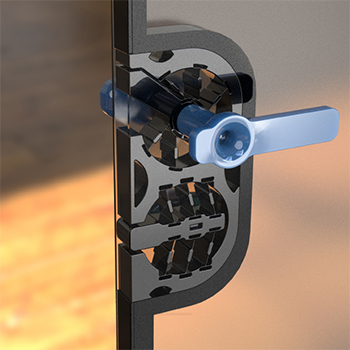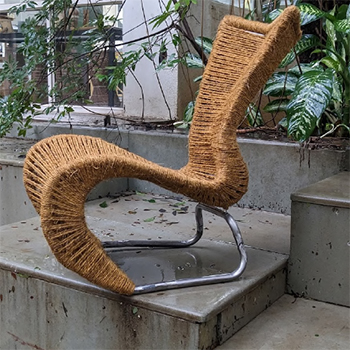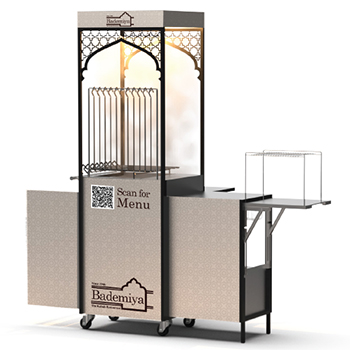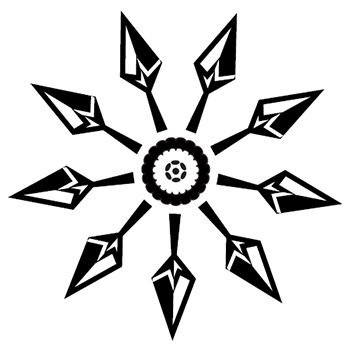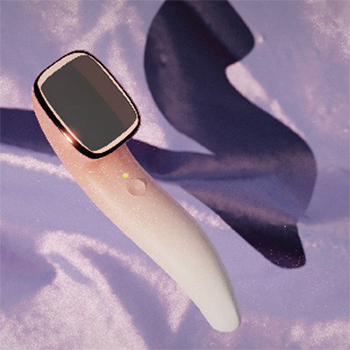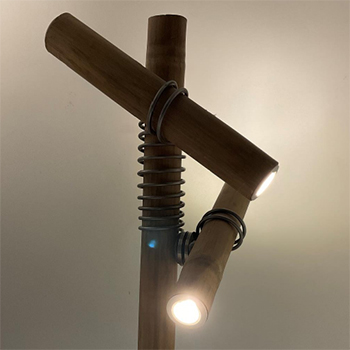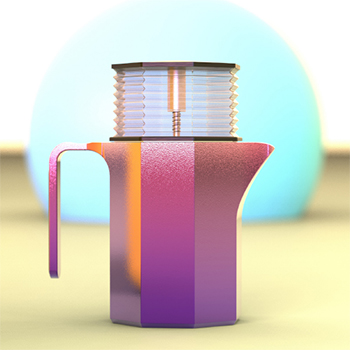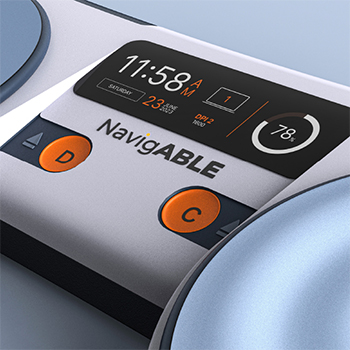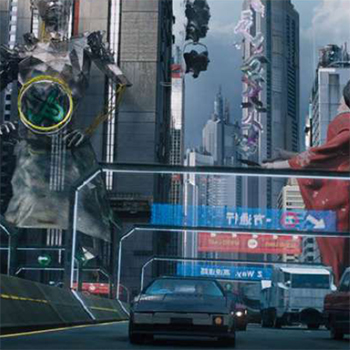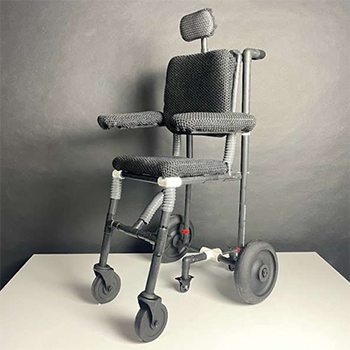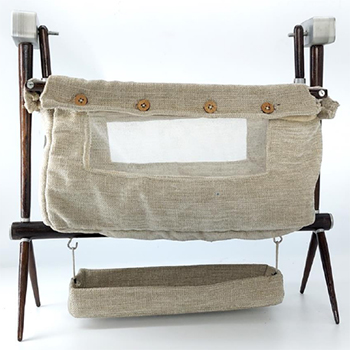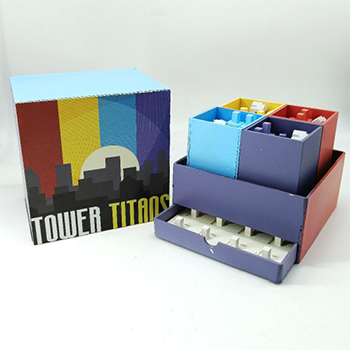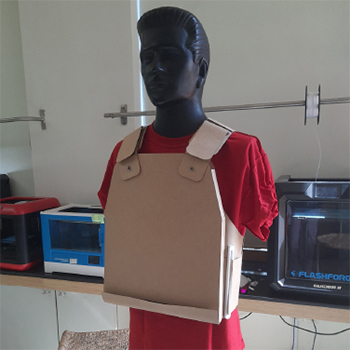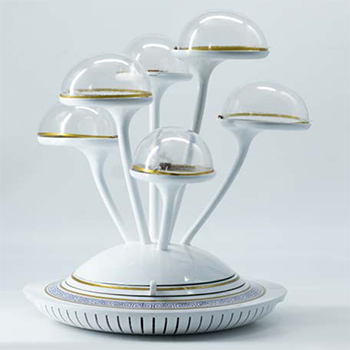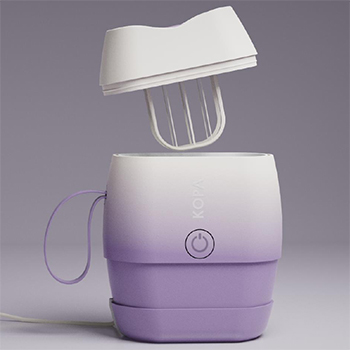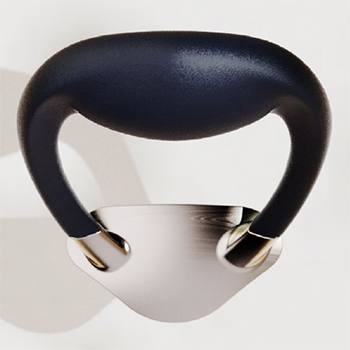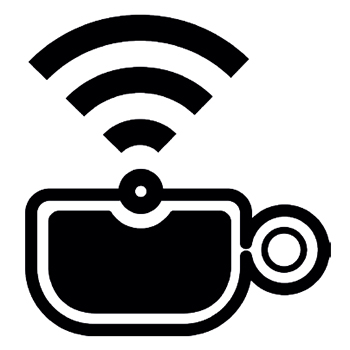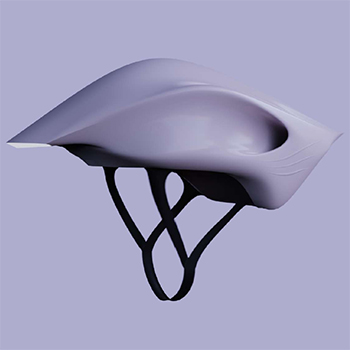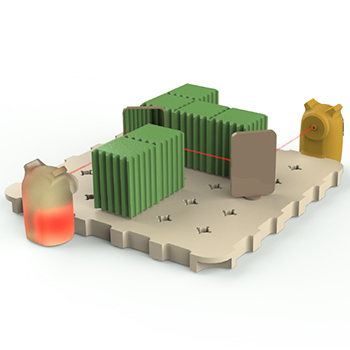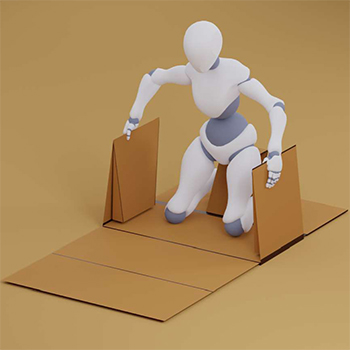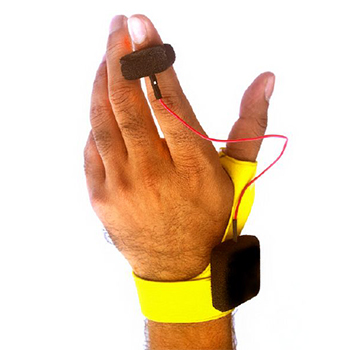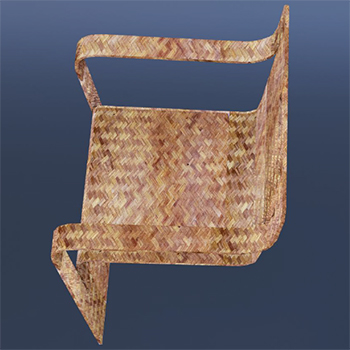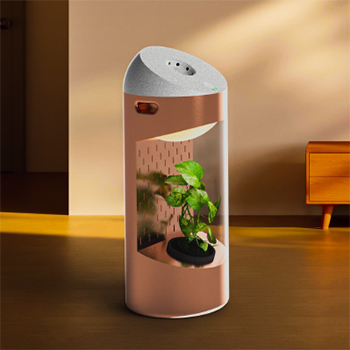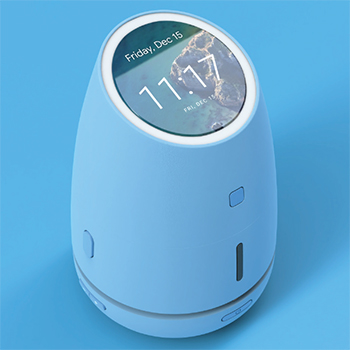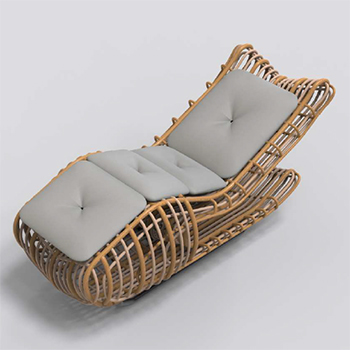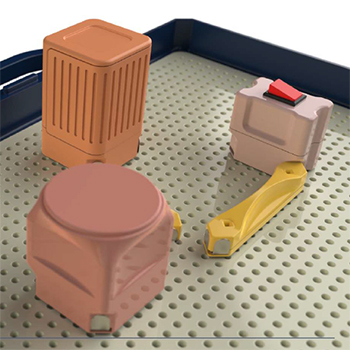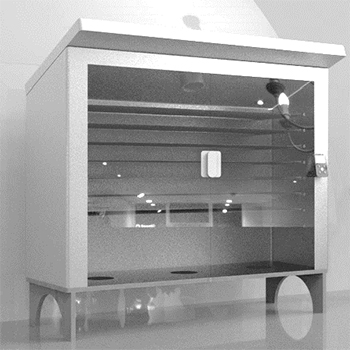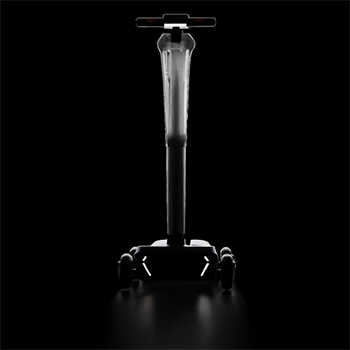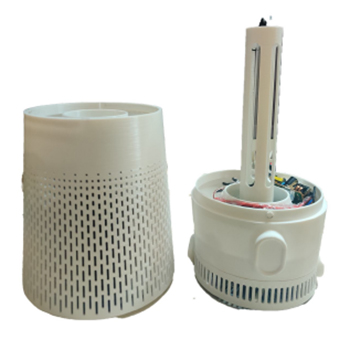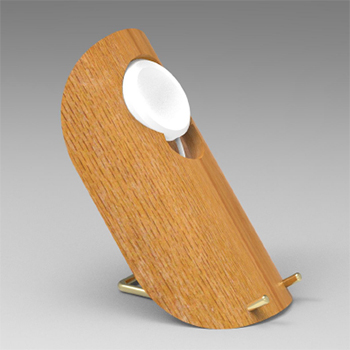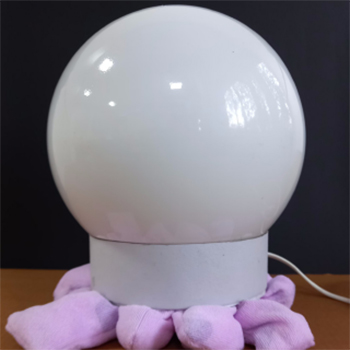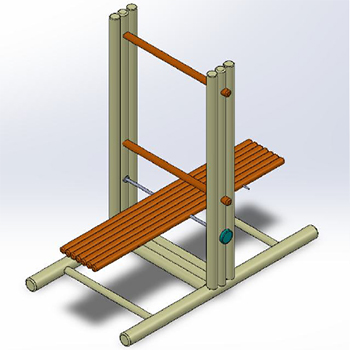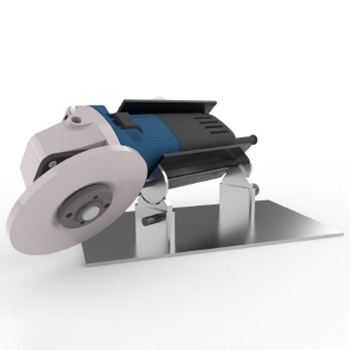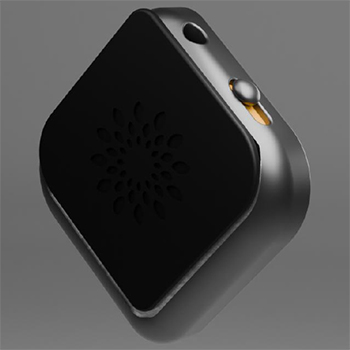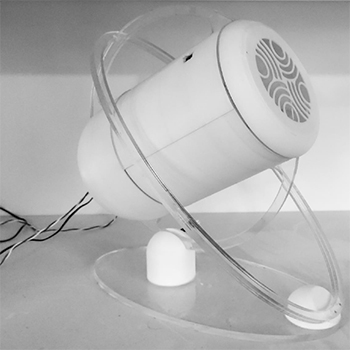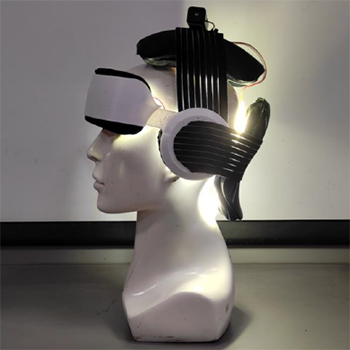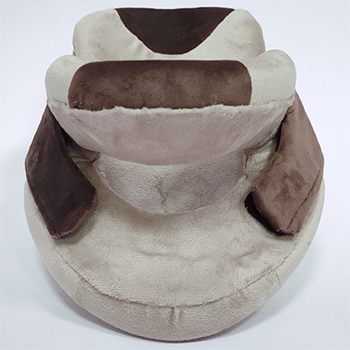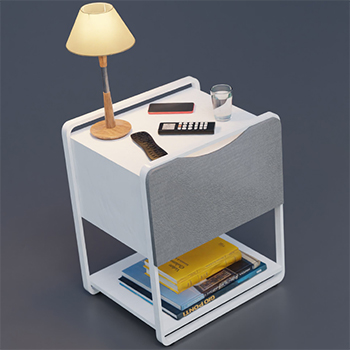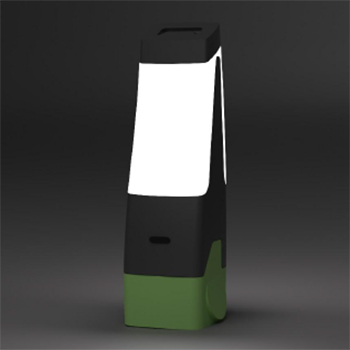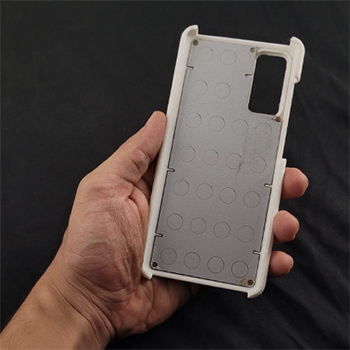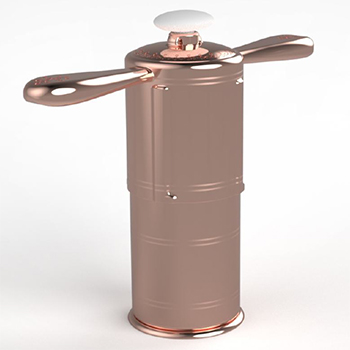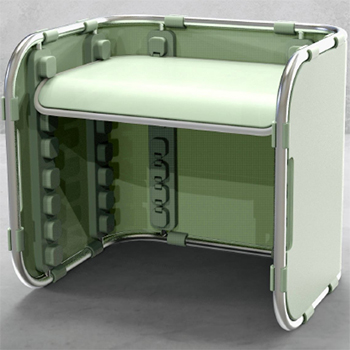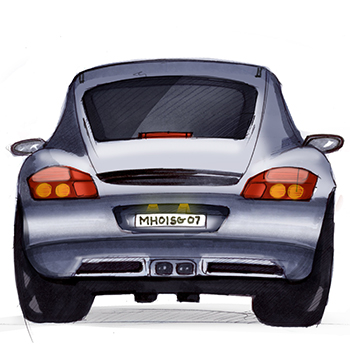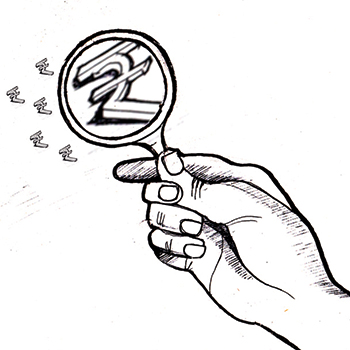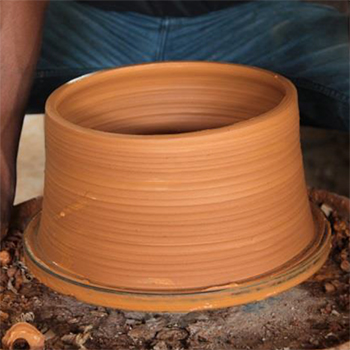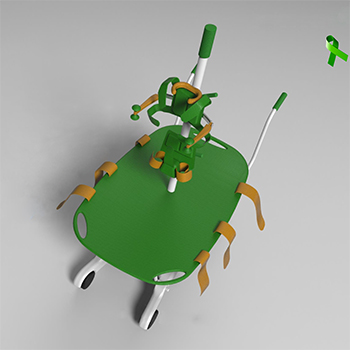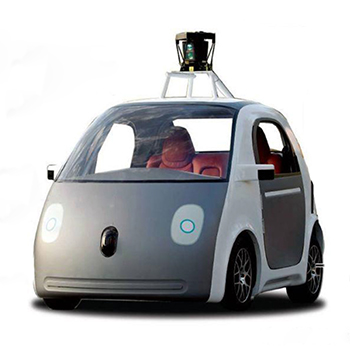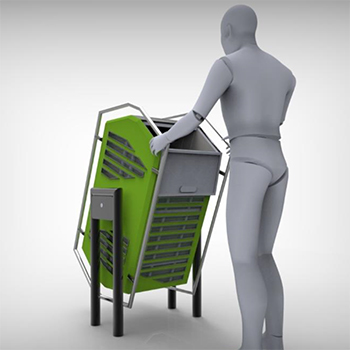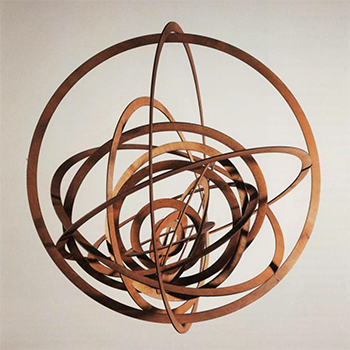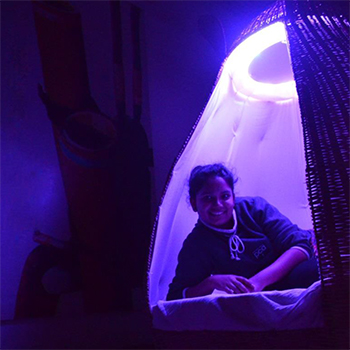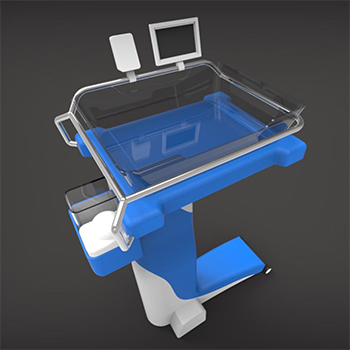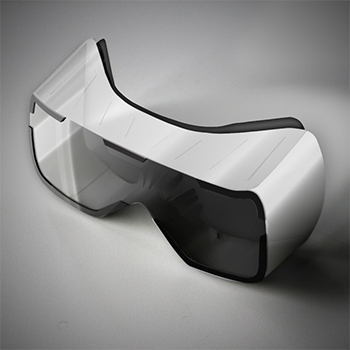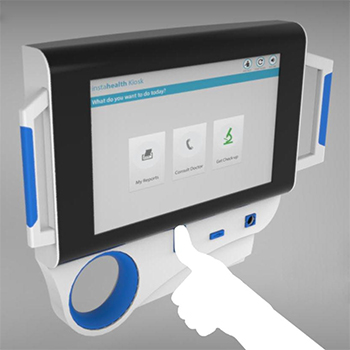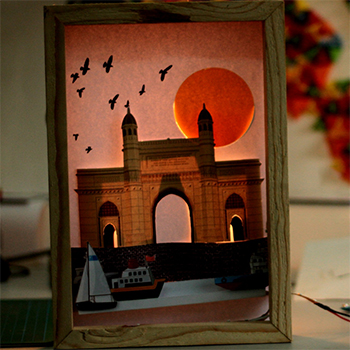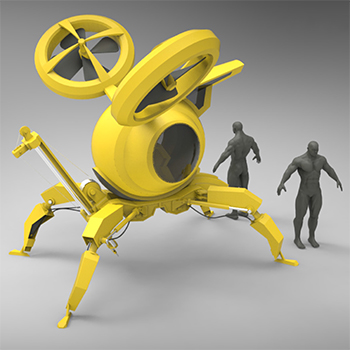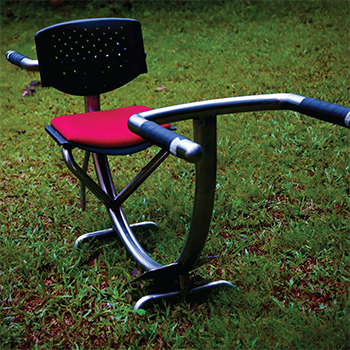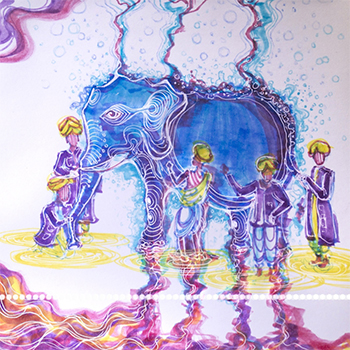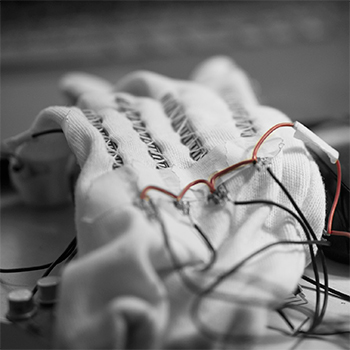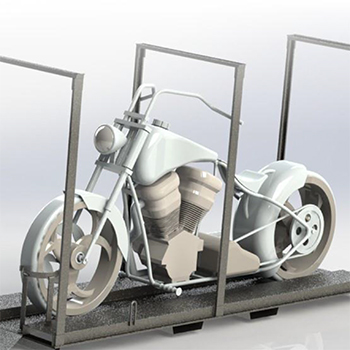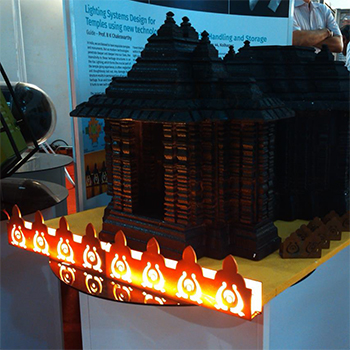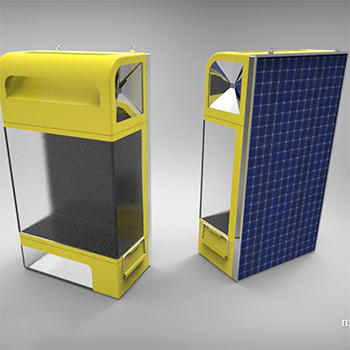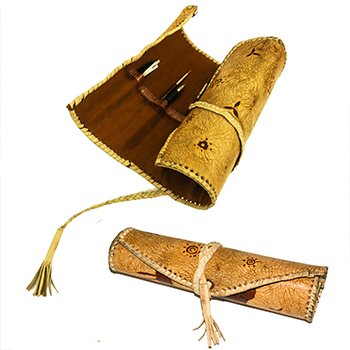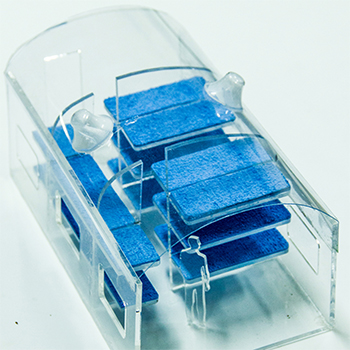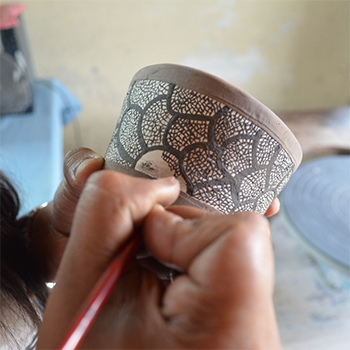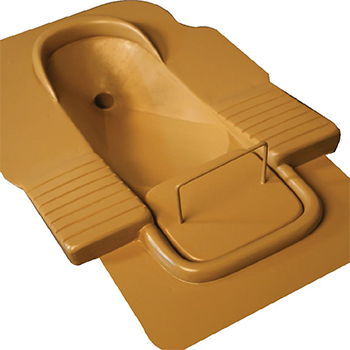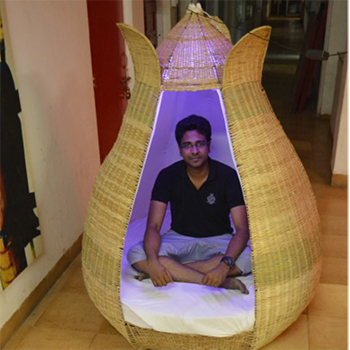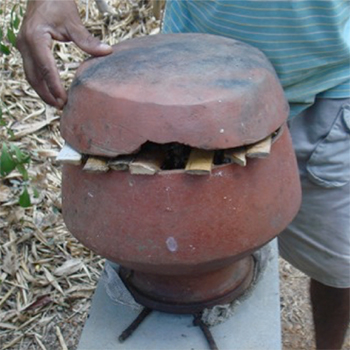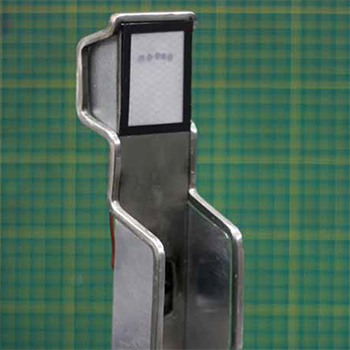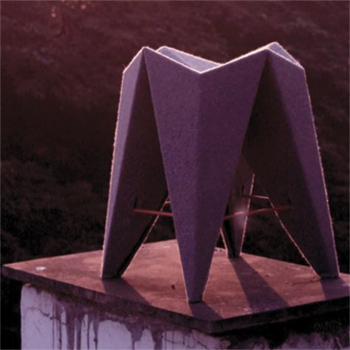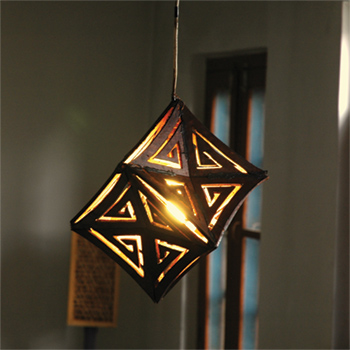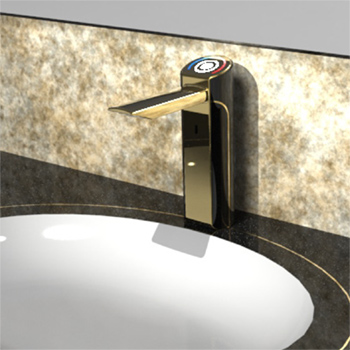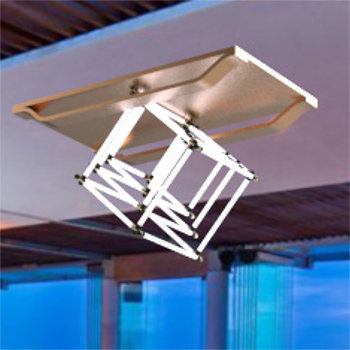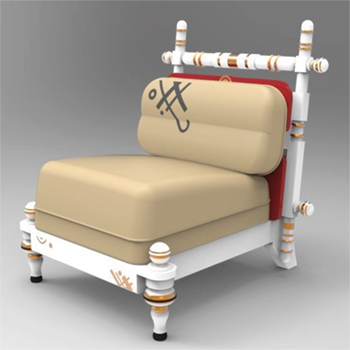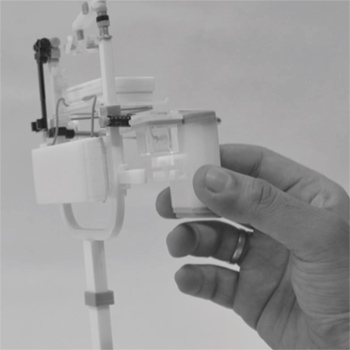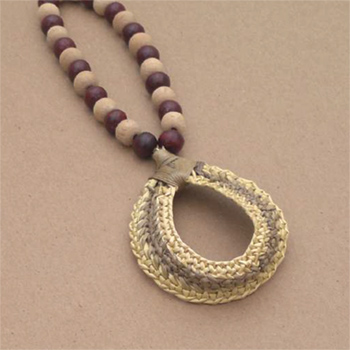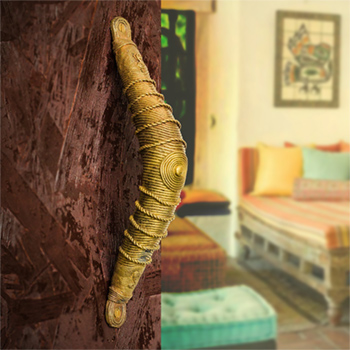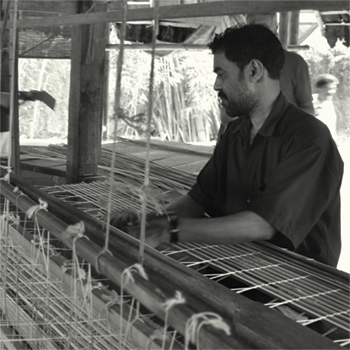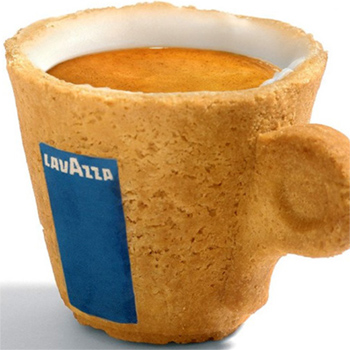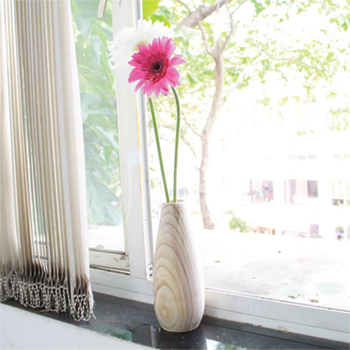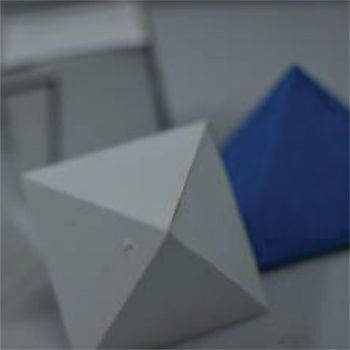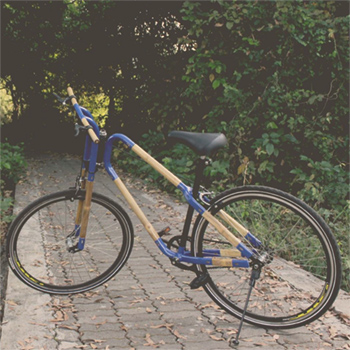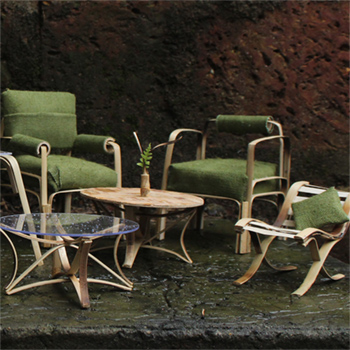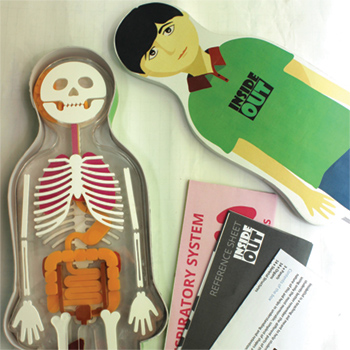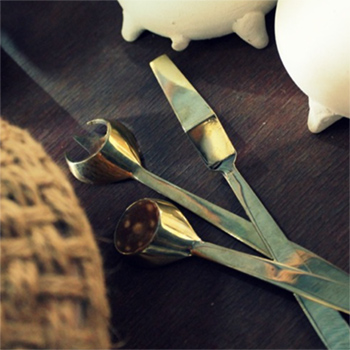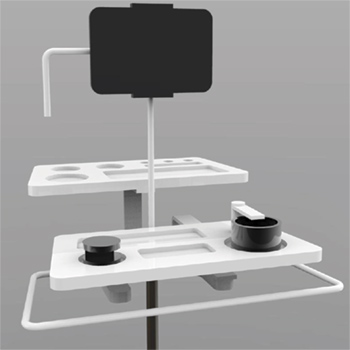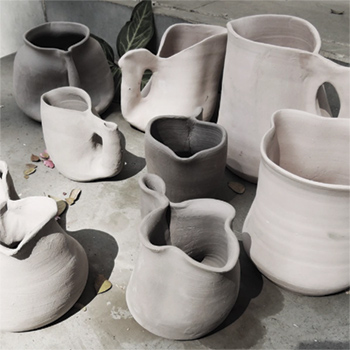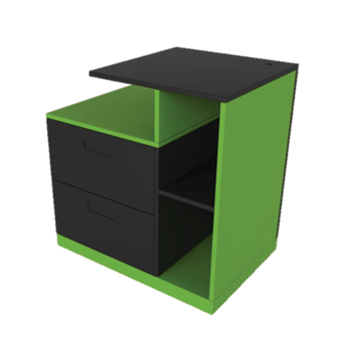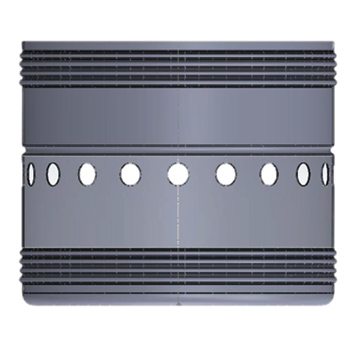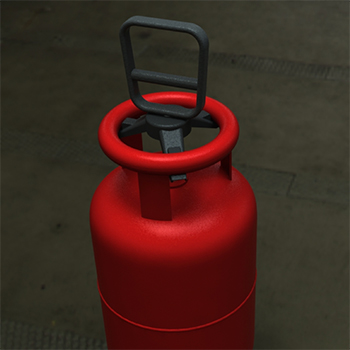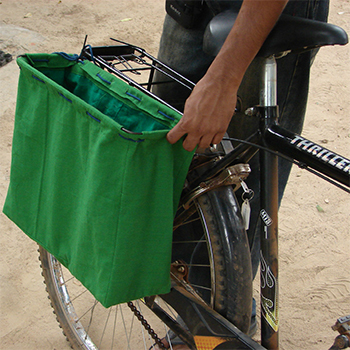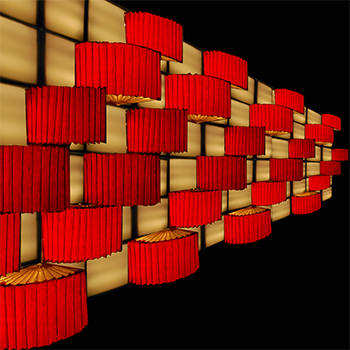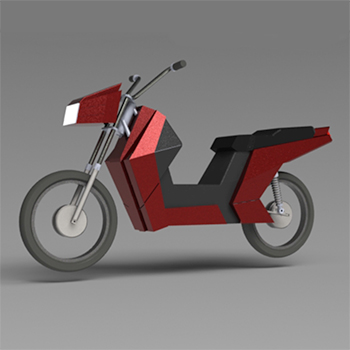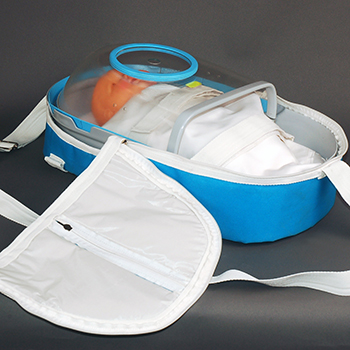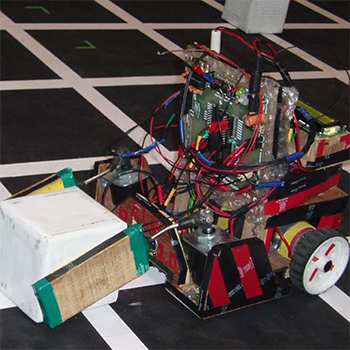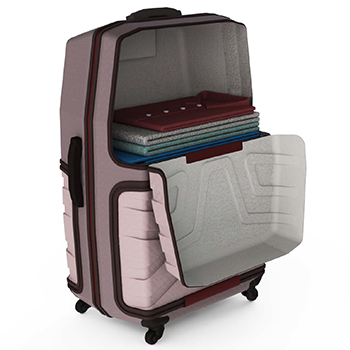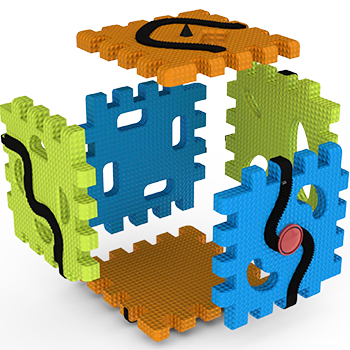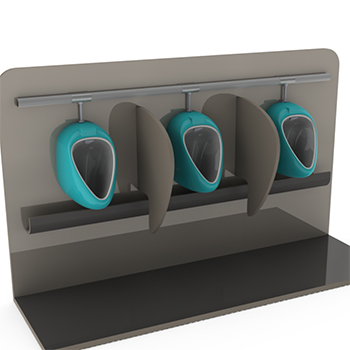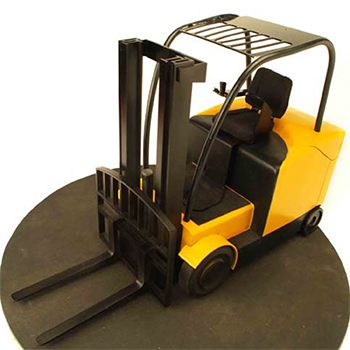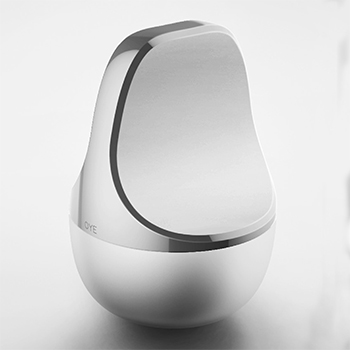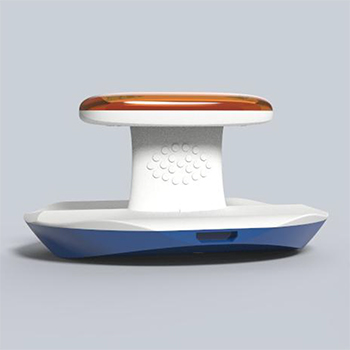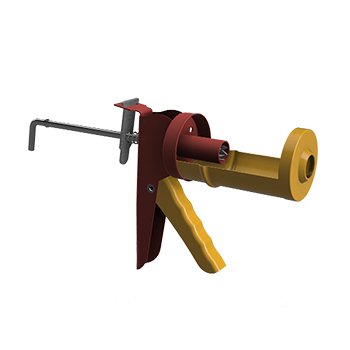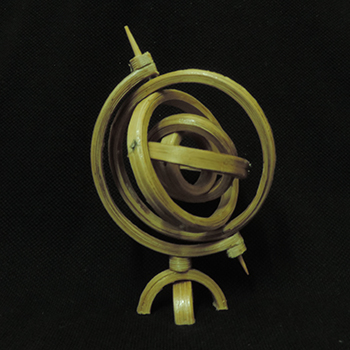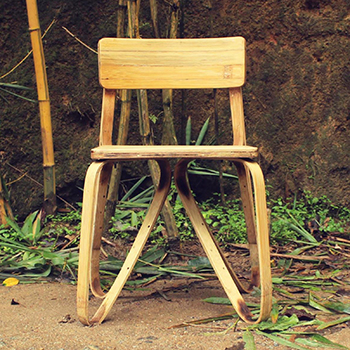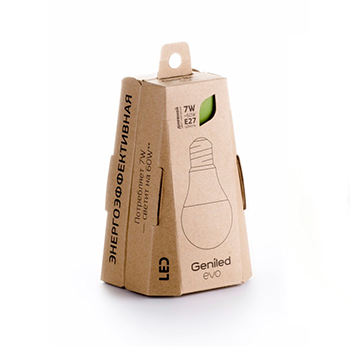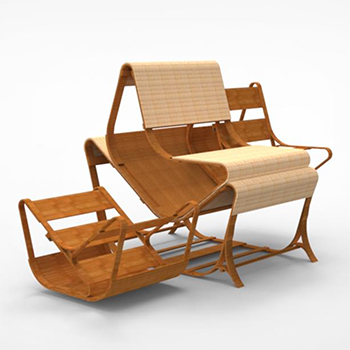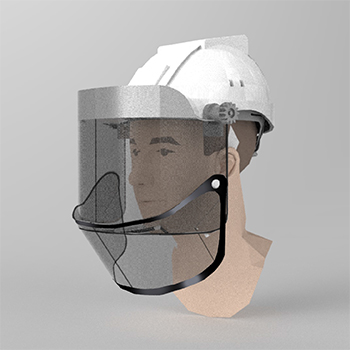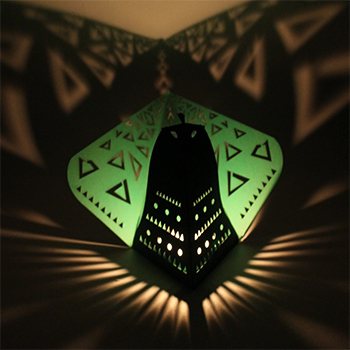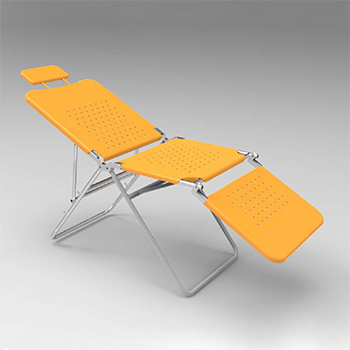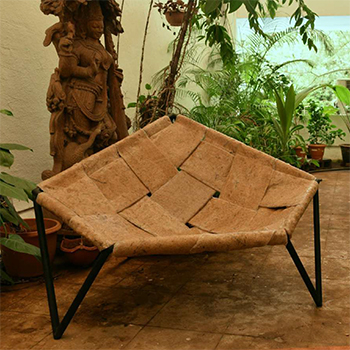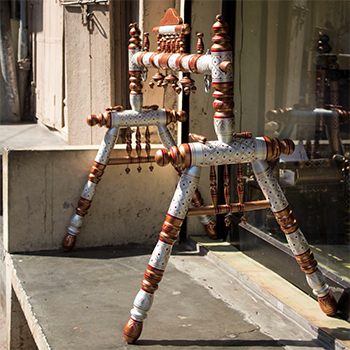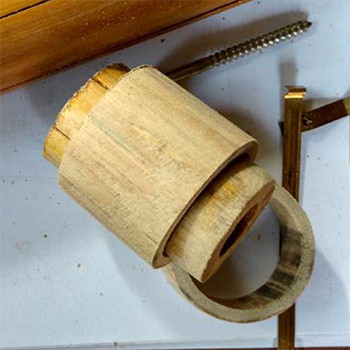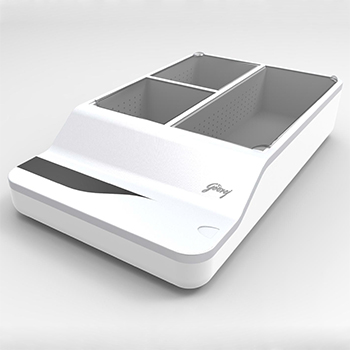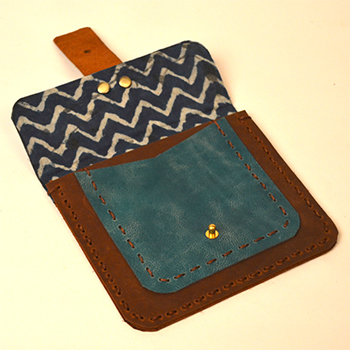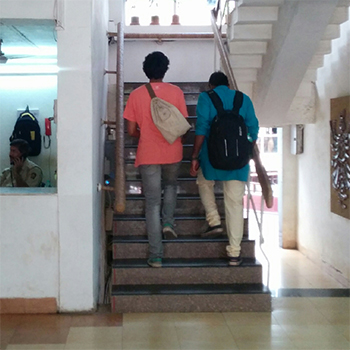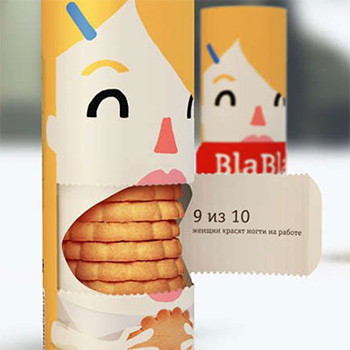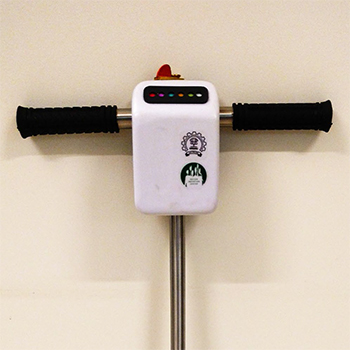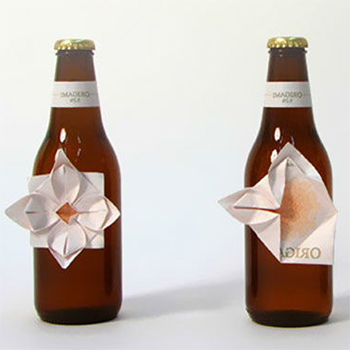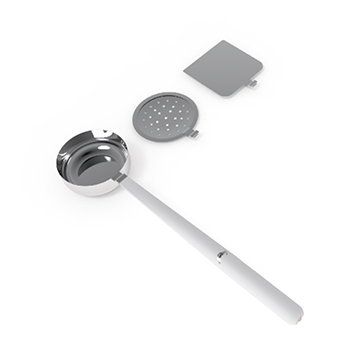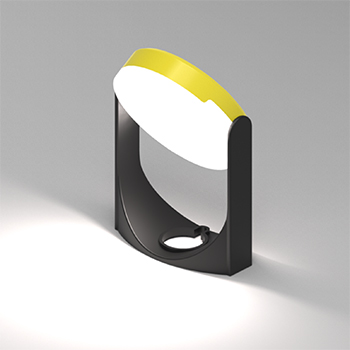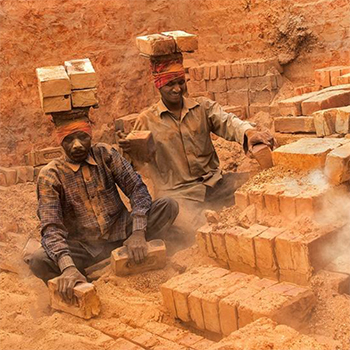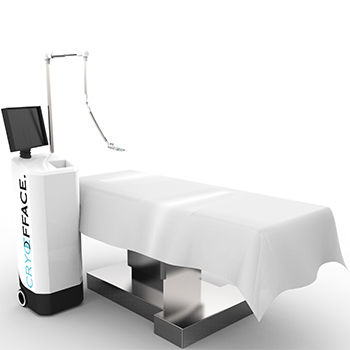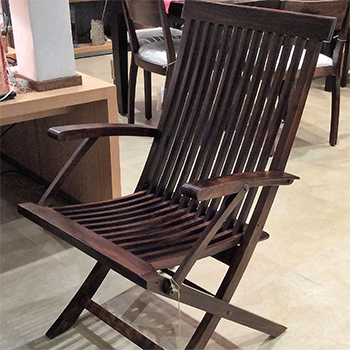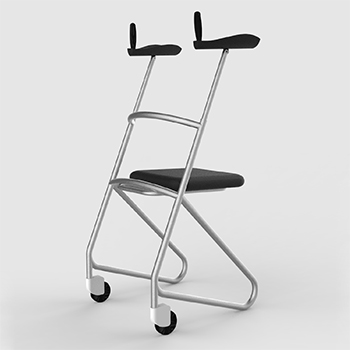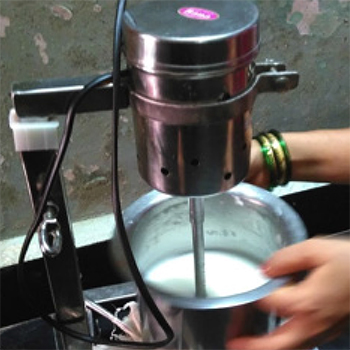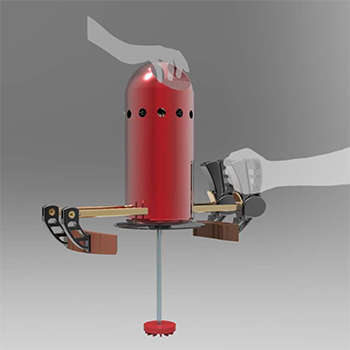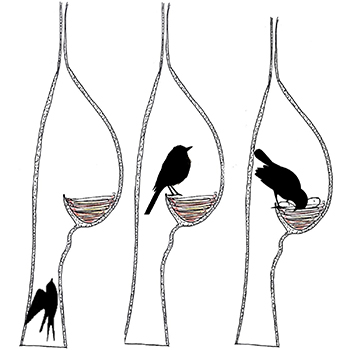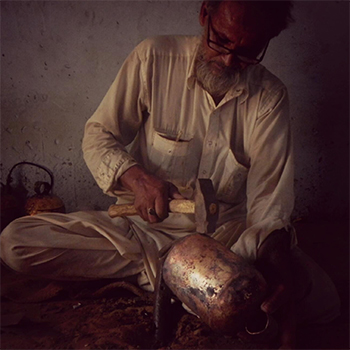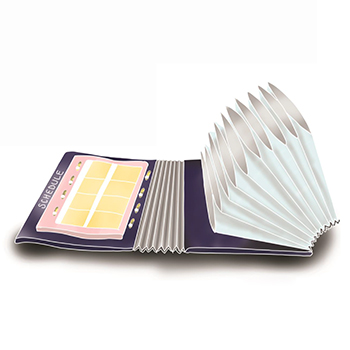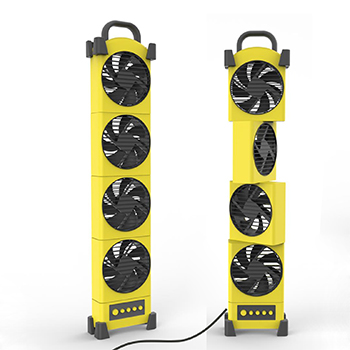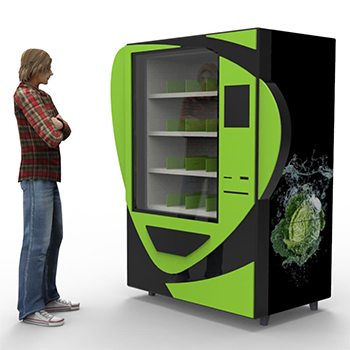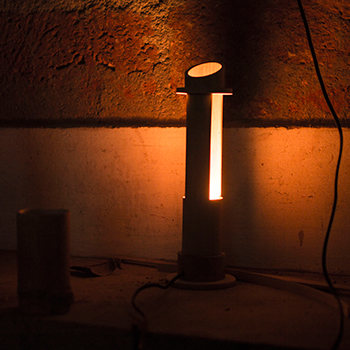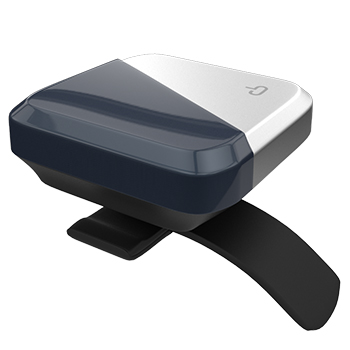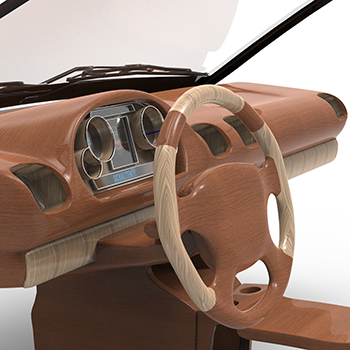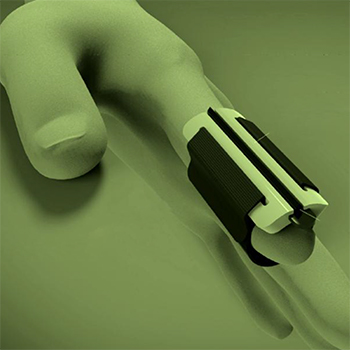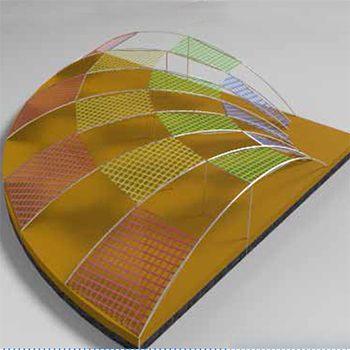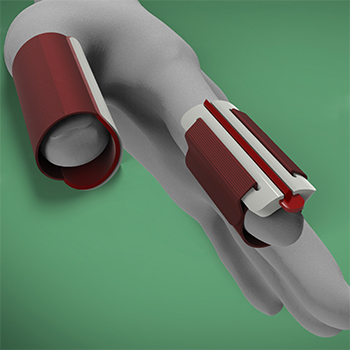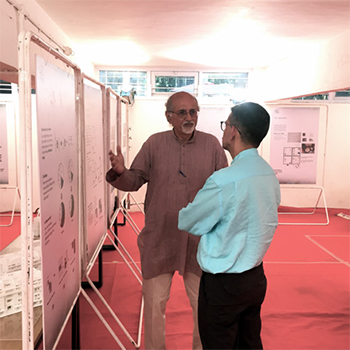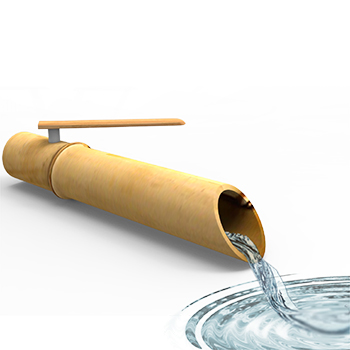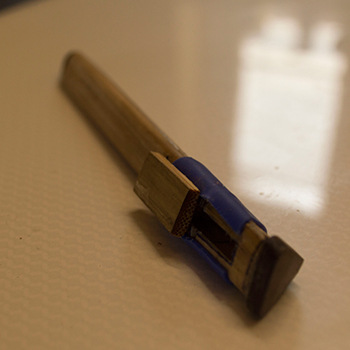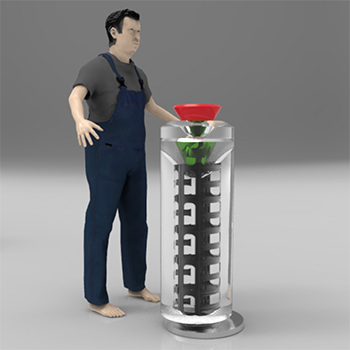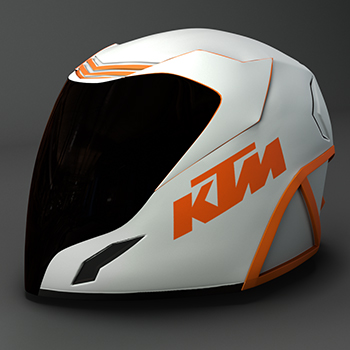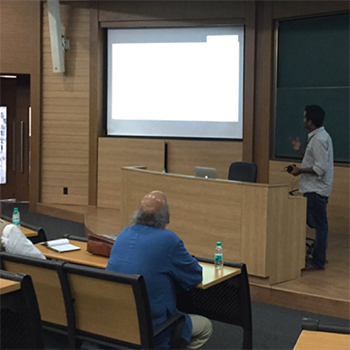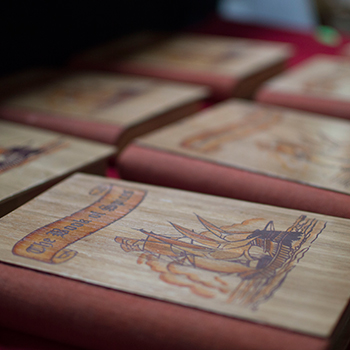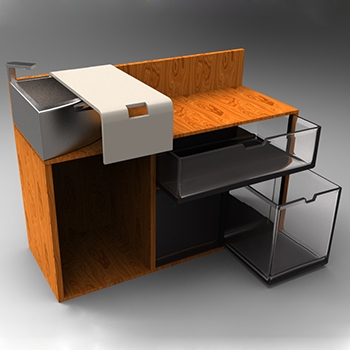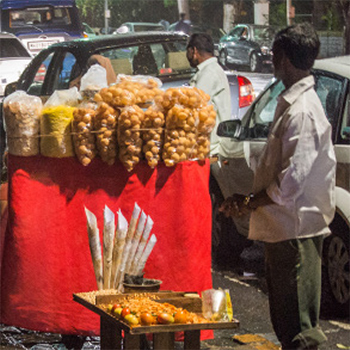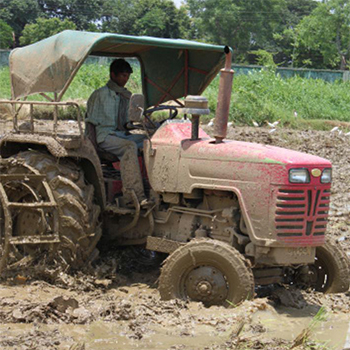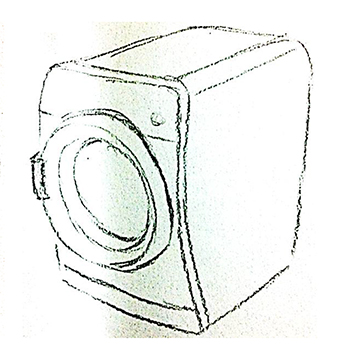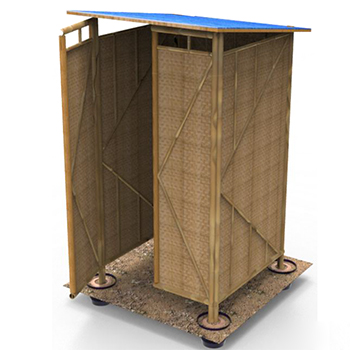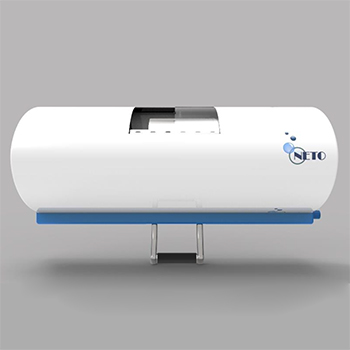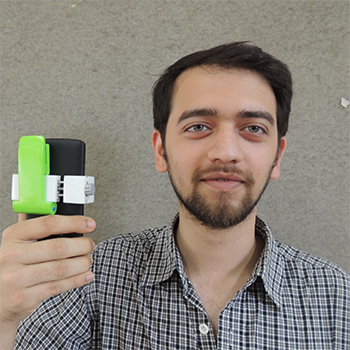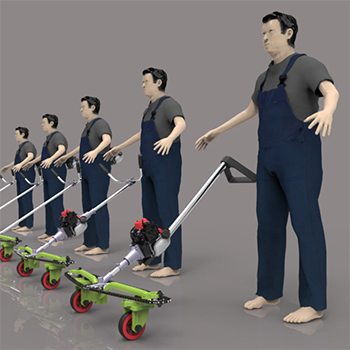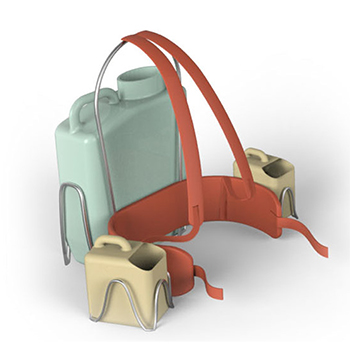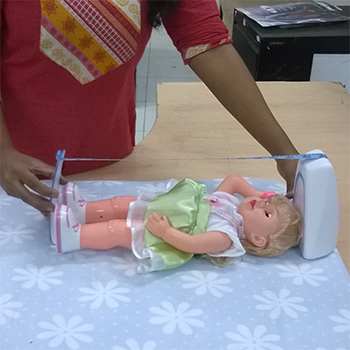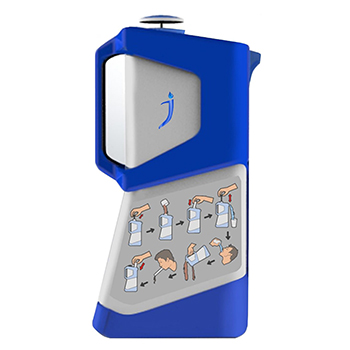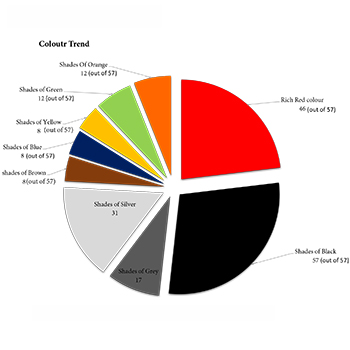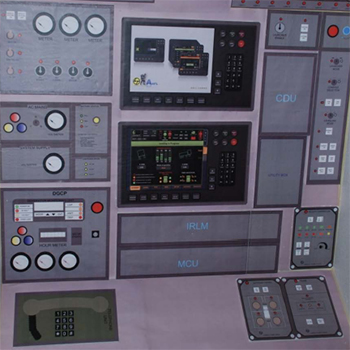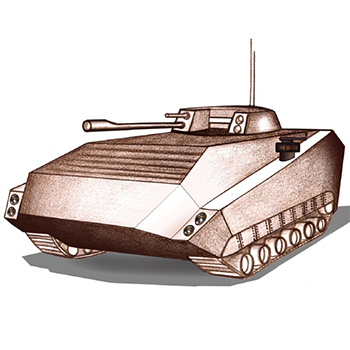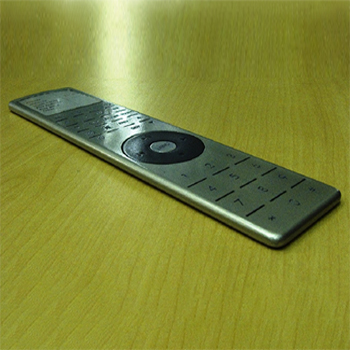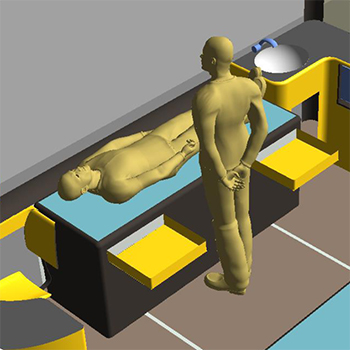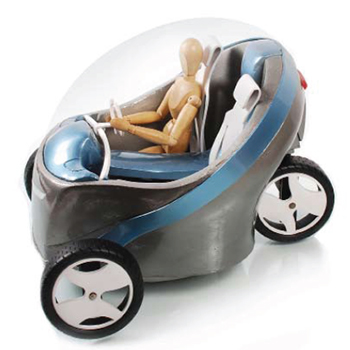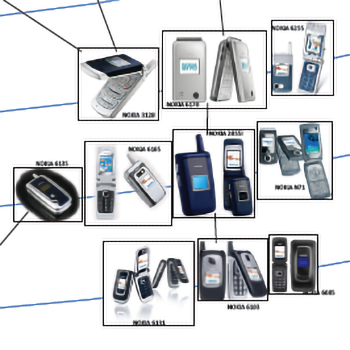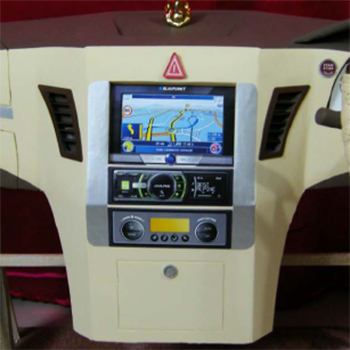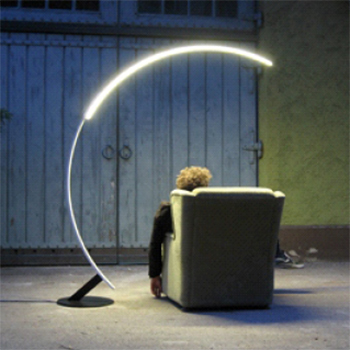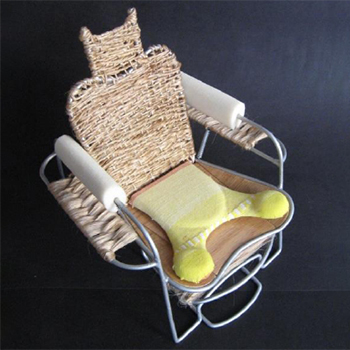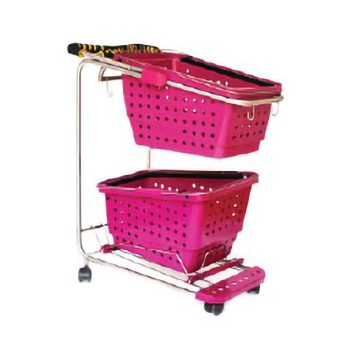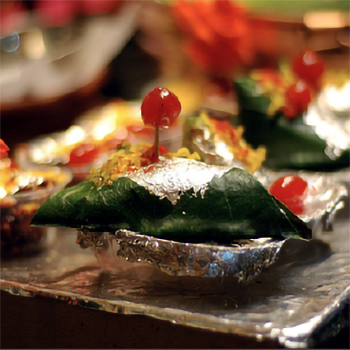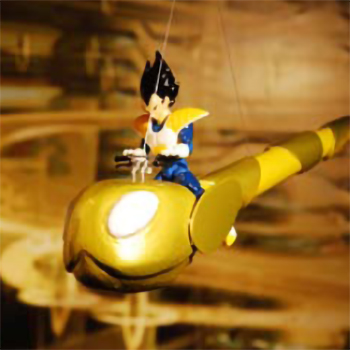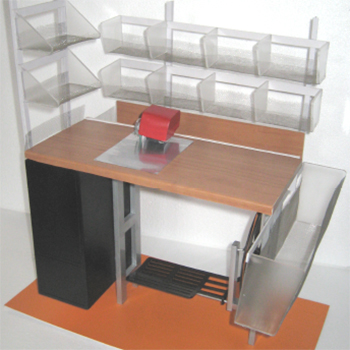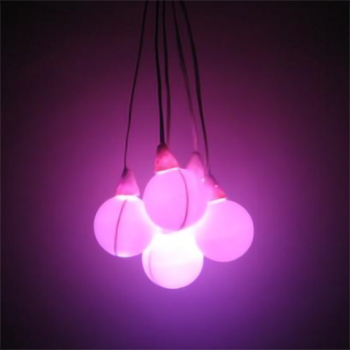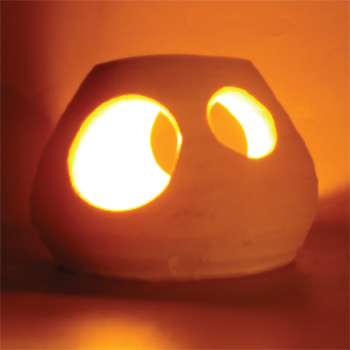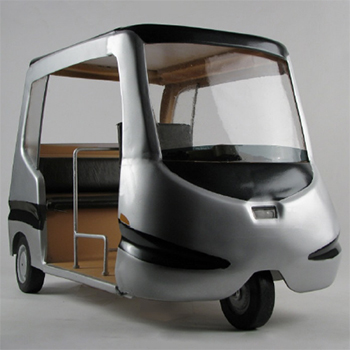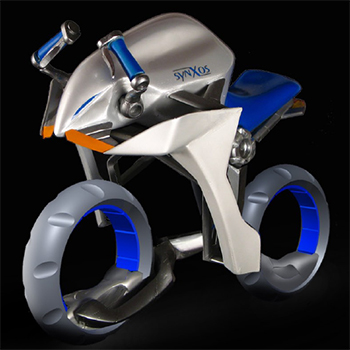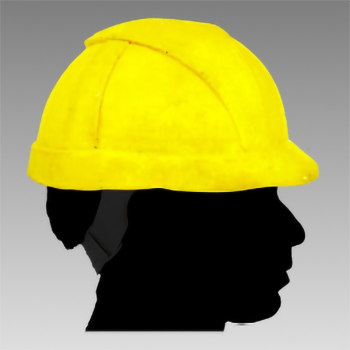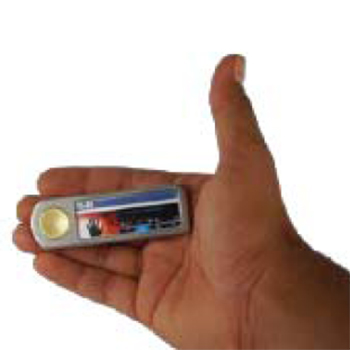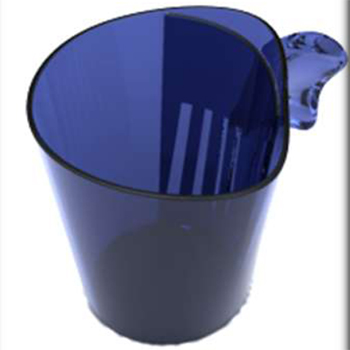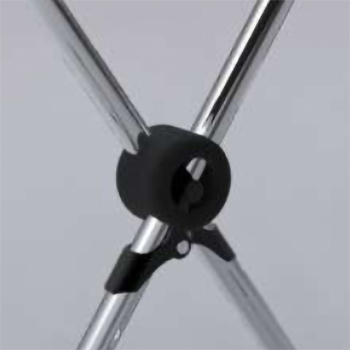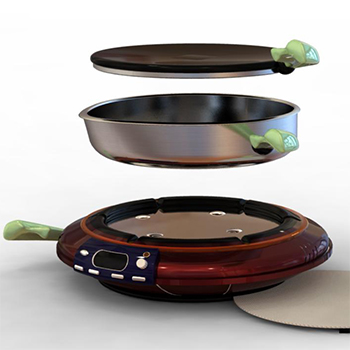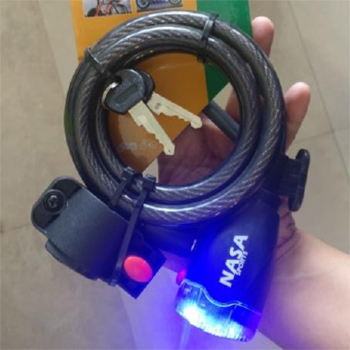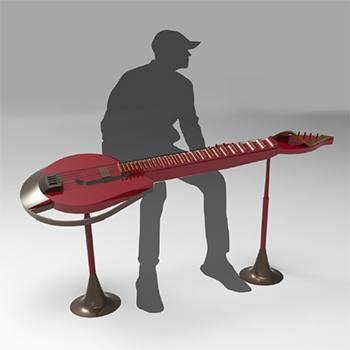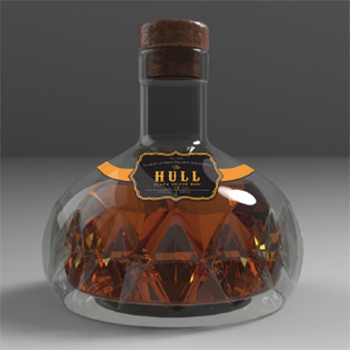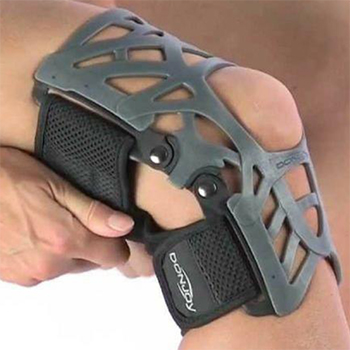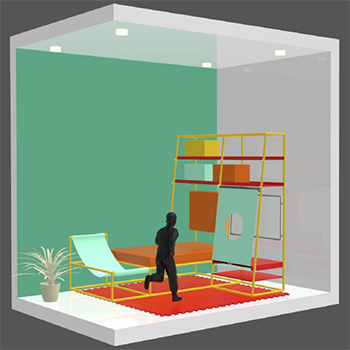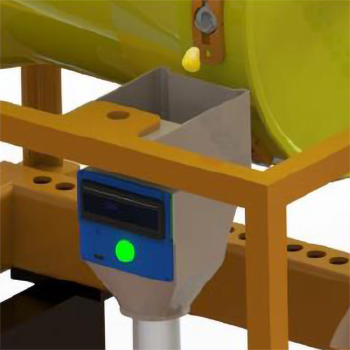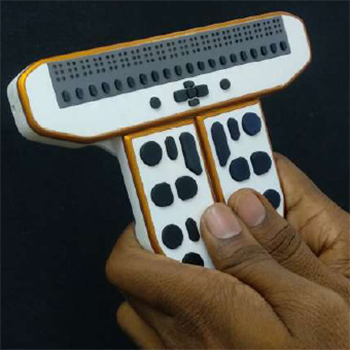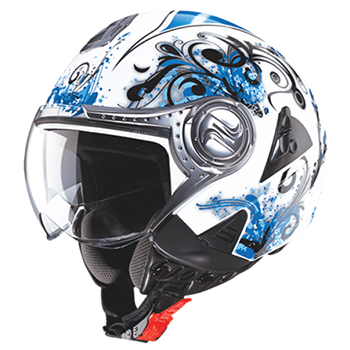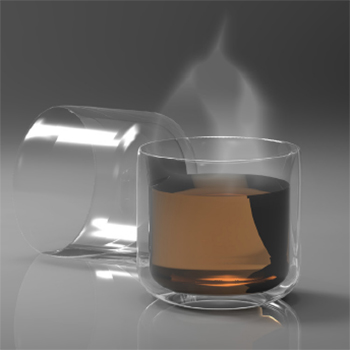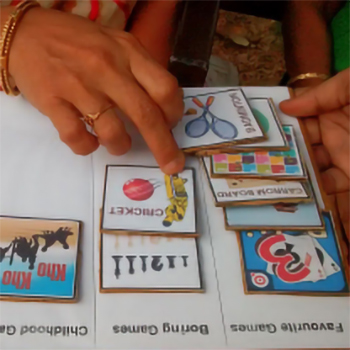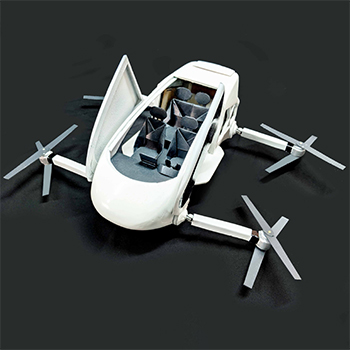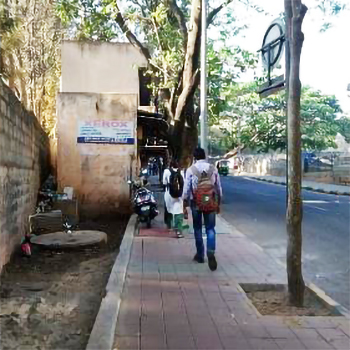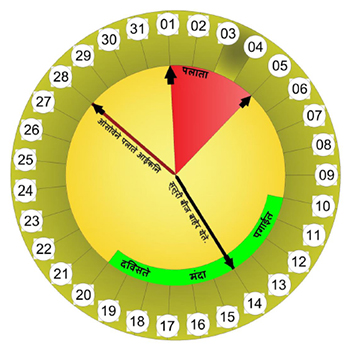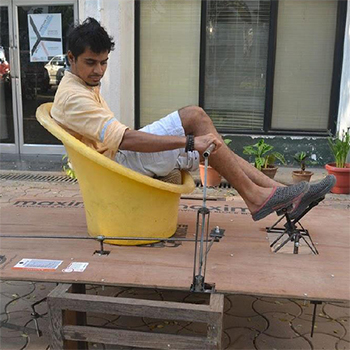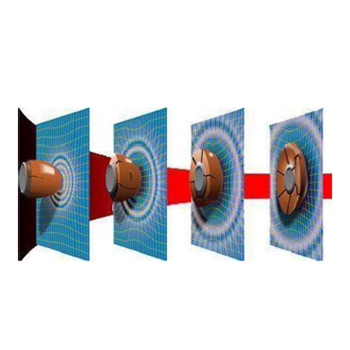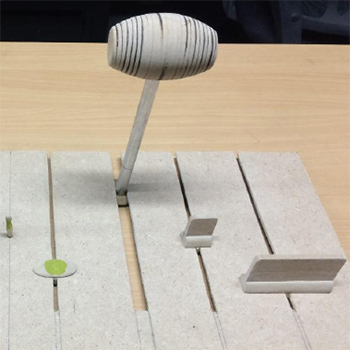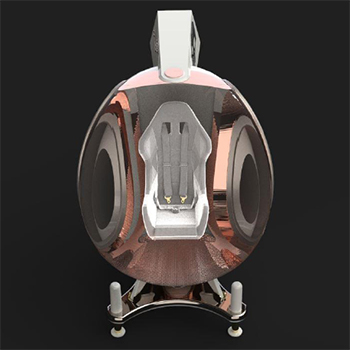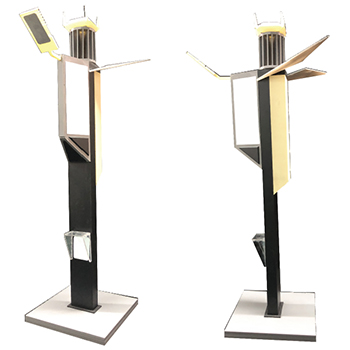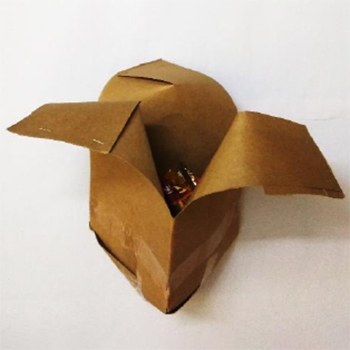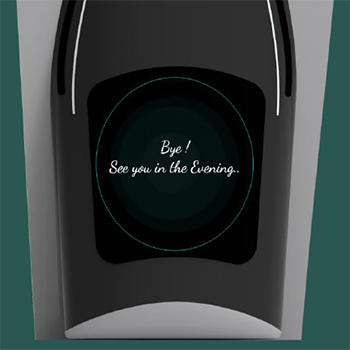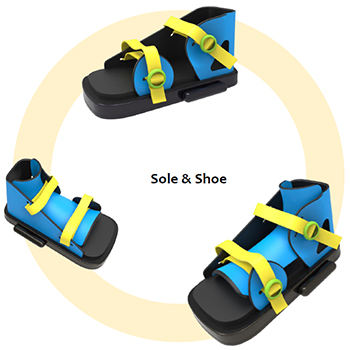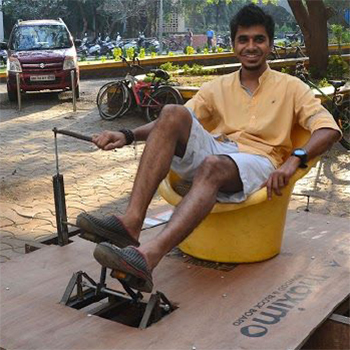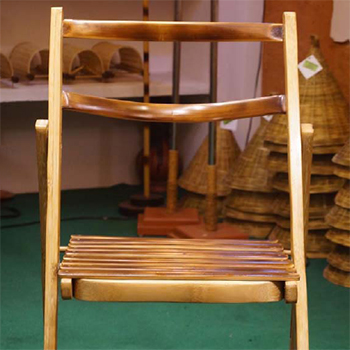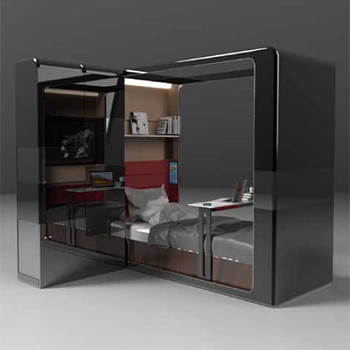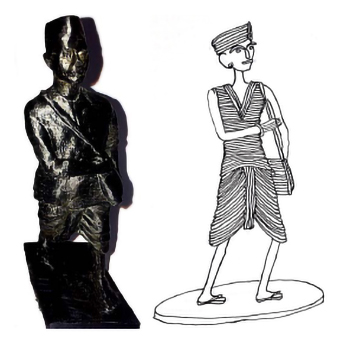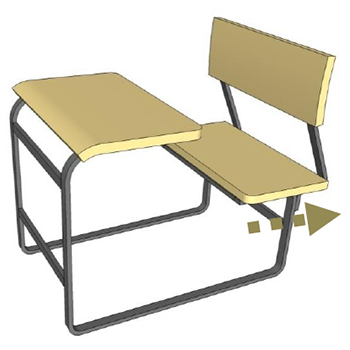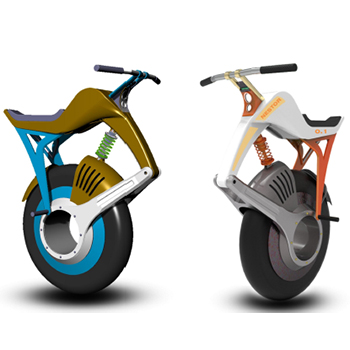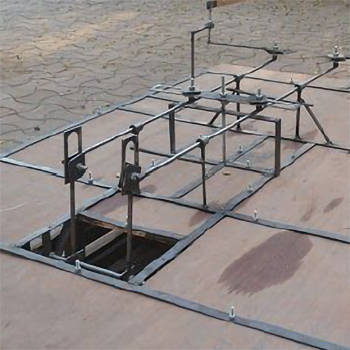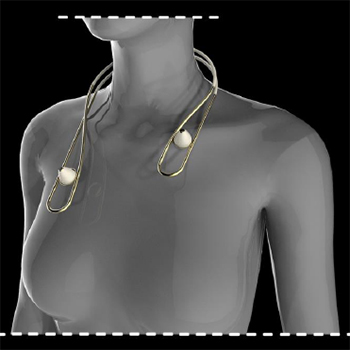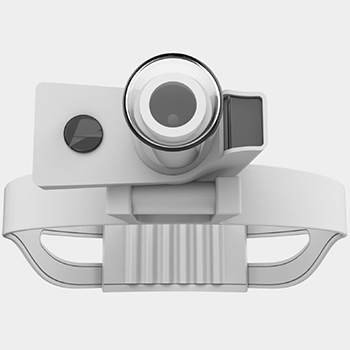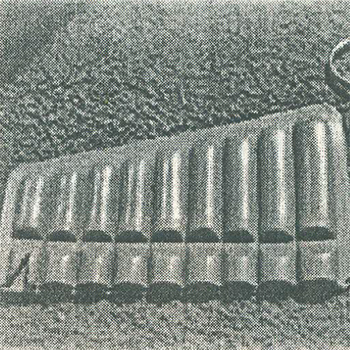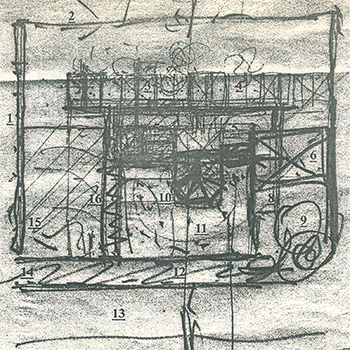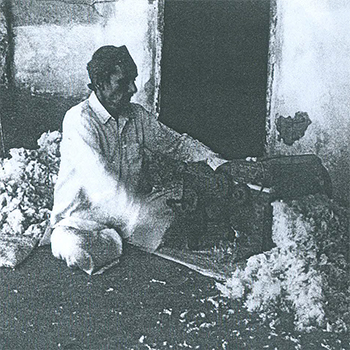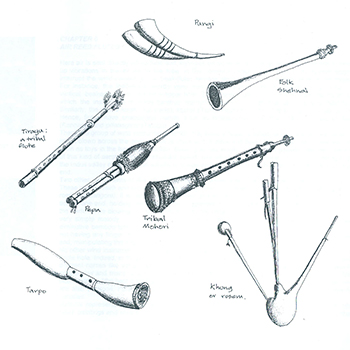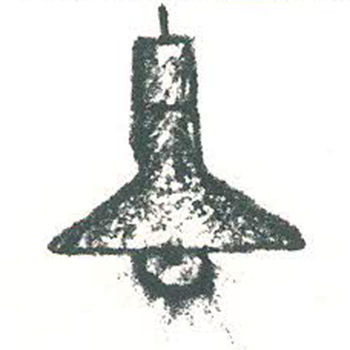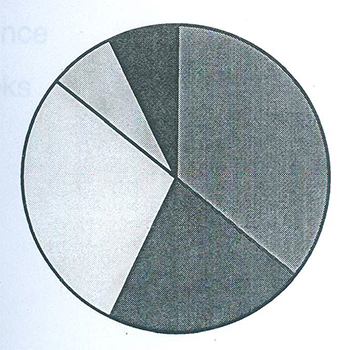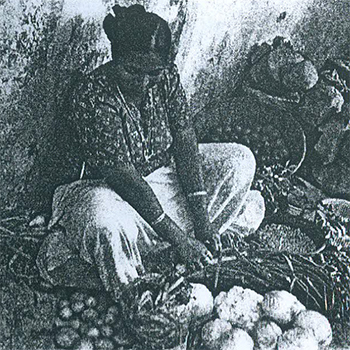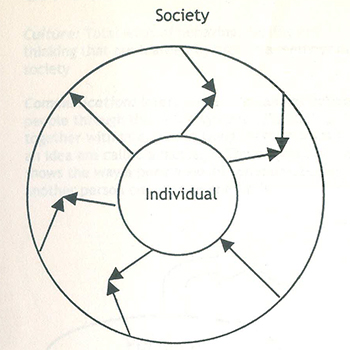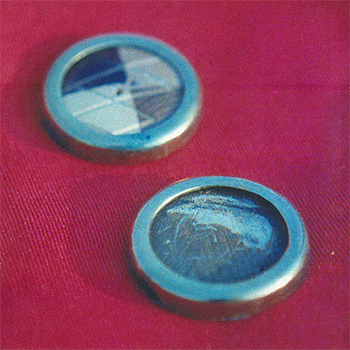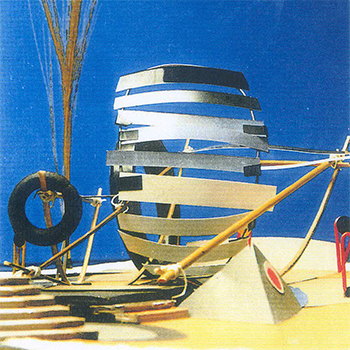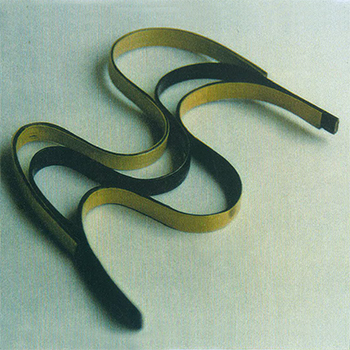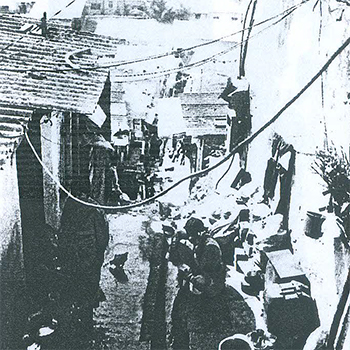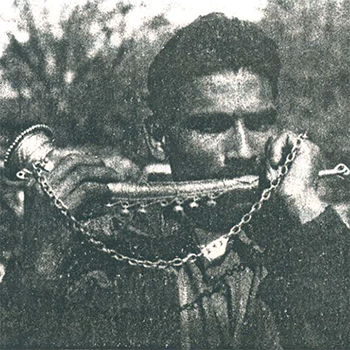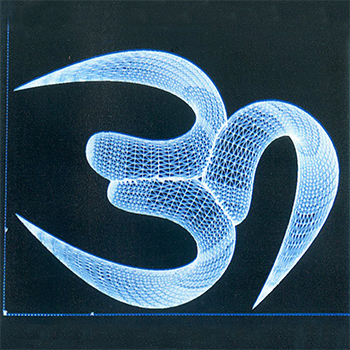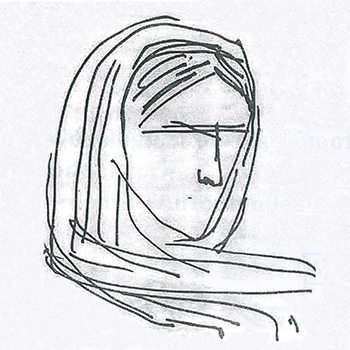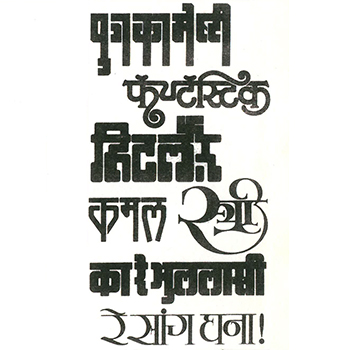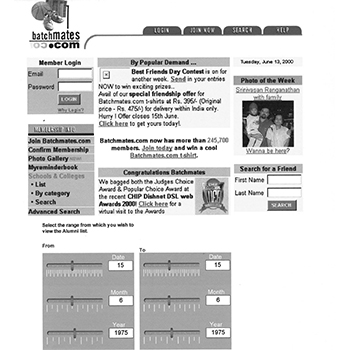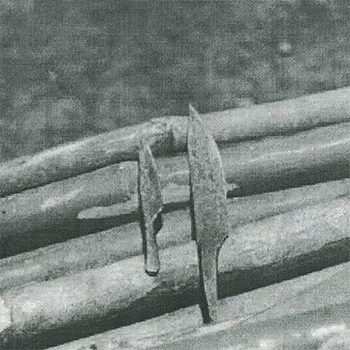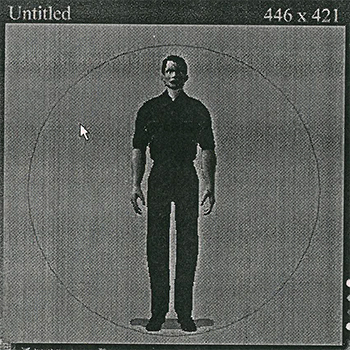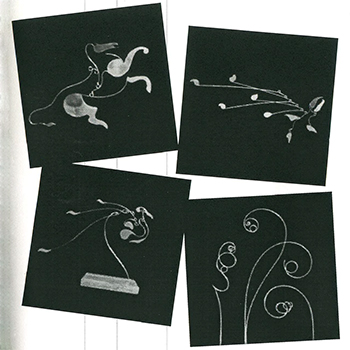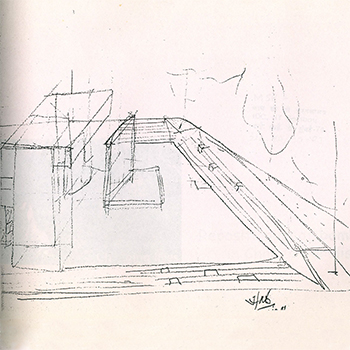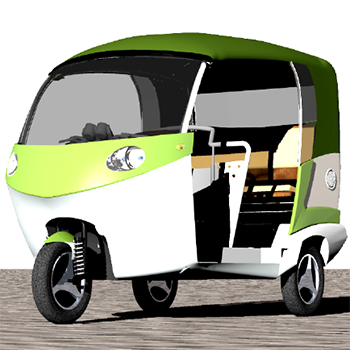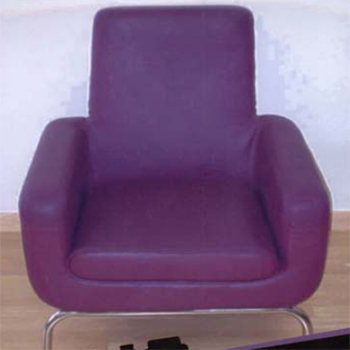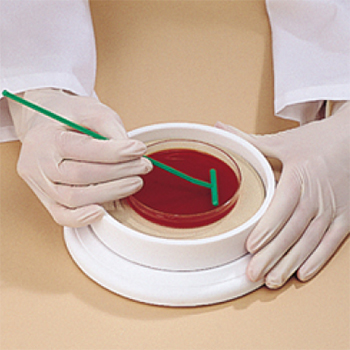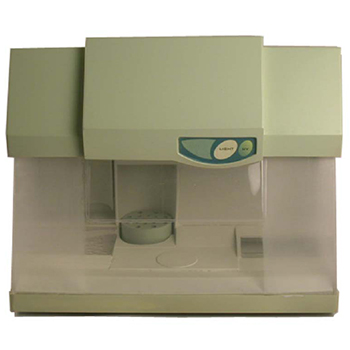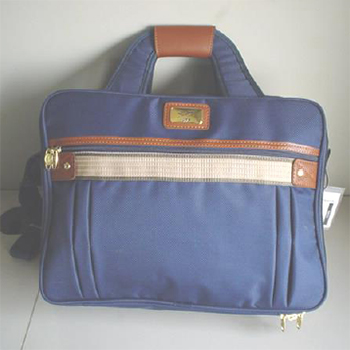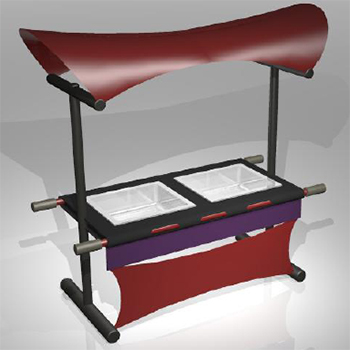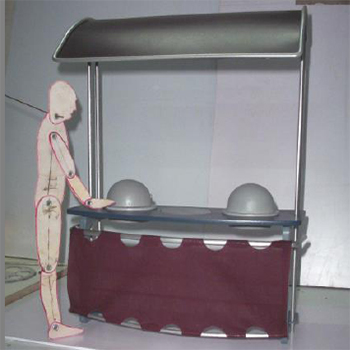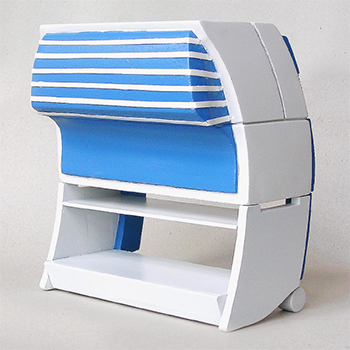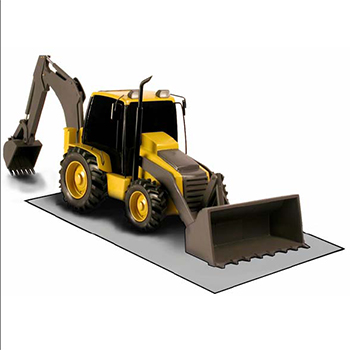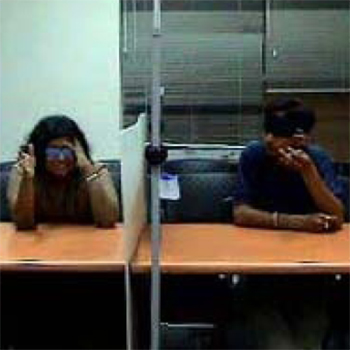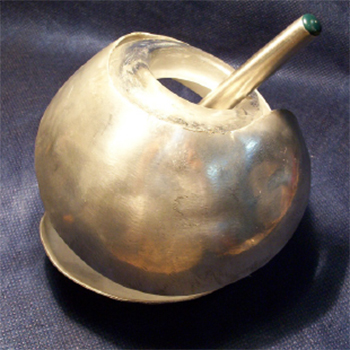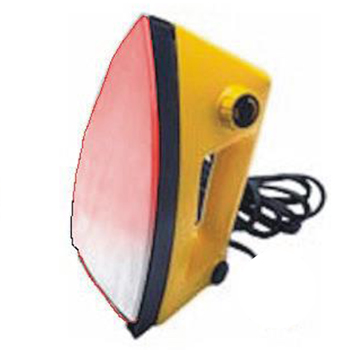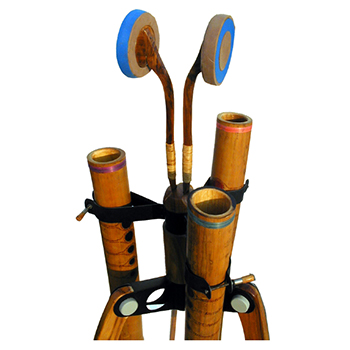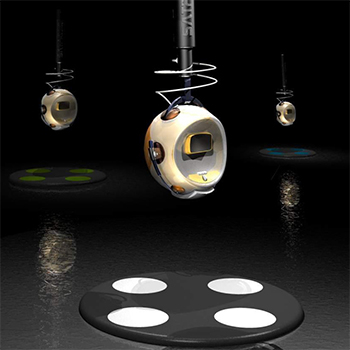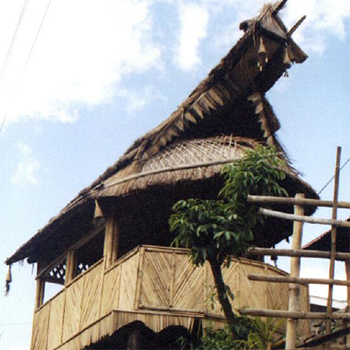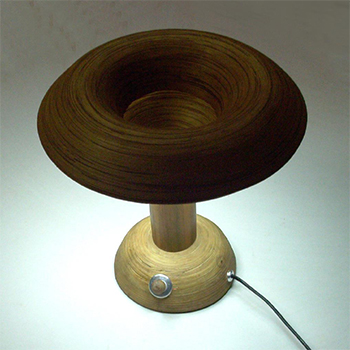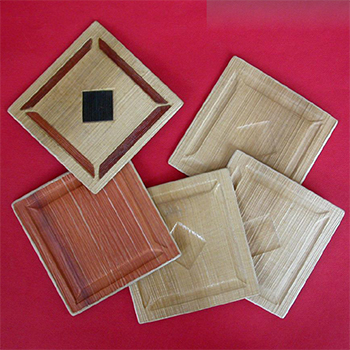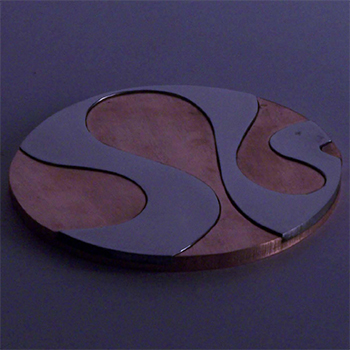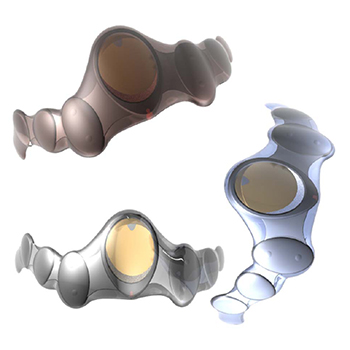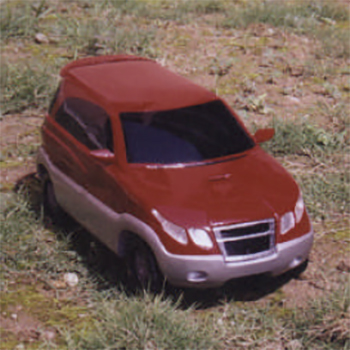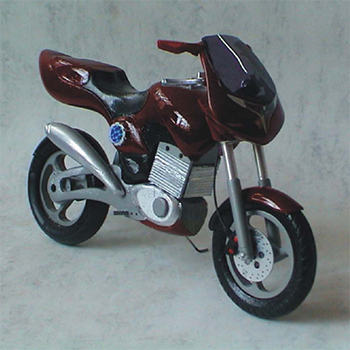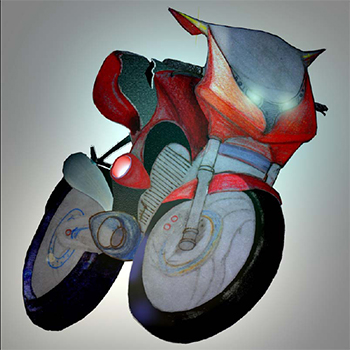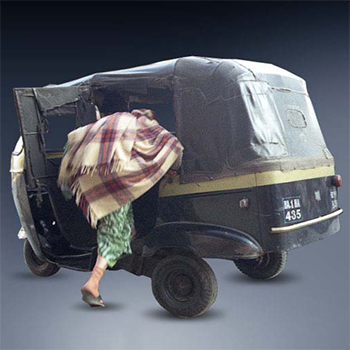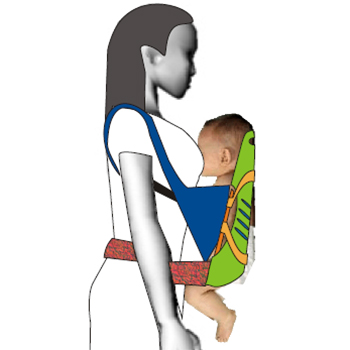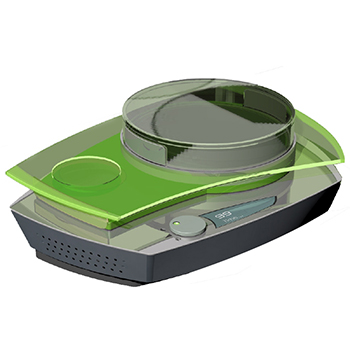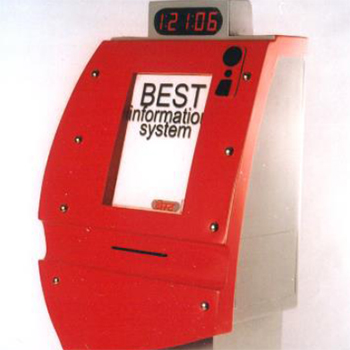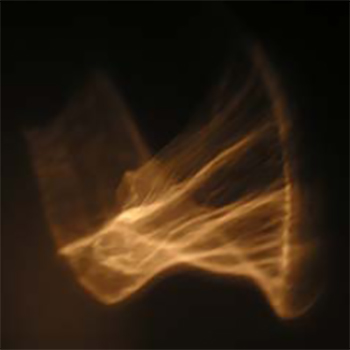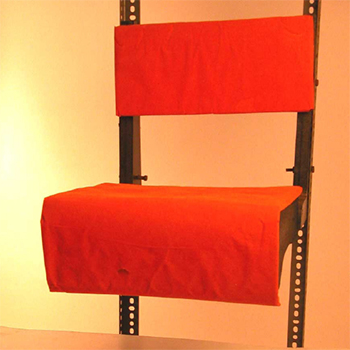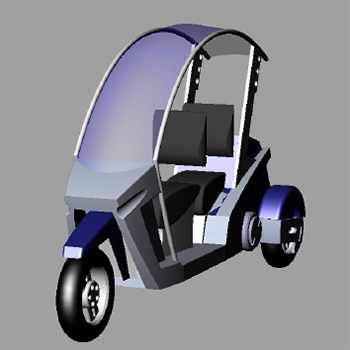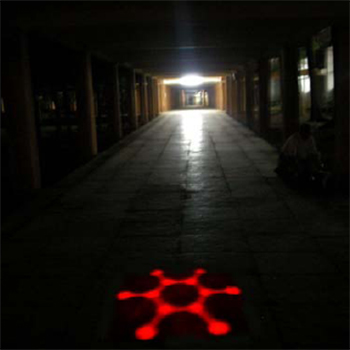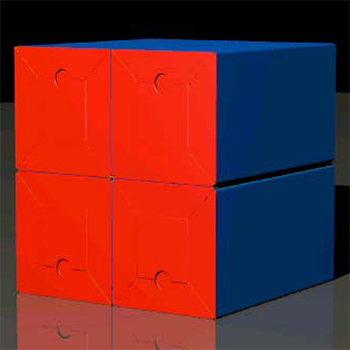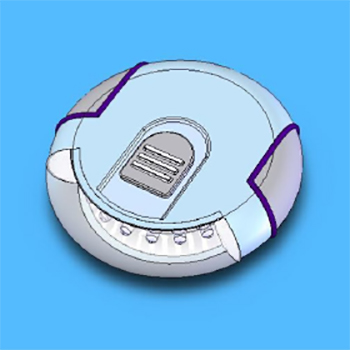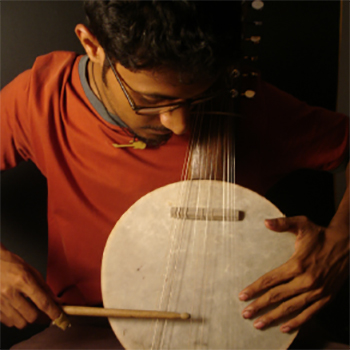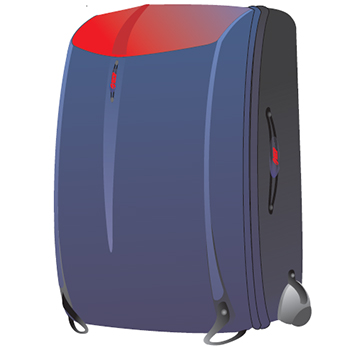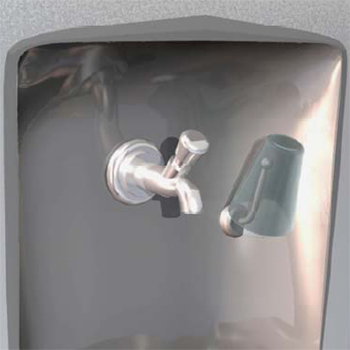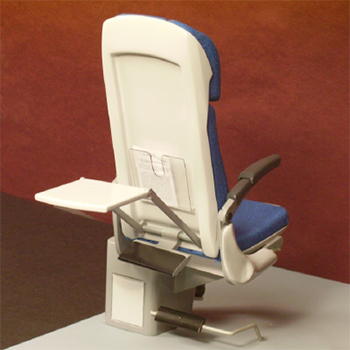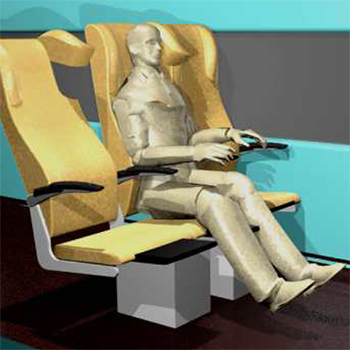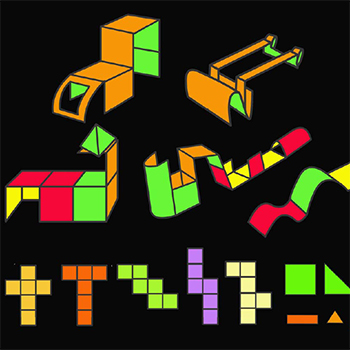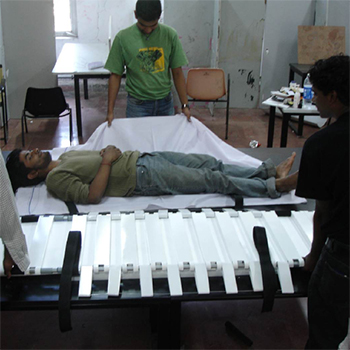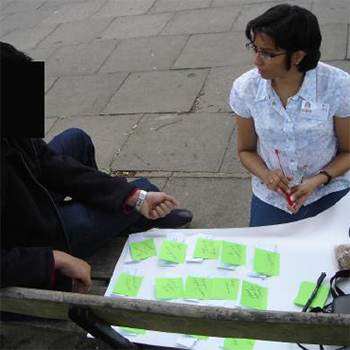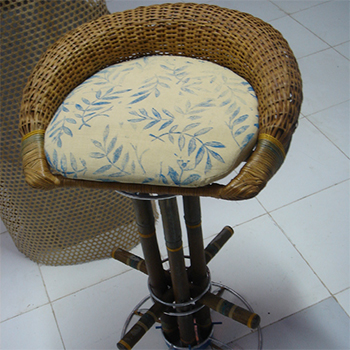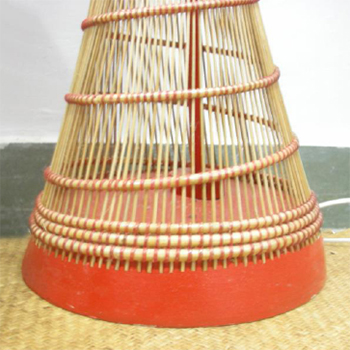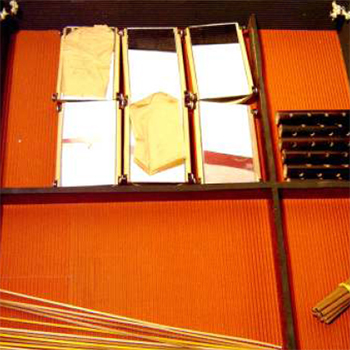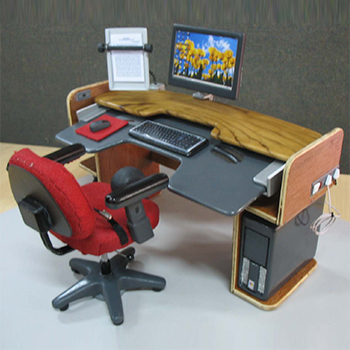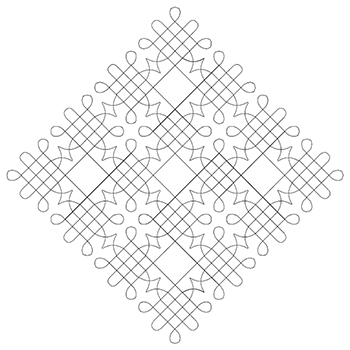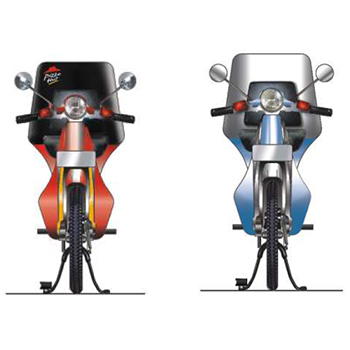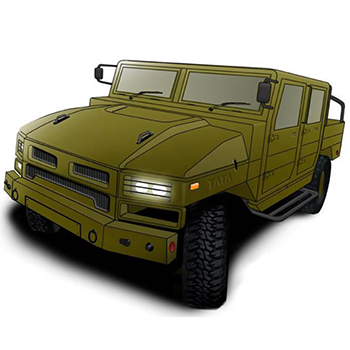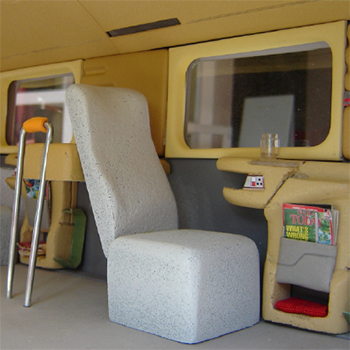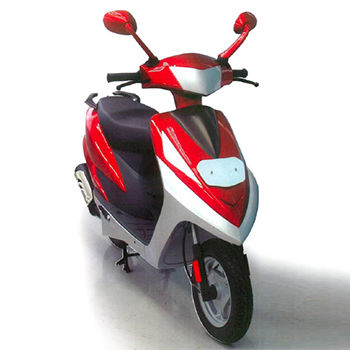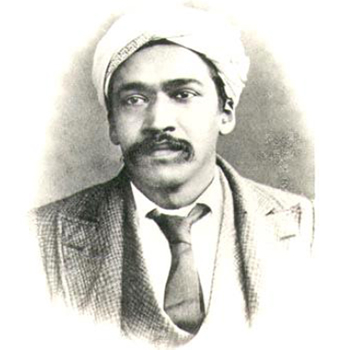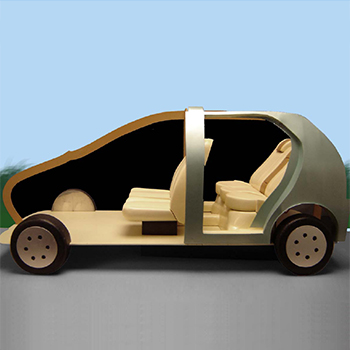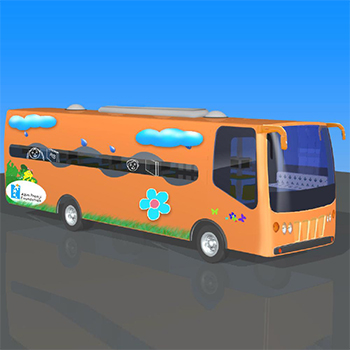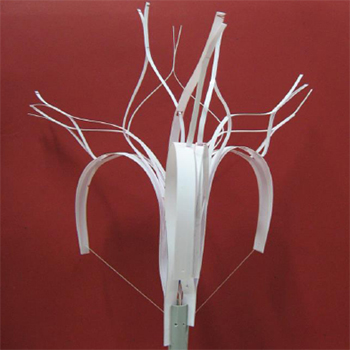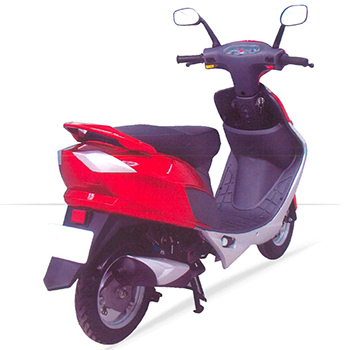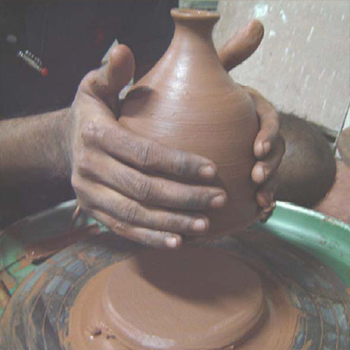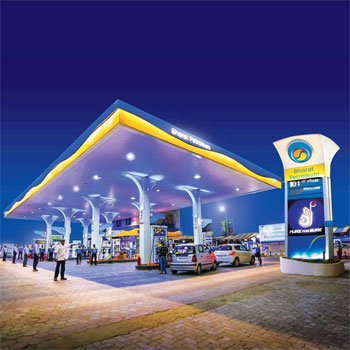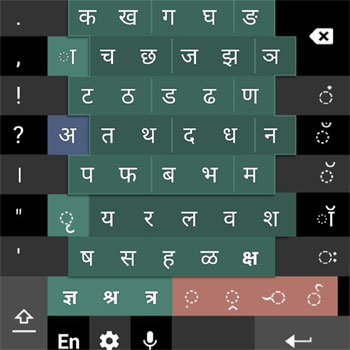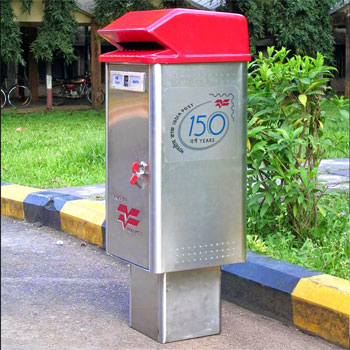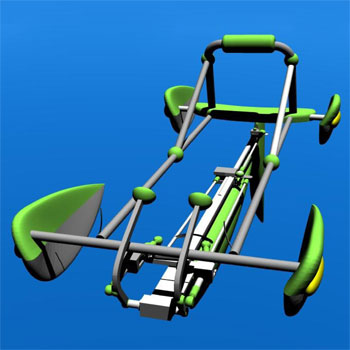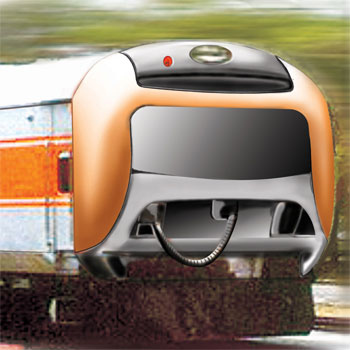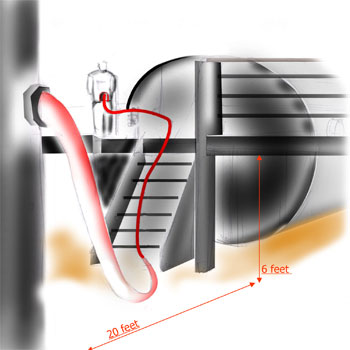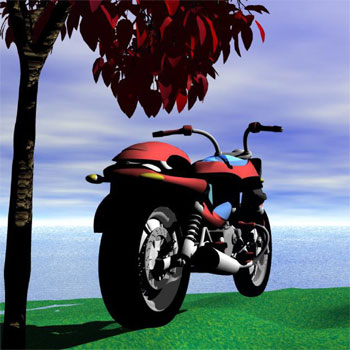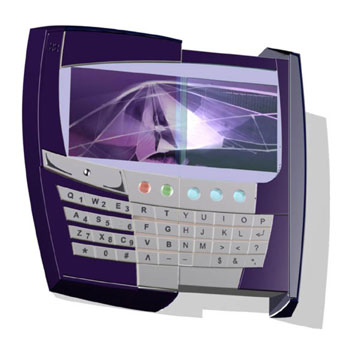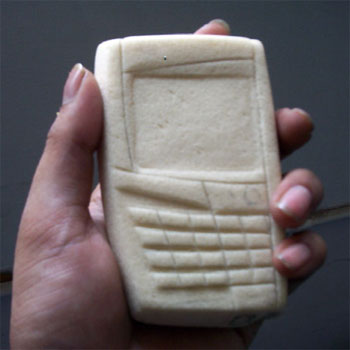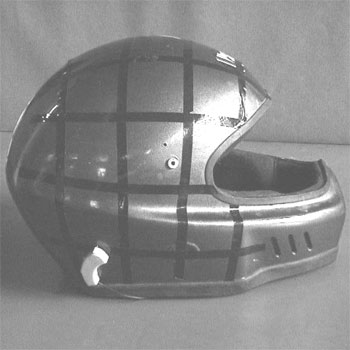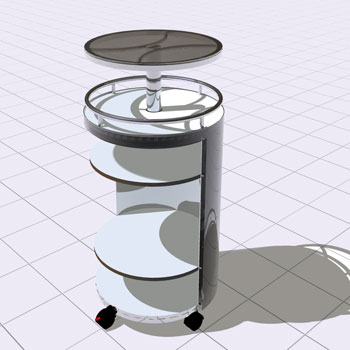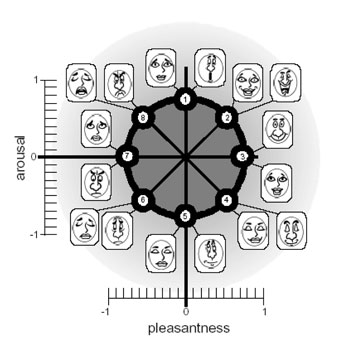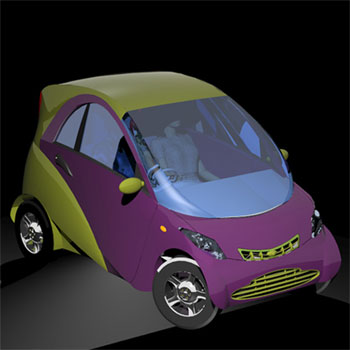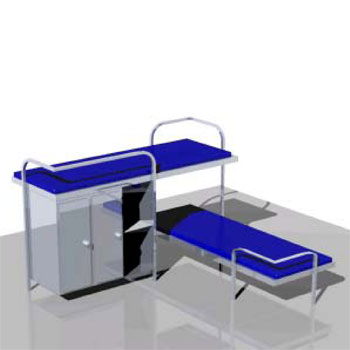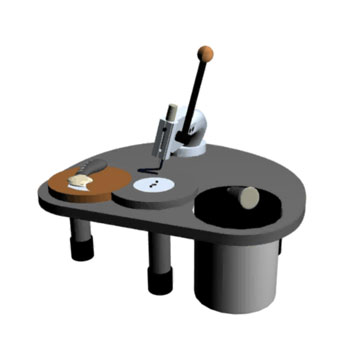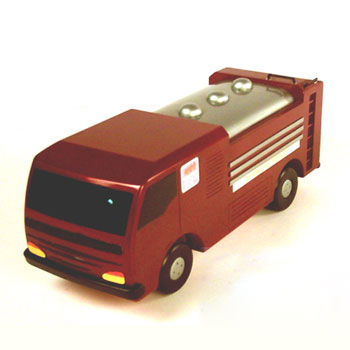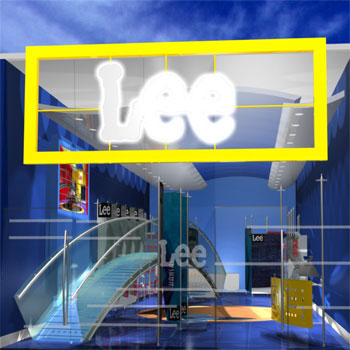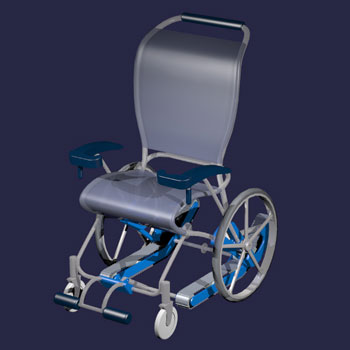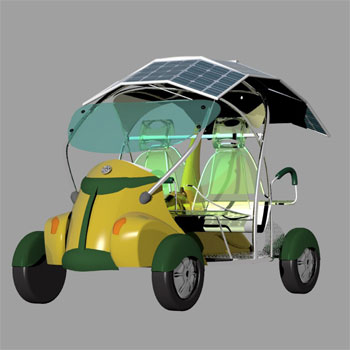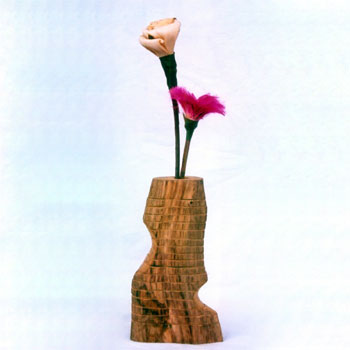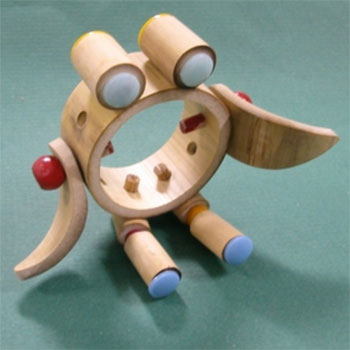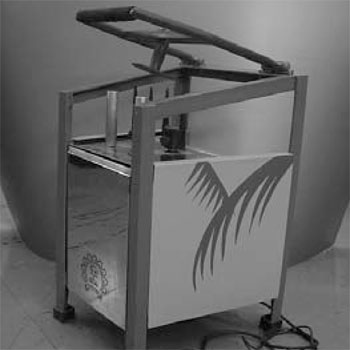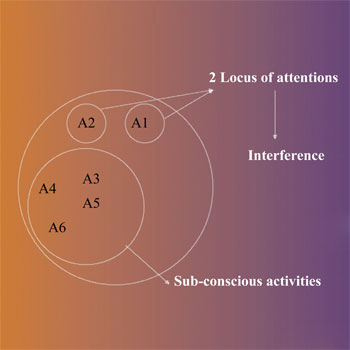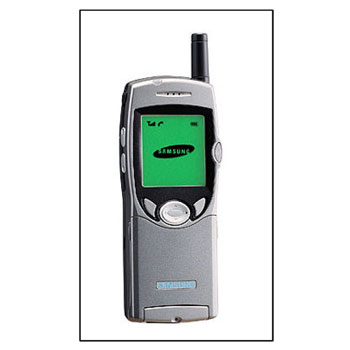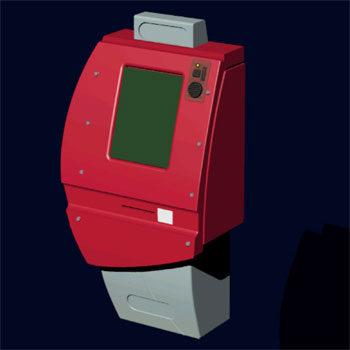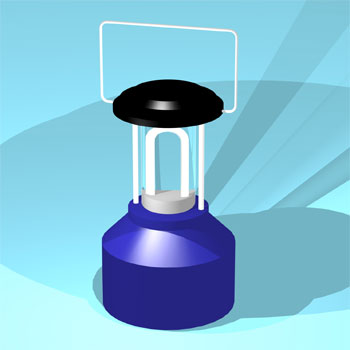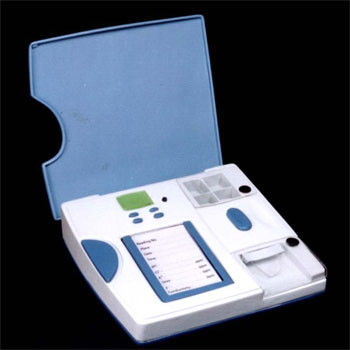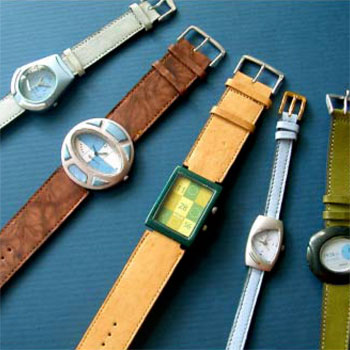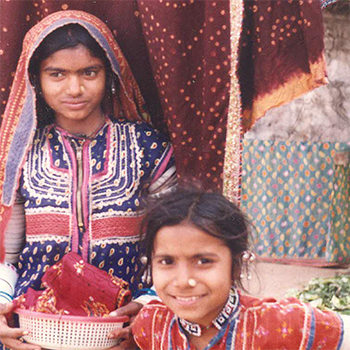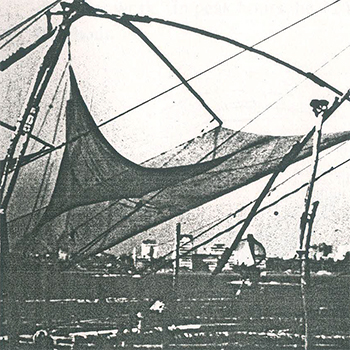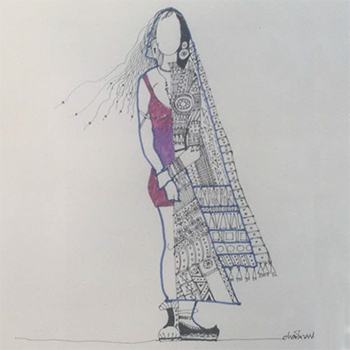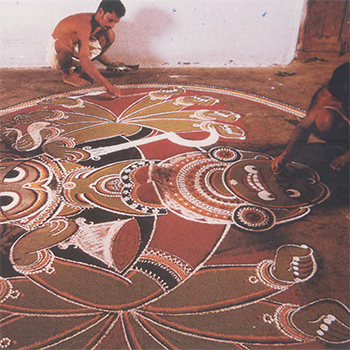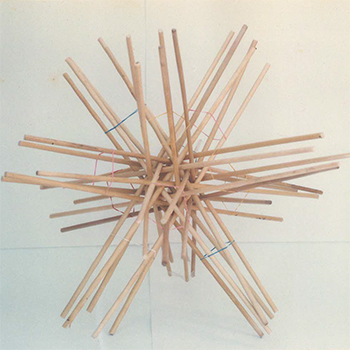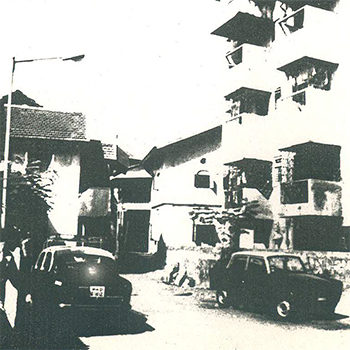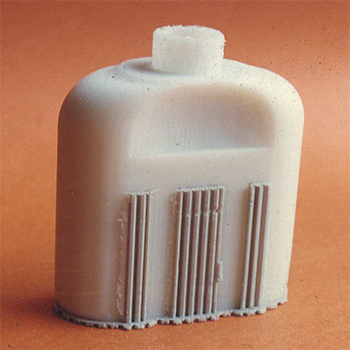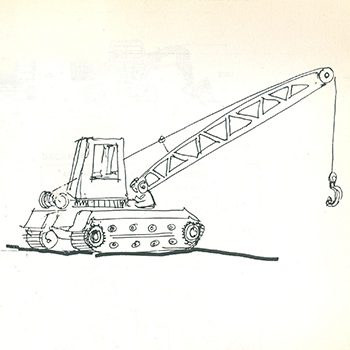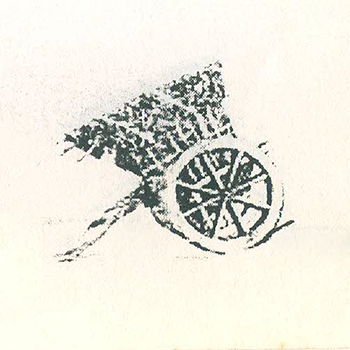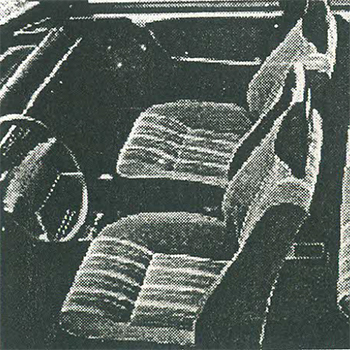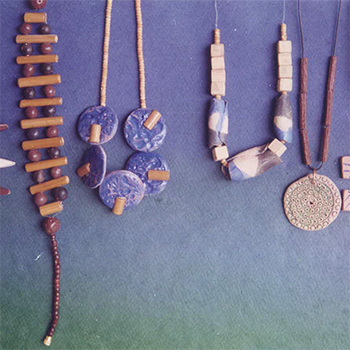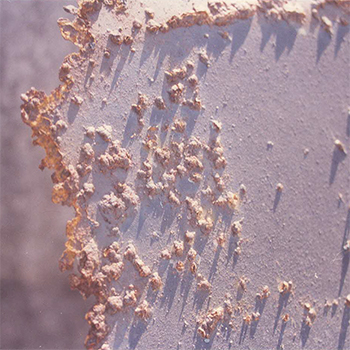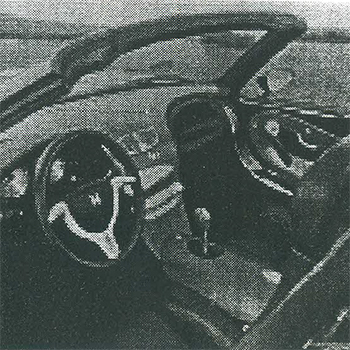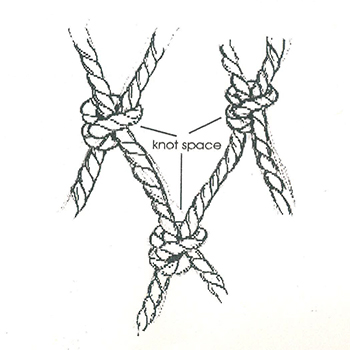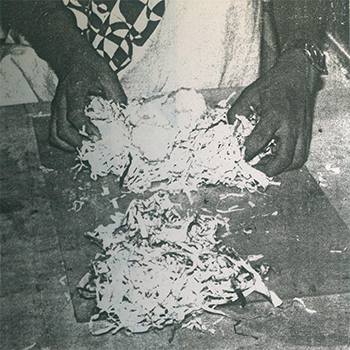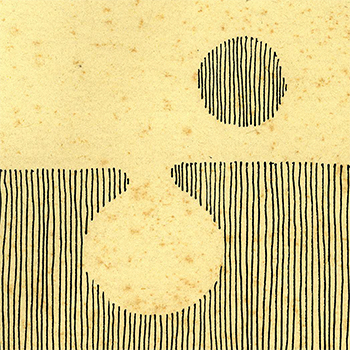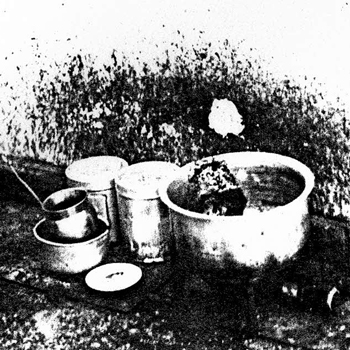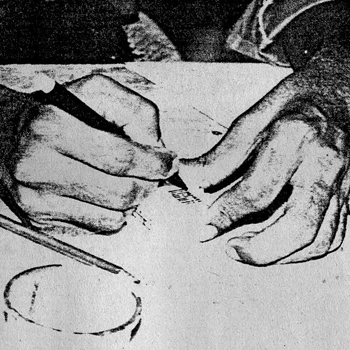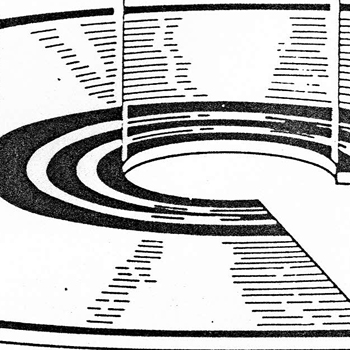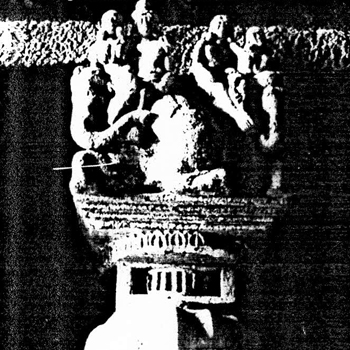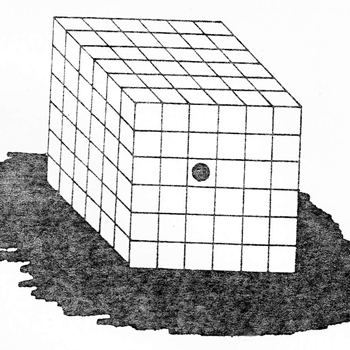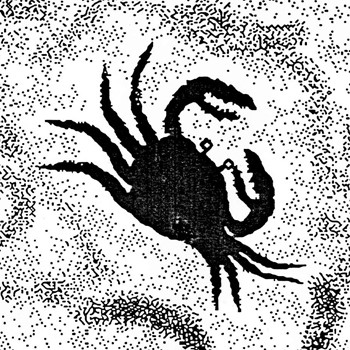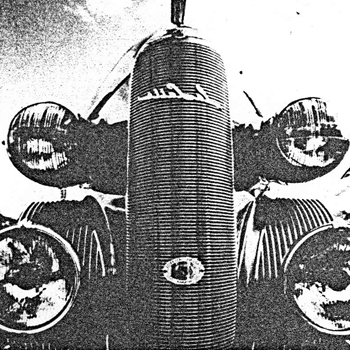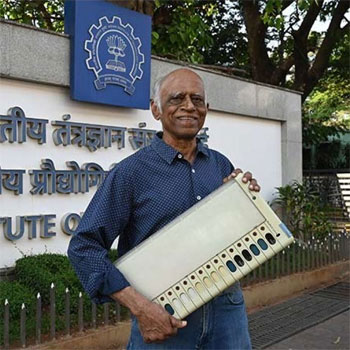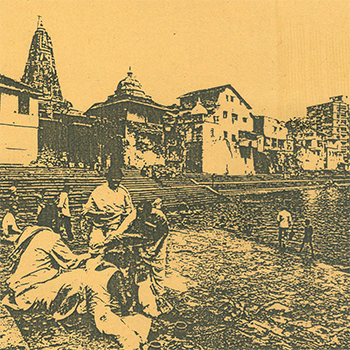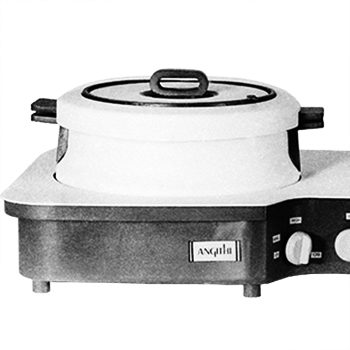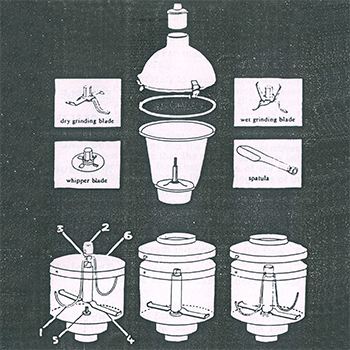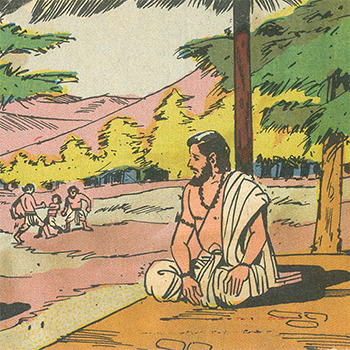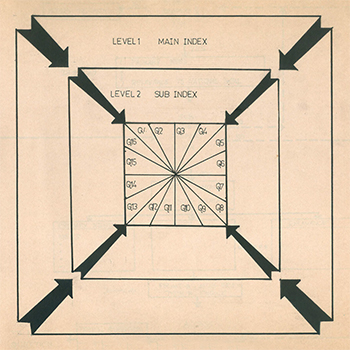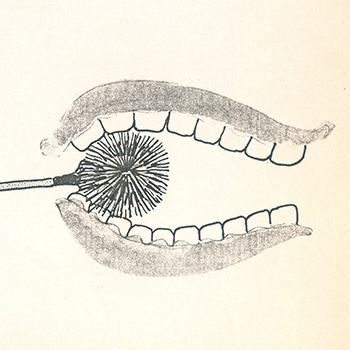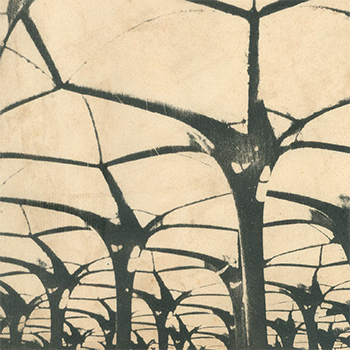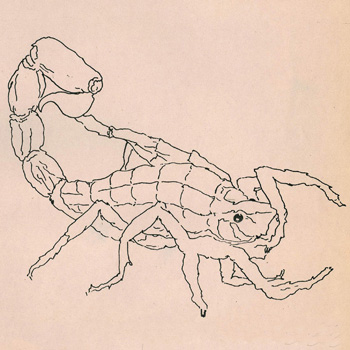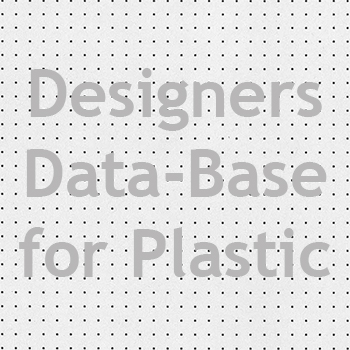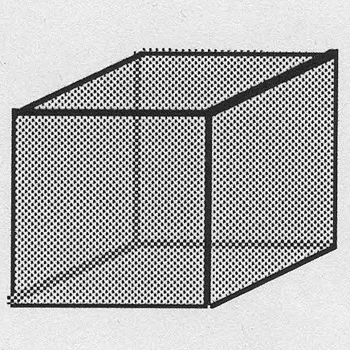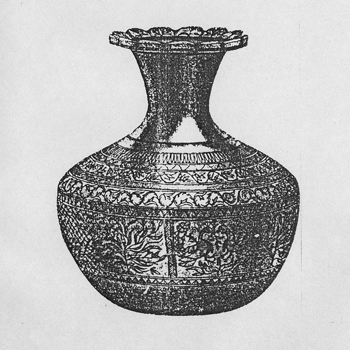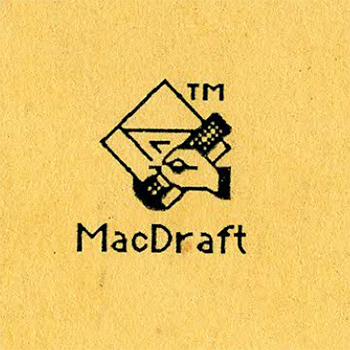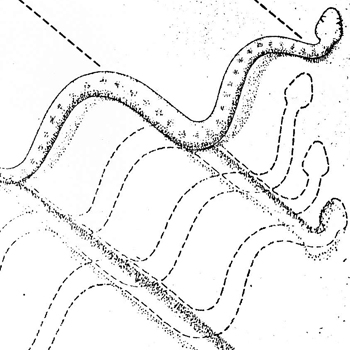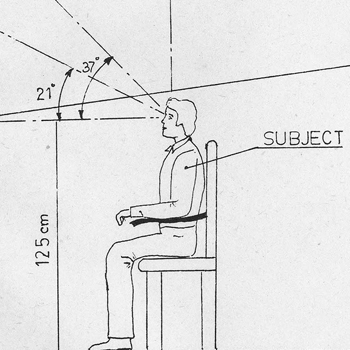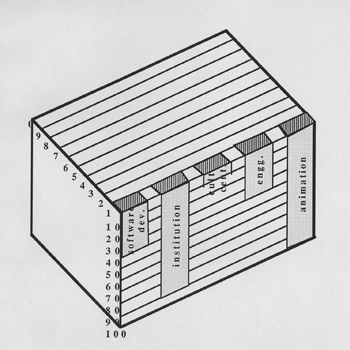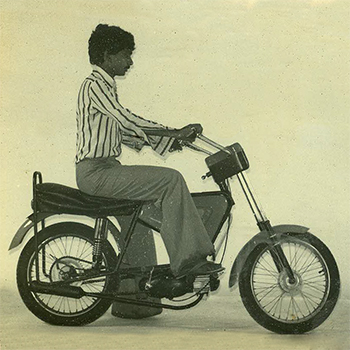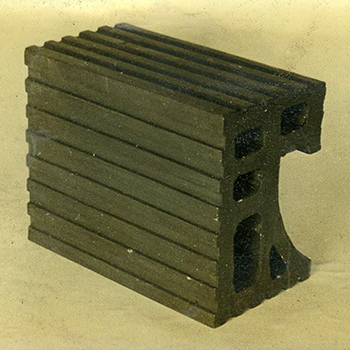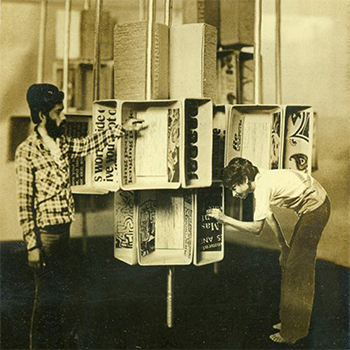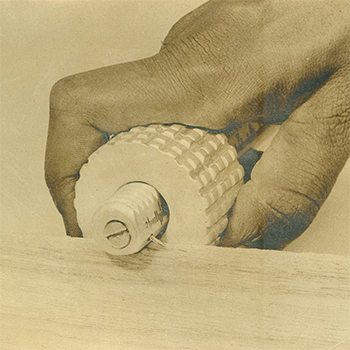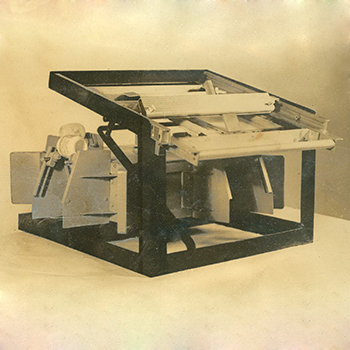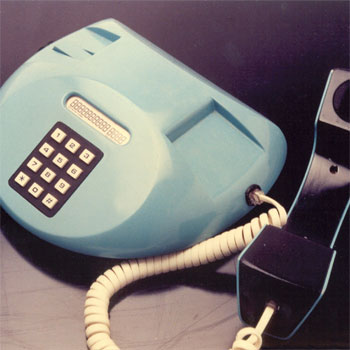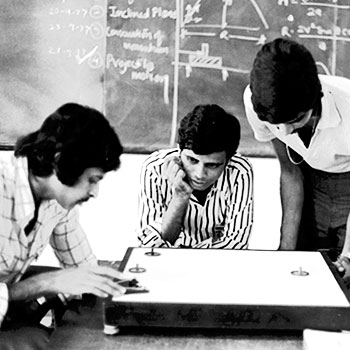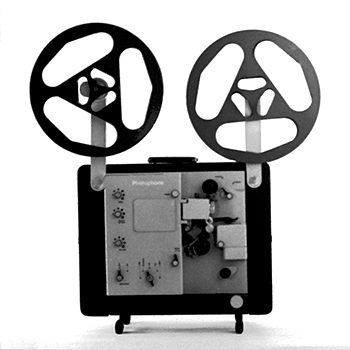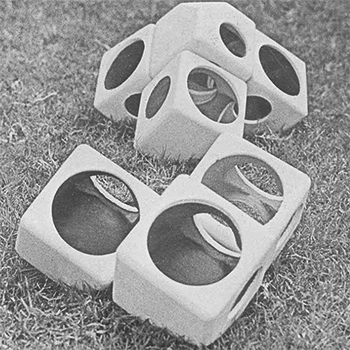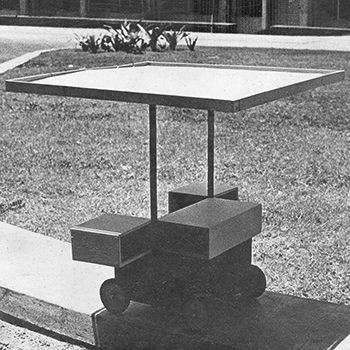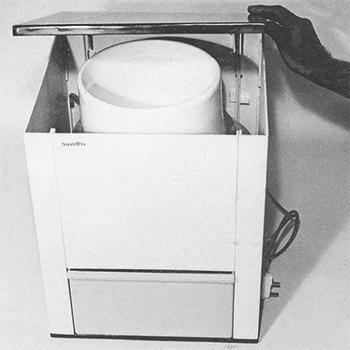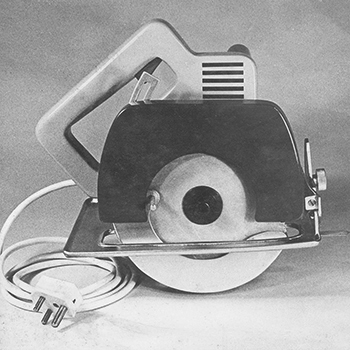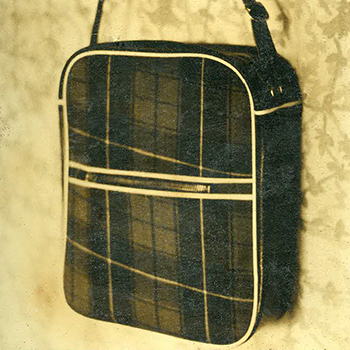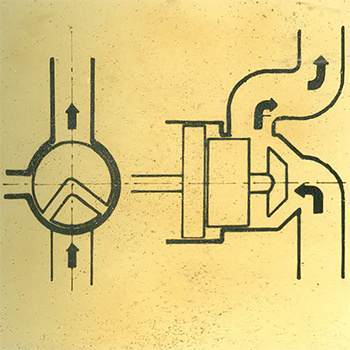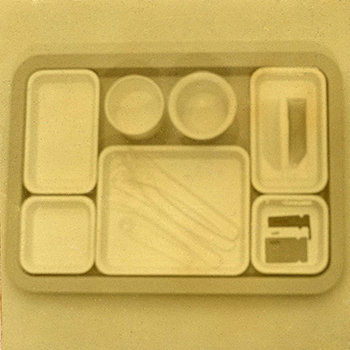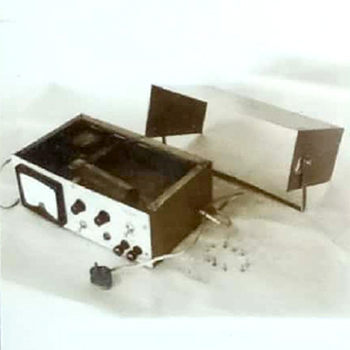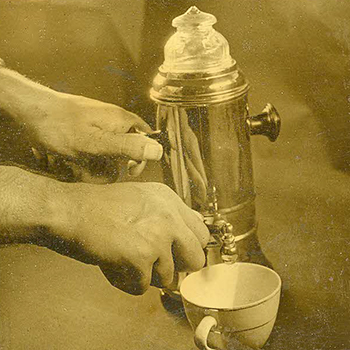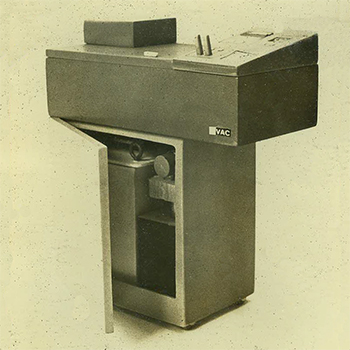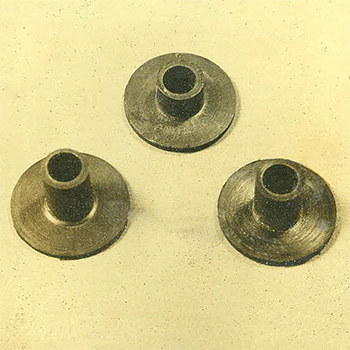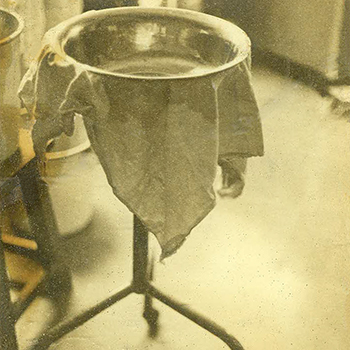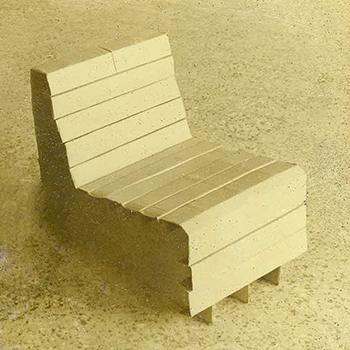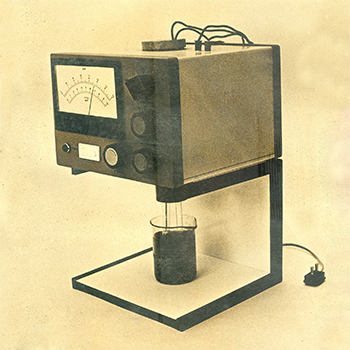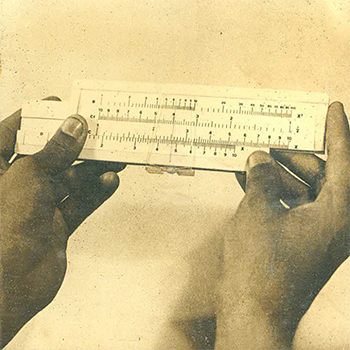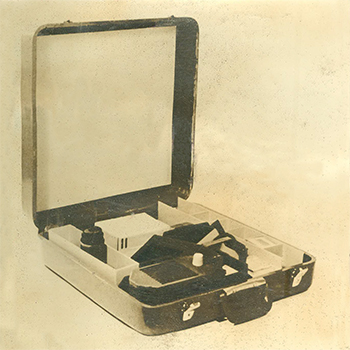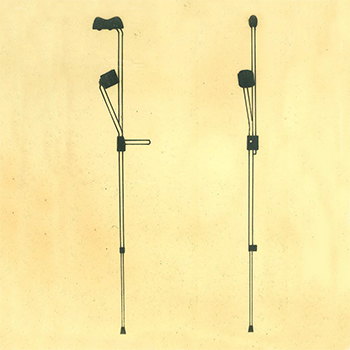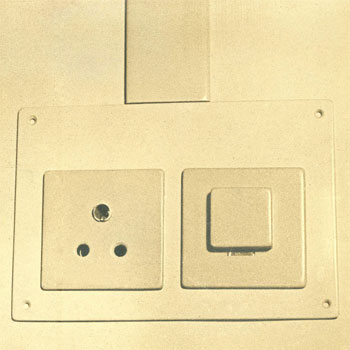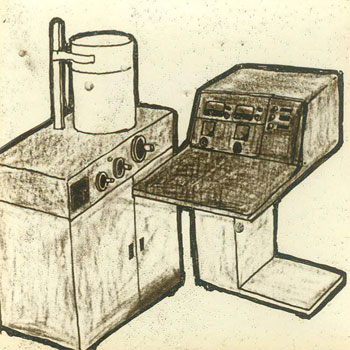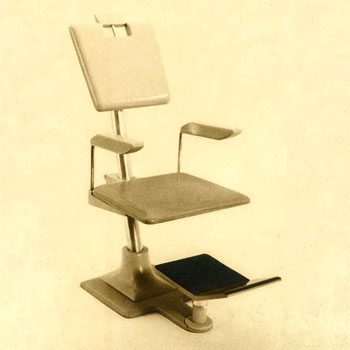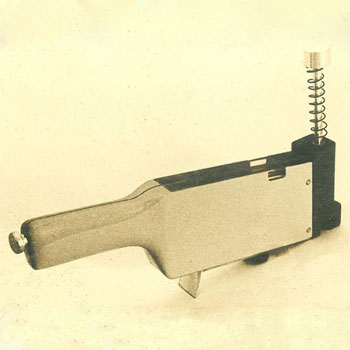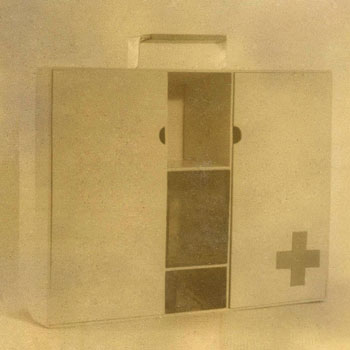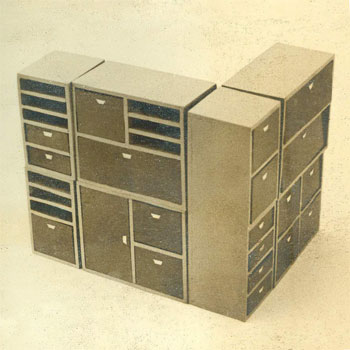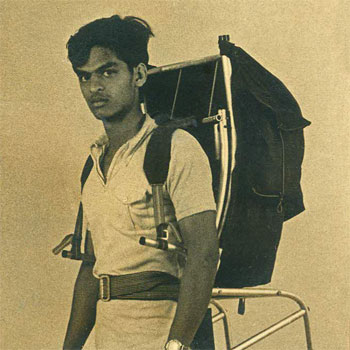Product Design
2019-onwards
(113 items)
2009-2018
(337 items)
1999-2008
(188 items)
1989-1998
(46 items)
1979-1988
(31 items)
1969-1978
(51 items)
Product Design
2019-onwards
(113 items)
by Rashi Gupta
by Prof. B. K. Chakravarthy
by Prof. Vijay Bapat
by Arjun Abhilash
by Arjun Abhilash
by Jake V. Abraham
by Kathir Eshvar
by Kathir Eshvar
by Kathir Eshvar
by Pratyush Negi
by Sarthak Kanchan
by Tarun Karthick
by Tarun Karthick
by Tarun Karthick
by Abhishek Chandra
by Abhishek Chandra
by Vishnu Priyan
by Prof. Kriti Trivedi, Prof. Raja Mohanty, Prof. B. K. Chakravarthy & Prof. Shilpa Ranade
by Prof. B. K. Chakravarthy
by Prof. Mazhar Kamran
by Prof. Nishant Sharma
by Prof. Raja Mohanty
by Prof. Anirudha Joshi
by Prof. Kanika Jolly
by Prof. Kanika Jolly
by Prof. Kanika Jolly
by Prof. Raja Moahnty
by Aamod Narkar
by Aamod Narkar
by Amit Kumar
by Amit Kumar
by Aryan Gajwe
by Aryan Gajwe
by Ashuj Chawda
by Ashuj Chawda
by Athira E
by Athira E
by Athira E
by Infant Bibin I
by Infant Bibin I
by Infant Bibin I
by Malhar V Pilvalkar
by Malhar V Pilvalkar
by Malhar V Pilvalkar
by Mohammed Hazique Kola
by Mohammed Hazique Kola
by Mohammed Hazique Kola
by Mugdha Dengle
by Mugdha Dengle
by Mugdha Dengle
by Naiga Catherine
by Naiga Catherine
by Naiga Catherine
by Parth Rathod
by Parth Rathod
by Pranay Gurumukhi
by Pranay Gurumukhi
by Pranay Gurumukhi
by Prathmesh Pedamkar
by Prathmesh Pedamkar
by Sagar D Dabherao
by Sagar D Dabherao
by Shankara Vigneshwaran V
by Shankara Vigneshwaran V
by Shivani Mule
by Shivani Mule
by Snehal Gaikwad
by Snehal Gaikwad
by Snehdeep Singh Pabla
by Snehdeep Singh Pabla
by Snehdeep Singh Pabla
by Susovan Gupta
by Susovan Gupta
by Susovan Gupta
by Uppili Nithin Soorya B
by Uppili Nithin Soorya B
by Uppili Nithin Soorya B
by Vaibhav Watile
by Vaibhav Watile
by Vaibhav Watile
by Zaid Khuram
by Zaid Khuram
by Abhishek Purushottam Kushwaha
by Abhishek Purushottam Kushwaha
by Harish Hemanth D
by Kshetrimayum Dhanraj Singh
by Kshetrimayum Dhanraj Singh
by Prathamesh S Sawant
by Prathamesh S Sawant
by Prince R
by Prince R
by Priyadarshi Satyam
by Priyadarshi Satyam
by Rani Panit
by Rani Panit
by Rijesh K
by Rijesh K
by Ritik Verma
by Ritik Verma
by Siladitya Samir
by Siladitya Samir
by Souvik Das
by Souvik Das
by Sukhadev Mohanlal Kumavat
by Sukhadev Mohanlal Kumavat
by Tarun Pahadiya
by Tarun Pahadiya
by Vasa Padmanabham
by Vasa Padmanabham
by Kulkarni Vedang Uday
by Kulkarni Vedang Uday
by Wasim Salih Thari
by Wasim Salih Thari
2009-2018
(337 items)
by Amol Pakhale
by Amol Pakhale
by Amol Pakhale
by Amol Pakhale
by Arun Raj R S
by Arun Raj R S
by Arun Raj R S
by Arun Raj R S
by Avinash Jayakumar
by Avinash Jayakumar
by Avinash Prabhune
by Avinash Prabhune
by Avinash Prabhune
by Avinash Prabhune
by Deepanwita Ghosh
by Deepanwita Ghosh
by Deepanwita Ghosh
by Deepanwita Ghosh
by Edu Mohan
by Edu Mohan
by Edu Mohan
by Edu Mohan
by Nikhil Das K.V
by Nikhil Das K.V
by Nikhil Das K.V
by Nikhil Das K.V
by Rahul Anand
by Rahul Anand
by Rahul Anand
by Rahul Anand
by Shashank N. Sawant
by Shashank N. Sawant
by Shashank N. Sawant
by Shashank N. Sawant
by Siddhartha Mukherjee
by Siddhartha Mukherjee
by Siddhartha Mukherjee
by Siddhartha Mukherjee
by Sugandha Jain
by Sugandha Jain
by Sugandha Jain
by Sugandha Jain
by Tu’umay Allene Negash
by Tu’umay Allene Negash
by Tu’umay Allene Negash
by Vinoth VV
by Vinoth VV
by Vinoth VV
by Vinoth VV
by Akanksha Rathore
by Akanksha Rathore
by Akanksha Rathore
by Akanksha Rathore
by Bhavik grover
by Bhavik grover
by Bhavik grover
by Bhavik grover
by Dattaram Chari
by Dattaram Chari
by Dattaram Chari
by Dattaram Chari
by Gaurav Vaidya
by Gaurav Vaidya
by Gaurav Vaidya
by Gaurav Vaidya
by Hirom Ulemba Meetei
by Hirom Ulemba Meetei
by Hirom Ulemba Meetei
by Hirom Ulemba Meetei
by Pai Sanket Satish
by Pai Sanket Satish
by Pai Sanket Satish
by Pai Sanket Satish
by Patric john
by Patric john
by Patric john
by Patric john
by Shashank Gautam
by Shashank Gautam
by Shashank Gautam
by Shashank Gautam
by Sony Salma Priyadarshini
by Sony Salma Priyadarshini
by Sony Salma Priyadarshini
by Sony Salma Priyadarshini
by Shreelekha Lakshmipathy
by Shreelekha Lakshmipathy
by Shreelekha Lakshmipathy
by Shreelekha Lakshmipathy
by Sridhar Geddala
by Sridhar Geddala
by Sridhar Geddala
by Sridhar Geddala
by Vishal Bhushan Jha
by Vishal Bhushan Jha
by Vishal Bhushan Jha
by Vishal Bhushan Jha
by Kamlesh Sawant
by Kamlesh Sawant
by Kamlesh Sawant
by Pragati Kapur
by Pragati Kapur
by Pragati Kapur
by Pragati Kapur
by Priyanka Marawar
by Priyanka Marawar
by Priyanka Marawar
by Roshan Lawrence Valder
by Roshan Lawrence Valder
by Roshan Lawrence Valder
by Roshan Lawrence Valder
by Sanjay Nair
by Sanjay Nair
by Sanjay Nair
by Sanjay Nair
by Suhrid Palsule
by Suhrid Kiran Palsule
by Suhrid Kiran Palsule
by Suhrid Kiran Palsule
by Vinish Janardhanan
by Vinish Janardhanan
by Vinish Janardhanan
by Vinish Janardhanan
by Anirban Maiti
by Anirban Maiti
by Anirban Maiti
In the coming days, spaces will be very costly. For that reason, size(area) for homes will be lesser and lesser day by day. From this point of view, people will start reducing spaces in toilets, bathrooms, kitchens, balconies, and other secondary spaces after having the minimum primary spaces for bedrooms, living rooms, etc., and that is how Open Kitchen evolved.
And if we see any kitchen in a modern house, there will be lots of electronic gadgets for saving time, space, and further maintenance costs. But as the space in the kitchen area is reducing day by day, people will need some smart and multipurpose kitchen devices that will act more efficiently, save spaces, and keep the kitchen clean.
by Anirban Maiti
Many drivers know this scary situation: on long highway drives, attention drops instantly. Due to many reasons, the driver gets tired and can't resist sleeping on the wheel. Those sleep-related fatigue issues can be monitored easily, and there is a huge opportunity to save thousands of lives from highway accidents, especially at night time.
In India, drowsiness is one of the major reasons behind accidents like drunk driving. So, it is an important field to work on and come up with non-intrusive solutions with less cognitive load.
by Ankur Rawal
Animatronics originates from the words anima and electronics. Anima means to animate, while electronics provides the control parameters for the movements. Animatronics refers to the use of robotic devices to emulate a human or an animal or bring lifelike characteristics to an otherwise inanimate object. A robot designed to be a convincing imitation of a human is more specifically labelled as an android. Modern animatronics have found widespread applications in movie special effects and theme parks and, since their inception, have been primarily used as a spectacle of amusement.
Animatronics is a multi-disciplinary field that integrates anatomy, robots, mechatronics, and puppetry, resulting in lifelike animation. Animatronic figures are often powered by pneumatics, hydraulics, and/or electrical means and can be implemented using both computer control and human control, including remote operation. Motion actuators are often used to mimic muscle movements and create realistic motions in limbs. Figures are covered with body shells and flexible skins made of hard and soft plastic materials and finished with details like colours, hair, feathers, and other components to make the figure more realistic.
by Ankur Rawal
Intravenous injections have been used in the medical industry for various drug deliveries. Locations for conducting venipuncture are hospitals, pathology labs, dispensaries, etc. A key issue in this procedure lies in finding a suitable spot for injection. Many individuals face difficulties as their vein is not visible or close enough to the surface for a successful venipuncture. A vein detection device was made by Trivikram Annamalai, an IDC ex-student, in 2014. This project takes the technical learnings from the development of the vein detector and targets a specific user segment—kids—owing to their special requirements and constraints.
Kids, owing to their soft epidermal tissues and thin bones, allow for red light (in the near infrared region) to pass through their palms and make the venal structure visible on the back of the hand. This aspect, along with ethnographic observations from the hospital about the way paediatric patients are handled for a venipuncture, led to the development of a doctor- and patient-friendly form. The final design includes the following:
- Form fits the hand of children in the age group 2-10 years. - Comfortable for the doctor to hold. - Provides illumination on the back of the hand for effective venipuncture. - No parting lines come in contact with the patient’s skin, keeping it averse to catching germs.
by Ankur Rawal
Ambadi, globally known as Roselle (scientific name: Hibiscus sabdarifa), is a nutritional herb with various health and economic benefits stemming from the processing of its various parts. Over the past few years, the importance of Indian rosehip has re-emerged as a nutritional and medicinal herb. Global demands have skyrocketed for its healthy Hibiscus tea. It is envisioned that Indian rosella reaches a higher economic potential to match that of Malaysia, China, and Africa. The current bottleneck lies in optimising the separation process so that more produce can be made from the 10-day annual cultivation season. Hence, this project aims at bringing in a design intervention for enhancing production while exploring MSME and SHG style set ups to enterprise the crop and bring benefit to the farmer and associated channels at large.
The plant’s morphology and vernacular nomenclature were first observed, along with gathering all available information about the dimensions of the varieties under cultivation. Through the RuTAG team and the project guide’s network in Vidharbha region, two enterprises were found: one was an institute for village initiatives, and the other was an entrepreneur who has India’s first FSSAI licence for Ambadi Tea. The two economic models were thoroughly studied for their approaches to labour, logistics, and quality. Desk research about Roselle’s development in Florida, Sudan, Kenya, and Malaysia was done, along with understanding the basics of food post-processing. Two commercial retailers from e-commerce websites were also contacted to seek bottlenecks for the industry in general.
The task at hand was to reduce the drudgery in the calyx removal process of Ambadi, and initial ideations, including sketches and mockups, were done much before the harvesting period so as to get primary feedback from stakeholders while doing an initial field visit. This helped us have very involved conversations with the enterprise heads, and the modifiable nature of the mockups helped us quickly iterate based on feedback.
by Antik Mallick
This shape generation tool aims towards the modernization of bamboo, where bamboo strips are used as an industrial material. Bamboo strips have been a traditional material for weaving baskets and many more different kinds of lifestyle accessories. IDC Bambu Studio is also putting forth its efforts to develop many mass-manufacturing tools, product manuals, and workshops for working with bamboo strips and the system connected with it.
During the time duration of my project 2, we decided to make the shape generation tool specifically for jewellery application because of its need in the system.
These tools follow A.G. Rao sir’s philosophy of "Product Specific Tools for Bamboo Craft". They also provide opportunities for the further design and development of some tools, which could prove to be game changers in both craft and industrial product design.
by Antik Mallick
by Arjun Prasanth
by Arjun Prasanth
by Arjun Prasanth
by Arjun Prasanth
The project addresses the issues faced by wild honey harvesters by having a comprehensive study of the entire wild honey harvesting process. The non-violent harvesting of rock bee honey and wax and their post-harvest storage are taken into consideration when developing a comprehensive design approach. The wild bee (Apis Dorsata) is considered the most defensive of all honey bee species, and their nests are mainly built in exposed areas far from the ground, like on tree limbs, under cliff overhangs, and sometimes on buildings.
A site visit to Wardha, Maharashtra, improved the knowledge of the wild honey harvesting process through the interaction of honey harvesters. The visit to the workshop where the protective suits are made helped in understanding the issues with the existing suit design and manufacturing process. The tools and methods used to make the suits are very frugal, and a similar approach was continued in the project in order to make it easy for manufacturing. After analysing the manufacturing process and the interactions with honey harvesters, the design direction for the project was formulated.
The design direction was to achieve an optimised solution for the manufacturing of the suit using locally available facilities. The protective suit was required to withstand bee stings and wear and tear from the bark of trees while climbing and crawling during the harvesting process to ensure safety and personal protection for honey harvesters. Hence, the fabric chosen should be durable enough, so canvas cloth is chosen as the material. An industrial hard hat had also been integrated to ensure the safety of the skull area. The need for cleaning the suit after every honey collection was taken into account in the design process. The design had evolved to ensure smooth working and the safety of the personnel, who climbed several beehives one after another without compromising on comfort.
Initial ideas with mockups were made, and further feedback from actual users was obtained. Prototype testing with the mock-ups helped refine the concept. Based on the feedback received from the harvesters, some ideas were taken forward to develop them as concepts with features like quick fixing of canvas with the helmet, lightweight and durability, ease of washing, and ease of manufacturing. Anthropometric measurements of three sizes (small, medium, and large) were adopted during fabrication. A full protective suit was made for demonstration, and constructive feedback was received. The project was useful in the field of wild honey harvesting to raise awareness of safety and self-protection while carrying out the harvesting process.
by Arun Shah
Lamps have a primary function. To provide light But why do we need the light, and how do we need the light? This is where design becomes an answer. Light, colour, shadow, pattern.. All these can be manipulated to bring in meanings and emotions.
Paper lamps are known as very common and very simple products. The catch here is the play of light and shadow. This is what makes the lamp so emotional. Where light and shadow create visual metaphors, they give another meaning to the product.
This project aims to explore the design of a tea candle paper lamp by developing the design and improving its usability and aesthetics.
by Arun Shah
Kachchh, commonly written as "Kutch," is the largest district in India and is located in Gujarat state. Kutch is an ethnic web of interwoven cultures, a land of vibrantly colourful art and craft heritage. This cultural mix plays host to a thriving exposition of textiles, ornaments, and living styles, eulogised within a contemporary framework. Kutch literally means something that intermittently becomes wet and dry; a large part of this district is known as the Rann of Kutch, which is a shallow wetland that submerges in water during the rainy season and becomes dry during other seasons.
The Rann is famous for its marshy salt flats, which become snow white after the shallow water dries up each season before the monsoon rains. The district is also famous for the ecologically important banni grasslands with their seasonal marshy wetlands, which form the outer belt of the Rann of Kutch. The district is surrounded by the Gulf of Kutch and the Arabian Sea in the south and west, while the northern and eastern parts are surrounded by the Great and Little Rann (seasonal wetlands) of Kutch. The languages spoken predominantly in the Kutch district are Kutchi and Gujarati. The script of the Kutchi language has become extinct. It is now mainly written in the Gujarati script.
by Arun Shah
by Arun Shah
The coconut tree is called "Kalpa vriksha". Which means that the tree makes every dream come true. That's pretty much the truth after all. The coconut tree is one of the most useful trees in the environment; from flower to root, every bit of it can be used for many applications. Coir is the natural fibre from coconuts. There are many products made out of coir.
The Coi Board of India is a government institution under the Ministry of Micro, Small, and Medium Enterprises. They have been researching the development and improvement of this sector. There have been a lot of new turnovers in terms of processing and product development, and India is one country with a really large scale of coconut tree plantations. This amazing fibre contributes more than just a handful of products to different sectors in Kerala. It is also being exported to many countries because of its characteristics and durability.
Furniture design using coir is not an entirely new thing. There have been many innovations in design using coir as a raw material. The coir board itself promotes student projects in many areas to bring innovation to the sector.
In this project, I will be exploring the possibilities of coir as a material for furniture design. I will look into different manufacturing processes and see whether we can manipulate them to yield new forms, textures, etc.
by Aswin Sasindran
This visual ethnographic study aims at capturing the pulse of the Suthar community in Sankheda, a village in Chhota Udaipur district in the Indian state of Gujarat. The study was an experiential bliss for the hearts of the craftsmen that embody the turned wood furniture craft. Me and my camera were met by heart-warming families that shared their life, its struggles, and their craft with open arms. The study involved interviews with various craftsmen, including a master craftsman, a methodical documentation of the manufacturing process, a qualitative analysis of their work environments, their involvement with the craft, and the conflict of interests faced by present-day generations.
by Aswin Sasindran
The report is part of the summer internship project carried out as a part of the M-Des in Industrial Design programme at IDC, IIT Bombay. The project helps to understand the various parameters that essentially make a tourism project successful. It aims to visualise the key issues faced by the institute in disturbing these parameters, which might hinder the development of the place at a later stage. The report also suggests solutions that are capable of giving a facelift to the institute with tiny tweaks to relevant parameters.
by Aswin Sasindran
by Aswin Sasindran
Sankheda is a village in Gujarat located in Chhota Udaipur district renowned for its turned wood furniture crafts. The craftsmen of Sankheda follow the traditional working postures in most of their activities, adapting them to their indigenous machinery and processes of manufacturing. Task analysis and interviews with craftsmen reveal the need to design and optimise their workplace for better productivity and health benefits. This project aims at designing a workstation for the craftsmen, focusing on reducing drudgery in their work environment and optimising the production process. The final concept can be extended to allied work environments to impart similar benefits.
by Devanshi Saksena
The word "design" is generally associated only with intricate, exclusive, and expensive products. In the marketplace, the names of top designers are used to sell overpriced products in all fields, be it cars, aircraft, or even handbags.
However, design is not the exclusive preserve of overpaid designers sitting in air-conditioned studios. Often, common folk faced with recurrent problems come up with elegant and low-cost solutions involving the modification of existing products. Manufacturers of everyday items are often surprised to see the innovative and unintended uses of their products. Smartphones, WhatsApp, and the internet ensure that such design ideas are widely communicated and replicated. In view of the usefulness and popularity of these homegrown products, mainstream designers have been forced to acknowledge the existence of this genre of design, which is classified as "subsistence design", jugaad," and "frugal innovation."
The aim of the present project is to examine the design efforts of common people who are not design literate academically but who design products for the specific needs of their particular communities from the resources available to them, mostly on a shoestring budget.
by Devanshi Saksena
Food steamers have been used for centuries. The ancient Chinese used pottery steamers to cook food, which date back to 5000 BC. Earthen, bamboo, and stainless steel materials were mostly used for food steaming. In India, steamers are mostly used in the north-eastern and southern parts. Earlier, people used to steam rice, fish, momos, and vegetables. With the recent changes in lifestyle and health, more and more people from other parts of India are turning to electric food steamers. People are using different techniques, including steaming. Food steamers are so advanced that there have been hardly any changes in terms of form and function.
by Devanshi Saksena
Leather is a unique commodity that links the grass-roots level of villages with high societies and traditional practises with emerging technologies. For many developing countries, leather and leather manufacturers constitute an indispensable and dependable source for export trade and foreign exchange earnings. For India, leather is a high-priority industrial sector, and footwear exports are an extreme focus area. In just four decades since independence, India has made significant gains from the leather trade, progressing from the status of an exporter of 90% or more raw hides and skins to that of an exporter and predominantly leather product manufacturer.
Buoyed by good past performance and encouraged by the expanding world market for leather articles, India is on the move to increase its market share from the present level of around 3%. Earning foreign exchange aside, such trade expansion would mean the generation of substantial employment, skill building, and entrepreneurship development, as well as other widely spread socio-economic benefits.
by Faizan Zahid
A world in which manufacturing on-demand is a reality might not be that far away, as the price of 3D printers is dramatically falling. With costs for lower-end plastic-printing machines having plummeted in the last few years, the technology is now on the cusp of becoming mainstream. At this rate, any designer could have a tabletop 3D printer and use rapid prototyping without wasting time making handmade prototypes, time that can be spent more productively.
Product design, automobile design, or any design in general, along with the machine parts industry, healthcare, retail, and food are some of the examples and predictions of how 3D printing will intersect with modern manufacturing. This will be an influential technology in the coming years. While a number of industries will see positive change, few will undergo as many drastic shifts and evolutions as manufacturing.
We wanted to be a part of this revolution. We wanted to learn about the technology, processes, and future of product design. With that said, Imaginarium is India's largest rapid prototyping and rapid manufacturing centre. There’s no better place to start this journey than Imaginarium. With Imaginarium at the doorsteps of our college, there was no second thought.
by Faizan Zahid
These were the questions that came to mind when I visited government schools, regardless of the place, city, or village in which they were situated. But, these were not the only questions that bothered my mind, and I’m sure that I’m also not the only one to have noticed this.
Being a part of a family where teaching is a major profession, I have had quite a bit of exposure to schools and educational facilities. Evidently, the quality of the furniture (if present) depends upon the kind of school it is and the kind of funds available for it. But it's not just about the funds available; it's also about the nature and design of the furniture, which is a major part of the problem and will be discussed later in the report. As a student of design, it was a natural instinct to look for a design intervention for this scenario. It might, however, be a system-level intervention, but one can look at it as an approach to a level where apparent flaws in design could be removed. Hence, I started looking for clues.
It was even more surprising to learn that there had been a fair amount of research done on this topic throughout the country to understand the issue behind the ill-designed furniture in schools, especially in rural and remote areas. After going through a few of these reports, the validity of the issue was more clear, and I took it as a challenge to turn this potential topic into a successful design intervention.
by Faizan Zahid
Public transportation is the basic amenity that any city is supposed to have for travelling within and outside the city. That being the case, this amenity must be available to the residents irrespective of their social status, gender, physical condition, etc. It is also a basic right for every citizen to be able to navigate comfortably to places of work and so forth in the city of their residence.
Buses and trains are used by a large number of people on a daily basis. "Bus and rail networks are the lifeblood of Indian society and prime movers of the local economies," says Jamie Osborne, a transit planner and accessibility specialist with the San Francisco Municipal Transportation Agency, after a trip through India (Osborne, 2007). A lot of work keeps happening in the domain of transportation to give this comfortable commute to the citizens of a country like India with such a large population. Year after year, more people move to cities for opportunities, and the cities have to battle with infrastructural maintenance nonetheless, but we still need to buckle up to make public transportation accessible.
India has the largest blind population in the world at nearly 20 million. Around 1.5% of the population is blind. But the impairment does not restrict them from studying, having ambitions, or raising a family. Sadly, many portions of the world have still not been completely made accessible. Their basic requirement is affected when the navigation is curbed. Many people prefer staying indoors than to get out there and battle everyday with transportation and infrastructure.
This entire project is an attempt to help the visually impaired access public transportation with less difficulty and navigate to places that meet their needs more efficiently. As part of this project, I spent the initial part of the project’s tenure in Darmstadt, Germany. This was an attempt to understand the cultural differences, the infrastructural advancements, the attempts to provide solutions, and the design of a guiding system that would act as an assistant to the person using it, whether they were visually impaired. For the project, the chosen mode of transportation is the public bus since, after looking at some other transportation means, it seems the bus system is pretty much the same in both Germany and India. Both countries have visions to make their countries barrier-free by 2020 (Johari, 2017). Though one is a developed country and one is developing pretty fast, the visually impaired citizens did have their concerns about not being able to travel like their counterparts.
by Irshath Ahamed
by Irshath Ahamed
by Irshath Ahamed
It is to design a standing frame for children that is inexpensive, has all the basic features, and could be used by all the children aged 16 to 18 months with cerebral palsy.
My shortlisted topic by the faculties is to design and create a new standing frame for children with cerebral palsy. The product should be used indoors.
Although the work should take into consideration all areas of the design process, particular attention should be paid to the functionality, aesthetics, and production cost of the proposed design concept. The Pinal solution should have a retail value of Rs. 10,000 or less.
I had a time period of 4 months to complete and submit this design brief. The primary presentation should be digital and include freehand sketches and final, realistic renderings.
by Irshath Ahamed
Beekeeping is the maintenance of honey bee colonies, commonly in man-made hives, mainly for their honey. Among all the equipment that the beekeeper or apiarist uses, the most important one is the sting-proof suit (bee suit), as it prevents the beekeeper from getting stung. Unfortunately, little has changed in the design of the bee suit since the 1800s, especially in the Indian scenario.
In developed countries, beekeeper’s clothing and accessories are available in a variety of fabrics and garment styles to meet the diverse requirements and circumstances related to handling bees. In India, however, due to a lack of availability of protective clothing, beekeepers are suffering from the sting of bees physically as well as psychologically. A survey conducted by IIT Delhi shows that presently, beekeepers in India are using mainly their personal conventional clothes, like conventional pants and shirts, kurta pyjamas, simple shoes and socks, and a bee veil, in their profession. They have no or insufficient special clothing to fulfil their professional needs.
by Juwin Thomas
Off late, it has been observed that we tend to issue fancy names and terminologies without much thought about the impact they would create. One such name (which is also the topic of this paper) is interactive packaging." In this paper, we look to identify and define the true meaning of interactive packaging. Extensive study has gone into this paper, which includes everything from a literature review to speaking to experts in packaging from India and abroad. In this paper, we attempt to bring out a clear definition of interactive packaging. We also want to shed light on other terms like intelligent or smart packaging and determine if and how they differ from interactive packaging.
by Juwin Thomas
by Juwin Thomas
A pest is defined as a destructive insect or other animal that attacks crops, food, livestock, and humans. Insects like houseflies, mosquitoes, and moths are often attracted to food, human or animal presence, and light. These are the most commonly found pests in public areas, and if left unchecked, they rapidly spread diseases and cause considerable damage to the environment. It is thus necessary to implement pest control measures to ensure healthy living conditions.
Pest control equipment and insect traps are getting increasingly popular these days. They play a key role in trapping and killing insects in public and indoor spaces, which helps minimise pest populations in surrounding areas. In this project, I have looked into the possibilities of redesigning insect killers by adopting newer technologies that are safer and more effective with reduced health hazards.
by Juwin Thomas
Agriculture is "the backbone of the Indian economy". In 2012–13, agriculture contributed to 13.9% of the total GDP and employed 47% of the total workforce population. Due to the increasing population, basic needs such as food and water are increasing day by day. Thus, it is substantial to save these resources and utilise them in an efficient manner. Since water is one of the most important elements in our daily lives, we must adapt to efficient ways of utilising it and saving it for future generations. One of these methods is efficient irrigation management practises for fields. Irrigation water management practises could greatly benefit from knowing the amount of moisture in the soil. By knowing the moisture value, we can estimate when and how much to water the fields so that there is no over-watering or wilting of crops. Water-holding capacity varies from soil to soil. Moreover, different varieties of crop require different amounts of water for optimum growth.
Rajul S. Patkar (2016) has developed low-cost piezoresistive cantilever platforms for agricultural applications as a part of her Ph.D. thesis at IIT Bombay under Prof. V. Ramgopal Rao and Prof. M.S. Bagini. Through this project, I aim to design a low-cost soil moisture sensor by utilising proposed sensor-based technology developed at the electrical department of IIT Bombay for small and medium-scale farmers that helps them provide optimum irrigation for crops and thereby increase productivity.
by Nishith Parikh
Off late, it has been observed that we tend to issue fancy names and terminologies without much thought about the impact they would create. One such name (which is also the topic of this paper) is interactive packaging." In this paper, we look to identify and define the true meaning of interactive packaging. Extensive study has gone into this paper, which includes everything from a literature review to speaking to experts in packaging from India and abroad. In this paper, we attempt to bring out a clear definition of interactive packaging. We also want to shed light on other terms like intelligent or smart packaging and determine if and how they differ from interactive packaging.
by Nishith Parikh
Cooking is the practise or skill of preparing food by combining, mixing, and heating ingredients. Anyone who has a fair amount of experience in cooking knows that it is certainly more than that. It is, in a way, science. It is how different ingredients react with each other over time and how the reactions can be altered with various factors such as time, type of heat source, and also the type of vessel used. It is a delicate balance of flavours and textures, and the experience of eating that perfect meal is unlike any other.
India, owing to its diversity, has a wide variety of cooking habits and cultures. Each region has over the years developed its own staple food based on the produce and environment. Food habits vary not only across large distances but also between two different places in the same state. As a result, no other country in the world offers such complexity and diversity in its cooking habits as India does.
Indian cooking is one of the most complex of all cuisines. Originally developed by our ancestors, it usually involves quite a few ingredients and multiple steps. Even something as common as a dal has around three to four cooking processes. These steps are essential to not only obtain the best flavour but also retain its nutritional properties. So, it is no secret that Indian cuisine is considered to be the most balanced and healthy of all. Recipes passed down from generations have ensured that rich and healthy food is still consumed by a considerable number of people. Even though newer cooking appliances like microwaves and induction cooktops have made their way onto the market, we have still found a way to cook our Indian dishes on them.
by Nishith Parikh
by Nishith Parikh
by Pooja Kulkarni
Bricks are a very important raw material in the construction industry. Due to the rapid urbanisation, the requirement for bricks is high. India is the second-largest producer of bricks (after China), yet most of the tasks are still performed manually.
There is a huge discrepancy in the wages and the working hours for the brick kiln workers. Also, the working conditions are wretched. Low wages and hazardous working conditions lead to the deterioration of the health of the workers and lower productivity.
Usually, an entire family is involved in brick production, and they get Rs 400–500 for 1000 bricks. Although the industry provides employment to a large number of people, it violates their rights as the labourers are underpaid and exploited. "The labourers become bound after they take an advance. They are physically tortured by the contractor if they wish to leave their job. Even their payments are stopped, making it hard for an entire family to survive," Sudhir Kumar Katiyar, project coordinator of the Udaipur-based non-profit Prayas Centre for Labour Research and Action, said at the dialogue.
by Pooja Kulkarni
by Pooja Kulkarni
During a laparoscopic cholecystectomy, traditionally, four incisions are made. One is for the laparoscope, two are the operating ports, and one is to hold the gallbladder to expose the Calot’s Triangle that needs to be cauterised to separate the gallbladder from the liver. Endoretractor was designed by Lata Chawla with BETiC and under the guidance of Dr. Rasik Shah to hold the gallbladder in place. This device eliminated one port and the need for human assistance during the surgery.
As the endorectal retractor in itself is an innovative design, no specific devices were used to deploy it. A crude set of devices and a lengthy procedure were used to test and validate the device. As the device is soon to be launched into the market, the need for a sophisticated deployer device arose.
by Pooja Kulkarni
In the past two decades, major developments have happened in finding alternate cure methods for cancer. Cryosurgery is one such promising technique that uses extremely low temperatures to kill cancer cells. As this procedure can be performed with minimal invasion, it has huge benefits over the traditionally performed surgeries. Research and development have been happening in developing devices for curing breast cancer using cryosurgery.
Abdul Mateen A. G. Shaikh, Prof. Atul Shrivastava, and Prof. Milind Atrey have designed a liquid nitrogen cryoprobe and tested it for ice formation. This device needs design intervention to make it usable. There is scope to innovate and come up with a product that can change the cancer research scenario worldwide.
The project aims to design an ergonomic probe for cryosurgery for breast cancer, which can later be scaled to incorporate other organs, and also propose a system for the same. The primary aim of the project is to design an ergonomic probe, keeping in mind the design constraints for a class II device and also for a cryogenic device. An operative process that requires less time compared to the current operative processes and is minimally invasive has also been proposed.
by Pritesh Chavan
India is the land of rich handicrafts and beautiful traditions, as well as marvellous and unique artistic work. From decades, Indian craft has offered a warm charm to our many day-to-day objects with its unique design and quality.
It’s interesting how there are a lot of portals today showcasing art forms and handicrafts from remote corners of India. This project is an effort to analyse and understand brands that promote craft products specifically made in India. The focus was to understand how some craft companies in India brand themselves and position their products for the contemporary urban consumer.
by Pritesh Chavan
In PurpleStem, all the product designers are assigned to one particular category of furniture designs. Some designers were working on living room furniture, some on sofas, tables, etc. I was very fortunate to get to work on a new category that wasn’t explored yet in PurpleStem, and that was furniture for kids. This was not the only reason to get me excited, but also that the end products were going to get manufactured and sold on the new website. So it was a great responsibility to produce something concrete, something that will really work, something that will make the difference.
I was also lucky to get good guidance and support from the fellow designers and colleagues to help me enjoy my one-month tenure and the opportunity to work hard towards the finished products.
by Pritesh Chavan
In the medical field, suturing is the joining of tissues with a needle and "thread," so that the tissues bind together and heal. The "thread" is actually specialised suture material.
Dr Hemant Bhansali (laparoscopic surgeon from Nanavati Hospital, Mumbai) and Dr Rupesh Ghyar (chief scientist at BETiC, OrthoCAD Lab, IIT Bombay) have already developed and patented an auto-suturing device. During this project, problems related to functionality and usability were resolved.
A simpler suturing device was developed, which can be used by surgeons as well as paramedics with reduced cognitive load, resulting in ideal suturing.
The final output of the project is a full-scale model, and the working has been shown in the SolidWorks software with rendered animation.
by Pritesh Chavan
In the medical field, suturing is the joining of tissues with a needle and "thread," so that the tissues bind together and heal. The "thread" is actually specialised suture material.
Dr Hemant Bhansali (laparoscopic surgeon from Nanavati Hospital, Mumbai) and Dr Rupesh Ghyar (chief scientist at BETiC, OrthoCAD Lab, IIT Bombay) have already developed and patented an auto-suturing device. During this project, problems related to functionality and usability were resolved.
A simpler suturing device was developed, which can be used by surgeons as well as paramedics with reduced cognitive load, resulting in ideal suturing.
The final output of the project is a full-scale model, and the working has been shown in the SolidWorks software with rendered animation.
by Quashif Qureshi
The word "design" is generally associated only with intricate, exclusive, and expensive products. In the marketplace, the names of top designers are used to sell overpriced products in all fields, be it cars, aircraft, or even handbags.
However, design is not the exclusive preserve of overpaid designers sitting in air-conditioned studios. Often, common folk faced with recurrent problems come up with elegant and low-cost solutions involving the modification of existing products. Manufacturers of everyday items are often surprised to see the innovative and unintended uses of their products. Smartphones, WhatsApp, and the internet ensure that such design ideas are widely communicated and replicated. In view of the usefulness and popularity of these homegrown products, mainstream designers have been forced to acknowledge the existence of this genre of design, which is classified as "subsistence design", jugaad," and "frugal innovation."
The aim of the present project is to examine the design efforts of common people who are not design literate academically but who design products for the specific needs of their particular communities from the resources available to them, mostly on a shoestring budget.
by Quashif Qureshi
India is a nation where the main occupation of the people in rural areas is agriculture and animal husbandry; in fact, India ranks first in milk production, accounting for 18.5 percent of the world's population. Even the urban areas are not left behind in fulfilling the local dairy needs of the people.
However, the availability of equipment to process the milk is very scarce and old-school, which has not changed for many years. People in villages still use muscular energy to make dairy products due to the unavailability of versatile equipment that can be used with their vessels. The frequent power cuts in these areas make it difficult to use modern electric devices for household use.
by Quashif Qureshi
India is the second-largest brick producer (after China) in the brickmaking industry. Due to rapid urbanisation, demands for bricks are increasing from day to day.
The brick kiln industry is one of the major unorganised sectors in India, where most of the jobs are performed manually. While performing the job, the workers suffer biomechanically, physiologically, and psychophysically. The workers are also exposed to high concentrations of dust and temperatures. The sustained awkward squatting posture adopted by the workers for more than 6 to 8 hours imposes severe musculoskeletal stress and is thereby likely to cause permanent musculoskeletal injury to the workers. The human body is not suitable for this type of unnatural stress. As per our previous study, the average age of the brick kiln workers is 28 years. Due to tremendous work-related stresses, people beyond 40 years of age are seldom visible in this operation.
Previous studies in India showed that workers in brick-making industries suffer from assorted health problems due to awkward postures while making bricks and transferring heavy loads, heavy manual load handling, working under high environmental temperatures with high levels of dust, and facing extensive drudgery.
The purpose of the project is, therefore, to develop low-tech appropriate technology by introducing a versatile product that can help to reduce the drudgery in the most unplanned industry, which is the brick-making industry. It should create value for the human cost involved in such an intense process as brick moulding.
by Quashif Qureshi
After China, India is the second-largest brick producer in the brickmaking industry. Due to rapid urbanisation, demands for bricks are increasing from day to day.
The brick kiln industry is one of the major unorganised sectors in India, where most of the jobs are performed manually. While performing the job, the workers suffer biomechanically, physiologically, and psychophysically. The workers are also exposed to high concentrations of dust and high temperatures. The sustained awkward squatting posture adopted by the workers for more than 6 to 8 hours imposes severe musculoskeletal stress and is thereby likely to cause permanent musculoskeletal injury to the workers. The human body is not suitable for this type of unnatural stress. As per our previous study, the average age of the brick kiln workers is 28 years. Due to tremendous work-related stresses, people beyond 40 years of age are seldom visible in this operation.
Previous studies in India showed that workers in brick-making industries suffer from acute health problems due to awkward postures and repetitive manual load handling while making and transferring bricks, heavy manual load handling, working under high environmental temperatures with high levels of dust, and facing extensive drudgery.
The purpose of the project is, therefore, to develop low-tech appropriate technology by introducing a versatile product that can help to reduce the drudgery in the most unplanned industry, which is the brick-making industry. It should create value for the human cost involved in such an intense process as brick moulding.
by Shefali Ugavekar
by Shefali Ugavekar
by Shefali Ugavekar
Elderly consist of ages nearing on surpassing the average life span of human being. In India, it is 60 years. The boundary of old age cannot be defined exactly, as it does not have the same meaning in all societies. According to the WHO, the ageing process is a biological reality that has its own dynamics that are largely beyond human control. Age of 60-65 years i.e. retirement age is said to be starting of old age. 7.4% of the total population of India is said to be elderly, which is more than the male elderly population. Literacy rates are very low, around 20 for females and 50 for elderly males.
The need for a device or system arises due to the integration of various diseases in the elderly and the disability of the elderly to take care of themselves. Which results in dangerous ends. Diseases like dementia increase forgetfulness in older people, which results in accidents, skipping meals, skipping medicine, forgetting to go home, etc. Amongst these, forgetfulness in taking medicine is a bigger cause of many deaths. Forgetfulness sometimes also results in patients taking more dosages of medicines than recommended or even the wrong medicine. Reminding the patient of his medicines is the priority here. Due to old age's physical decline, the number of diseases increases. Resulting in increase in no.of pills i.e, 20-30 pills a day. It is difficult to manage those pills according to meal.
by Shefali Ugavekar
Even after the electrification of 96% of villages in India, almost 30% of households still lack electrification, due to which villagers use kerosene as their main source of lighting. SoUL at IIT Bombay started an initiative to provide power in rural parts of India with solar energy to electrify regular households, helping rural people with day-to-day domestic activities and reducing their dependence on kerosene.
This project is an attempt to develop a solar solution to serve domestic needs in rural houses by providing them with a kit containing a set of lamps and add-ons like a fan, a mobile charger, and a radio, thereby improving their livelihood and enhancing usability. The kit is so designed that assembly, distribution, installation, and servicing will be done by the local villagers to create job opportunities.
by Akshay N. Hargude
by Akshay N. Hargude
by Akshay N. Hargude
India is the largest producer of the Moringa tree's pod, referred to as drumsticks, in the world. Unfortunately, there are not any dedicated drumstick plucking tools available on the market. Farmers are using self-made tools made from locally available materials. These tools are not efficient enough to pluck only mature drumsticks out of a bunch. Sometimes, the entire branch of drumsticks gets damaged and breaks along with immature pods, causing loss.
Also, there are some other related problems, such as the collection of plucked pods, their market value, and the transportation and storage of pluckers, apart from issues like affordability, physical accessibility, etc. With this project, all these problems in the drumstick plucking activity are solved, and it is now a more efficient, quick, and easy task.
by Akshay N. Hargude
India is the second-largest producer and consumer of vegetables in the world. With the increase in the IT sector in India and the tight schedule of offices, people are finding it difficult to go to the market and buy vegetables every day. Also, people are becoming more health-conscious in terms of the quality of vegetables they consume.
The farmers in India work hard, but still they don't get enough money in return because the vegetables they produce come to end customers through a long middleman chain. Because of this, farmers are not paid an adequate price compared to the price paid by the end customer for the same vegetable.
With this project, I have tried to solve the problems of both farmers and customers by reducing the middleman chain and by providing fresh and nutritious vegetables to customers at their doorstep.
by Anulal V. S.
This report gives concise information regarding conducting, coordinating, and handling an exhibition. The information in this report is derived from the team's experience during the '4D-Living' exhibition, which was conducted from January 16th to 19th, 2015. This particular report can become a guideline for the coming batches in the institute to avoid common mistakes and conduct a successful exhibition.
The report briefly explains each stage involved in an exhibition, right from naming the exhibition to handling the crowd. Although the report could become a guideline, this may not be an exhaustive list of recommendations for conducting the exhibition.
by Anulal V. S.
by Anulal V. S.
by Anulal V. S.
This project aims at helping the mid-aged earning category in the metros by predicting the risk factors that occur due to their lifestyle. Being in a busy city, these people have a very busy lifestyle, which makes it difficult for them to take care of their health. By having this wearable device, the monitoring of vital parameters like heartbeat and Spo2 along with their physical activity level will happen involuntarily. This project targets only those people who are in touch with computers and wireless connectivity or have a basic idea about the technologies. The wearable device, along with the connected smart phone, helps the user always be in the vicinity of their close ones. The device functions as an involuntary bridge. between the user and their close ones, giving the user a feeling that he or she is not alone.
The project includes the selection of concepts based on user surveys and market studies. An in-depth study of the forms was done in all possible directions to come up with separate forms for male and female users. The project also includes the design of a mobile application to work with the device. Various visual elements were designed so that the user interaction would be simple and friendly.
by Baisampayan Saha
by Baisampayan Saha
by Baisampayan Saha
Windows are an integral part of every house. It comes in every possible shape and size. The material of construction also varies with the type of function it is supposed to provide. With the advancement of technology, windows are now becoming smart and can control the behaviour of their functions by using advanced technologies. On the other hand, we have windows, which are still based on traditional technologies and are used in homes and buildings for general purposes.
An attempt is made to understand the humble house window and come up with a new window that is equally functional as well as equally aesthetically beautiful when compared to some of the best traditional windows.
by Baisampayan Saha
In the world of medicine and surgery, laparoscopic surgery has been a gift to mankind. It has replaced open-body surgeries in many cases, where recuperation and healing take time. But as the condition of patients improved dramatically, by taking less time for the patients to recover from the surgeries and return to normal day-to-day activities, the condition of the doctors also changed. Due to a lack of properly designed tools for laparoscopic surgeries, the doctors are now facing stressful conditions while performing surgeries. Many doctors reported numbness in their thumbs and discomfort in their upper extremities after performing laparoscopic surgery.
An attempt is made to understand the difficulties faced by the surgeons while performing such surgeries and come up with the design of an ergonomic and comfortable instrument for laparoscopic surgery.
by Gourab Saha
by Gourab Saha
Young children bear many gifts that are pure and unadulterated. Between the ages of 4 and 10 years, before being pushed into class rooms and other sterile environments, they love the opportunity to run in open spaces and be a part of nature. It is at this age that they begin to exercise their imagination and bodies simultaneously; hence, the spaces and scenarios that they are in have to be easy to manipulate.
The Sishu Vihar building is a bungalow amongst a series of bungalows situated on the IIT Bombay, Powai campus. As a foundation, it is a crèche and a day care unit formed as a decision by the IIT Staff Club in 2001. Currently, there are close to 100 children and 20 caretakers, excluding three administrators, in an indoor space meant for a family of six.
Our concepts and ideas for the play space in Sishu Vihar, IIT Bombay, are keeping in mind the distinct ecosystem that is IIT Bombay and other constraints that have strengthened rather than limiting the outcome of the project.
by Gourab Saha
At present, India is the second-largest producer of tea in the world and accounts for the employment of more than 2 million people. It occupies an important role in the Indian economy not only due to its capacity to earn foreign exchange but also because it impacts the livelihoods of scores of people employed directly and indirectly by the industry.
At the bottom of the tea industry pyramid are the tea plantation workers, who are prone to various occupational hazards such as musculo-skeletal disorders or the absorption of harmful alkaloids (sap-like chemicals) into their skin. This project attempts to understand and address some of the core issues associated with hand plucking tea leaves. The iterative industrial design process has been utilised in an effort to bring about a meaningful design intervention into the lives of tea leaf pluckers.
by Gourab Saha
by Gautham Rajaraja Varma
by Gautham Rajaraja Varma
by Gautham Rajaraja Varma
by Gautham Rajaraja Varma
Flying nowadays has become more of a commodity than the 'experience' it used to be a few years ago. With the introduction of low-cost carriers, cutting costs on things that create an experience of flight has become an innovative management technique. The goal of achieving the lowest cost of flying left no room for the experience a passenger or even a crew member gets out of flying in the aircraft.
This project looks closely at one of the aircraft interior components, an airline service trolley, which has not seen a major development over the last 30 years. The aim of this project is to enhance the functionality and usability of the airline trolley by analysing the various issues that are present now and finding a design opportunity in each one of them. Together with this, enough consideration has been given for visual aesthetics as well as the experience a passenger or a crew member gets out of the product.
by Isaac Junior
by Isaac Junior
by Isaac Junior
by Isaac Junior
Riding has by far been the most relaxing and exhilarating experience I’ve ever had. The sense of freedom it bestows on the rider is beyond measure. Being exposed to the environment and living in the moment could not be a better way to exist, but it poses a sizable amount of risk for the rider and pillion, considering that it’s a mode of transport prominent for commutes. Even after being made mandatory, a large population of riders still refrains from wearing a helmet while on the road.
The project explored the user's perspectives and his deep-rooted conventions about the practice of wearing a helmet. The psychological and physical notions associated with it were studied. The structural composition of motorcycle helmets has remained constant since inception; hence, an attempt was made to bring in novelty in this aspect as well as methods to facilitate regular use by improving aspects of comfort and accessibility. Eventually, style matters for a product that the user considers an extension of his personality and cannot be disregarded. Hence, functional advancements were given life through prominent styling that imparted character to the helmet.
by Manu Revi Poovakkat
by Manu Revi Poovakkat
by Manu Revi Poovakkat
by Manu Revi Poovakkat
by Midhun K. M.
by Midhun K. M.
The Craft Development Institute is an autonomous institute under the Jammu and Kashmir government. The institute is located in Srinagar, Jammu and Kashmir. The institute is committed to providing professional educational programmes in the area of entrepreneurship in the handicraft sector. CDI also conducts skill-based training and workshops to mentor a new generation of artisans. The activities at CDI are aligned such that the regional craftsmen are aided in understanding contemporary design and market trends and helping them out of other issues prevailing in the handicraft sector.
Without the dedication and skill of these artisans, no design will become a reality. A line of acknowledgement would not be sufficient to bring forward these wonderful people. Kashmiri handicrafts are unique in their richness and beauty. The craft of Kashmir is deeply rooted in its culture and traditions. The craftsmen are well renowned for their intricate workmanship. The handicraft reflects the richness of nature and the wide variety of flora and fauna found in the valley. The handicraft industry is an unorganised sector with low investment capital, and the craftsmen work with traditional tools and processes.
by Midhun K. M.
by Midhun K. M.
by Naman S. Varma
by Naman S. Varma
by Naman S. Varma
by Naman S. Varma
by Omkar R. Jambovane
by Omkar R. Jambovane
by Omkar R. Jambovane
by Omkar R. Jambovane
by Paulanthony George
by Paulanthony George
by Sohini Guin
by Sohini Guin
by Sohini Guin
45% of global infant deaths are due to nutrition issues. Such problems can be monitored and diagnosed through the growth monitoring of children. Growth monitoring for children is a standard practice followed all over the world from birth until the age of 18. It allows the detection of growth problems, nutrition deficiencies, and endocrin diseases. Endocrine problems at a young age manifest into serious problems as an adult. These problems can be monitored and detected at a young age. Parents should be given information about nutrition or referred to doctors in case of a problem.
The various equipment available for growth monitoring is often not used by health workers who set up health camps in remote locations due to various usability issues. The current scenario, use of these devices, or lack thereof, has been studied. Concepts for easier use, accurate measurements, and data recording in growth monitoring systems were explored. The final concept was a portable product that is simple to use, has data recording capabilities, and is affordable for use in health camps and rural hospitals.
by Trivikram Annamalai
by Trivikram Annamalai
by Trivikram Annamalai
by Trivikram Annamalai
Vein detection is a vital area of research that is concerned with spotting the patient’s veins quickly and accurately, thereby avoiding multiple pricks. The project deals with making an effective, low-cost vein detection device based on a comprehensive study of parallel products available on the market and an analysis of functional rigs.
The project focuses on design intervention in areas of product usability, aesthetics, and manufacturability, apart from incorporating the technology into the product. Although products that help find veins do exist in the market, this project differentiates itself from other products by being affordable and better at usability aspects.
by Tushar Wankar
The project aims to understand the trend or pattern followed by people in India in the motorcycle category in the past 4 years. The new methodology of attribute-based analysis is explored here with the intention of finding the common attributes in the present motorcycles.
The study involves an understanding of the projects done at IDC and IIT Bombay on trend analysis, followed by a pilot study of “wrist watches” to get a clear idea of the method and end results. Then the actual research study starts with an understanding of the motorcycle market in India, thus finding the most-seen attributes, and then representation results through a pie chart to trace patterns. The end results were compared with the top ten motorcycles in India, and their results were analysed to find the difference.
by Tushar Wankar
India is one of the largest producers of steel in the world. Even though India has the potential, steel-intensive construction has been quite low, and concrete-based construction has been on top, mainly due to the lack of awareness of the advantages of steel-intensive construction and the social mindset about concrete construction.
The project aims at exploring the innovative application of steel and finding the scope of use of steel in the construction of housing. The challenge of developing design and technology that can be deployed easily by semiskilled or local labour with minimal tools and power is addressed here. So that it will result in a reduction in construction time, mass-produced components, and enhance people's sense of dignity, identity, and belonging. The target area focused within the house is internal walls, which aim to improve safety, quality of life, and comfort over the long term with sustainable and adaptable solutions to local norms without losing the visual appeal of a traditional brick wall.
by Tushar Wankar
by Prof. Sugandh Malhotra
by Abhishek Prasad
by Abhishek Prasad
by Abhishek Prasad
by Abhishek Prasad
by Abneet Chauhan
by Abneet Chauhan
by Abneet Chauhan
by Abneet Chauhan
by Amey Dhuri
by Amey Dhuri
by Amey Dhuri
by Amey Dhuri
by Ameya Surve
by Ameya Surve
by Ameya Surve
by Ameya Surve
by Ameya Naik
by Ameya Naik
by Ameya Naik
by Ameya Naik
by Darshan Nerkar
by Darshan Nerkar
by Darshan Nerkar
by Darshan Nerkar
by Dipesh Parmar
by Dipesh Parmar
by Dipesh Parmar
by Dipesh Parmar
by Divya Saxena
by Divya Saxena
by Divya Saxena
by Divya Saxena
by Karthik Narayan P
by Karthik Narayan P
by Karthik Narayan P
by Karthik Narayan P
by Nagsen P Nandurgekar
by Nagsen P Nandurgekar
by Nagsen P Nandurgekar
by Prajakta S Bamanikar
by Prajakta S Bamanikar
by Prajakta S Bamanikar
by Prajakta S Bamanikar
by Prajwal J Ullal
by Prajwal J Ullal
by Prajwal J Ullal
by Prajwal J Ullal
by Sarang Nagesh Kusale
by Sarang Nagesh Kusale
by Sarang Nagesh Kusale
by Sarang Nagesh Kusale
by Yohan S Engineer
by Yohan S Engineer
by Yohan S Engineer
by Yohan S Engineer
by Anushree Banerjee
by Anushree Banerjee
by Anushree Banerjee
by Apurba Mondal
by Apurba Mondal
by Apurba Mondal
by Apurba Mondal
by Archana Sonavane
by Archana Sonavane
by Archana Sonavane
by Archana Sonavane
by Maddu Shravan Murali
by Maddu Shravan Murali
by Maddu Shravan Murali
by Maddu Shravan Murali
by Minal Agarwal
by Minal Agarwal
by Minal Agarwal
by Minal Agarwal
by Minu
by Minu
by Minu
by Minu
by Nikita Fatarpekar
by Nikita Fatarpekar
by Nikita Fatarpekar
by Nikita Fatarpekar
by Nirmal P J
by Nirmal P J
by Nirmal P J
by Nirmal P J
by P Sri Hari
by P Sri Hari
by P Sri Hari
by P Sri Hari
by Rajat
by Rajat
by Rajat
by Rajat
by Saijith M S
by Saijith M S
by Saijith M S
by Saijith M S
by Sukanta Maharana
by Sukanta Maharana
by Sukanta Maharana
by Sukanta Maharana
by Vinod Louis Joseph Swamy
by Vinod Louis Joseph Swamy
by Vinod Louis Joseph Swamy
by Vinod Louis Joseph Swamy
1999-2008
(188 items)
by Anand P Rajhans
Whistle-making in terracotta is a dying art. Only a few potters from Patan are making these whistles for sale. To make a whistle in terracotta is a difficult thing, from the potter's point of view. Potters do not have a particular method for making them. Many people do it through experience and skill. Recently, there was an article published in a Russian book ("Russian Folk Style Figuring" by Genndi Blinov). That article shed light on the present situation of potters in Russia. It Says-Will Folk Craft Survive?
"This is a question that arises quite often. Comparing the old Filimonovo, Kargopol, or Dymkovo toys with their modern counterparts that one can buy in craft stores, one cannot help but notice that the new toys are usually at quite a disadvantage. Not so long ago, craftsmen managed to create a brilliant effect using just two or three colours. The simple designs on Vyatka toys, derived from the clothing of the period or ancient pagan symbols, were eminently suitable for clay. They were executed with light mastery and always bore the individual mark of their creator. Recently made folk toys are often painted garishly in colours that fail to combine harmoniously. This does not mean, of course, that the young artists have produced nothing valuable, but as a rule, modern ware from Vyatka, Kargopol, or Filimonovo is inferior to its predecessors. One is compelled to conclude that the craft is declining. Art critic Vladimir Stasov expressed similar fears nearly a century ago. He wrote sadly that folk craftsmen's objects for everyday use were rapidly disappearing to make way for new ones, which, while more serviceable and convenient, lacked the originality and loneliness of their older counterparts. Stasov pointed out that it was time to start collecting, describing, and reproducing those objects, for in his opinion it was a matter of decades or even years before they would disappear without a trace. The time for folk craftsmen is indeed passing. Young people do not show much interest in crafts. They prefer to become drivers, doctors, airline hostesses, psychologists, or actors. But even if a young person takes up a craft and proves talented, he or she is still our contemporary, with a modern mentality and perception of the world. He or she may master specific techniques and, at best, grasp the mood of the old craftsman embodied in his work. But that is all. Under modern conditions, the imagery typical of folklore, that kernel of genuine folk art is bound to be lost. The Soviet state does a great deal to preserve folk crafts and give new impetus to the development of old art centres. Nearly 200 crafts have already been revived, such as toy making in Kargopol, Dymkovo, Filimonovo, Bogorod Skoye, Semyonov, and Abashevo. In the villages of Polkhovsky Maidan and Krutets, toy making began to develop very recently, a fact that obliges one to be cautious when making prognostications concerning the destiny of folk art. The old crafts may also assume new significance if they manage to transcend the production of souvenirs. Art critics note that even now, objects made by folk artists, like pottery, baskets, and lace, can find a use in everyday life. Folk art as a reflection of a certain perception of the world may be coming to an end, but some of its branches continue to exist and will most likely exist as long as poetic perception itself, which draws on the lifestyle in the countryside, agricultural labour, old traditions, and proximity to nature, all of which are still a part of rural life. There is no reason to suppose that this will suddenly cease to be reflected in objects d'art. A heartening sign is a revival of interest in folk crafts not only in towns but among country people, who until recently tended to attach importance to urban culture only, treating the work of their fellow villagers with ironic neglect. This welcome change has been brought about by the higher cultural level of the rural population, the efforts to popularise folk art by arranging exhibitions on all levels, and the encouragement of folk artists, many of whom have even been awarded state prizes. The revival of interest in traditional folk art, especially in the place of its origin, and appreciation of its value are certain to bear fruit. One should like to believe that the folk crafts will not confine themselves to the production of souvenirs and that they will promote understanding among nations. The language of art needs no interpreter. For a student of the history of a nation, nothing can be as revealing as folk art. And better knowledge of each other is something that we all need in an epoch that has made it imperative that relations between the peoples of the earth be based on mutual trust and respect".
The situation of folk craft in India is similar. The new generation of potters is not interested in playing with clay as their means of livelihood. It is a tentative attempt in the direction of reviving the dying art of whistle making.
by Anshuman Singh
The purpose of the experiment was to study the role and potential of mental imagery in the architectural design process. To study the use of only mental imagery as a feedback while designing in the absence of other media, viz., sketching. This experiment is a continuation of previous research on industrial designers. The experiment was made to study architects to ascertain the role of mental imagery, which is different in scale and complexity than industrial design.
This was achieved by using an experienced architect and blindfolding him during the act of design. The results achieved clearly indicate that he was able to use mental imagery to assist him in the design
by Avinash Bhalerao
Logical and practical thinking always leads to better solutions to the problem. We always try to be self-sufficient and find our own way forward. We think about something, dream about it, and then make it a reality. We built our environment around us with the resources available. We try to make the best use of limited resources to get maximum output and comfort. For day-to-day use, we redesign the environment through intelligent improvisation, adoption of processes, substitution of materials, and use of natural materials. Without taking help from highly developed technology, science, etc.
Because of the demands of daily life, the utility of the product for that time, event, or occasion takes precedence over its comfort and aesthetics. where the function or usability is more important than the visual aspects.
Again scarcity of materials, resources, and money leads to very immediate and simple solutions to the problems.
by C. Himasunder Rao
We almost always hear a variety of sounds. The pleasant sounds are called "musical." A composition of pleasant sounds makes music. Music has a tremendous influence on people’s lives. There is music for nearly every occasion and event. Today, music and musical instruments have become so sophisticated and specialised that we rarely ponder the roots of their existence. However, if we searched, we would discover the significance of the relationship between music and people's cultural lifestyles.
Music is surely more evident with instruments. Right from Phantom’s "tom-tom" drums to the mumbling of the bumblebees, we find the roots of music. Bird whistles and insect drones demonstrate the concept of musical effects and the origins of their creation. Though very versatile, the simplest of all instruments is the flute. It is the wind instrument closest to the human voice. It is an indoor as well as an outdoor instrument. It is very portable and reasonably priced. The punch of the flute is its ability to produce sound. In most wind instruments, air is made to vibrate and is the cause of tones. The flute belongs to the family of woodwind instruments. The flute is one of the world’s oldest musical instruments, and it is also one of the simplest. It is essentially a hollow chamber equipped with a blowhole for introducing acoustic energy. The flute is the only musical instrument that is purely acoustical, requiring no vibrating membranes, strings, reeds, or surfaces for the production of sound, and it has been developed to include a variety of wind instruments. Wind instruments, by their very nature, do not need recurring expenditures to maintain them. It is the most commonly encountered musical instrument. It is considered the common instrument of humanity. This instrument occurs internationally and is not limited by geographical barriers.
This report concentrates essentially on the Indian aeroplanes; its growth, and its social influence. In the history of world music, the Indian flute may be said to be one of the first instruments on which classical music was played. Among concert instruments, the flute enjoys the same dignity and status as the veena. Folk music has a definite character and style of playing the flute. The flute enhances the charm of music and the theme of the occasion. The distinct music that evolved in the region over time has helped to establish the style culturally. For example, the music of the hills is distinctive from the kirtans of the south.
by Hari Tulasi
Traditionally, the manufacturing industry has been concerned with product design. The manufacturing industry may be at the centre of this process, but the design of its products is influenced by many other considerations and activities. What all these influences have in common is the extent to which they add value to the product and thus contribute to its gross margin performance. In fact, product design might be described as "designing for gross margin by extractive manufacturing, distribution, and retailing."
Products are added to the product portfolios of firms in a variety of ways. Many types of strategies—innovative and imitative, offensive and defensive, entrepreneurial and bureaucratic—internal development and external acquisition—are used to add new products and adjust existing ones. These strategic decisions have to be made in a turbulent and risky environment. Offsetting the uncertainty and risks are the rewards of good strategy: products, market dominance, customer loyalty, and invulnerability to outside forces. This in turn increases revenue and returns; it preempts sources of risk such as competitive actions and regulatory constraints.
by Imtiyaz Khatib
The visualisation of system status and ongoing processes has enhanced user understanding. A user's interaction with a CAD application lies in how the system is easily perceived via its graphical user interface. An attempt is made to gain firsthand information about the variability and usability of icons, contextual to their application. The study's goal was to look into the factors that influence user perception of icons and their relational aspects.
The methodology adopted was based on comprehending the underlying concepts of GUI in CAD software by analysing and evaluating icons that were selected from various contexts, viz., visualisation, drafting, analysis, and modeling. The icons were tested for critical evaluation amongst designers, graphic visualizers, users of the same software, architects, engineers, etc. to understand their perception of variability.
by Jayraj Patil
Today, when the process of liberalisation is under way, many changes are taking place in Indian industry. Company identities are metamorphosing, brands are revamping & business perception of design is shifting from the domain of the effete to a valid concern for even the most hardheaded managers.
Product design is the final destination of industrial design and engineering design. The former is concerned with aspects of the product that relate to the customer or user, especially appearance and styling; the latter concentrates on the structure or function of the product and its economic manicure. However, the skills required in the practise of industrial design frequently overlap those of engineering design and, sometimes, of other related disciplines such as ergonomics.
Designing may be viewed as being concerned with the preparation of appropriate solutions to marketing problems. These problems may be explicit or implicit; in either case, a key activity in designing is to review the associated symptoms or circumstances and accurately define or redefine the problem. Then analysis, iteration, and simulation are used to drive a feasible solution.
As part of such a process of design, many activities may be involved, including generating novel concepts, reviewing and modifying existing concepts, carrying out experiments, building samples, and seeking the constructive advice and judgement of others. Consequently, those engaged in this work must possess skills of creativity, analysis, synthesis, and communication, as well as knowledge of technical data, existing solutions, and current and future trends in design.
by Kulkarni Anand A
Mumbai is a recent development. The history of Mumbai can be traced up to 400 years. Gorai's residents are Katch migrants who arrived around 500 years ago. They came here and settled here. They have a strong Katchean cultural foundation because they migrated from Katch. The culture is related to their profession, fishing. Since their background is Hindu, we can see some traces of Hindu culture and traditions in the lives of these people.
by Munindra Nath Chakravarty
Though we surround ourselves with external support systems indoors and out, we all venture out of our habitats and operate as nomads, independent of these systems, for some portion of each day. Our clothing is a portable environment that can regulate body temperature, afford security and privacy, and express individual identity. Our possessions inform, sustain, and entertain us, as well as provide symbolic or physical access to valued resources.
The prospect for portable and wearable devices that extend the human mobile nature lies in the ambiguous zone between clothing and the things people carry.
by Neeti Gupta
"Button Forms" as a special project defines the creative way of looking at buttons. Buttons have always been a part of our lives since childhood. They are seen in various shapes, forms, colours, textures, materials, and sizes. They form a vital part of our dresses, both as fashion accessories and in apparel design.
Buttons made of bamboo and other natural materials have taken a back seat in the market after the flood of plastic buttons, which are available in a variety of designs. However, designer clothes have opened a market for buttons in ceramics, wood, bamboo, and other natural materials. In this project, one also looks at the various potential markets for marketing these button forms.
by Sachin Behere
Intertextualilty is a theme of the 9th OSAKA international design competition for design. This project works upon the theme and contains two parts. The first is the study of situations that have demonstrated intertextuality. The second part is a design approach that exemplifies the theme.
The Theme: Design is always studied in terms of its roots, context, and perceptional value. The design activity generates itself out of a certain background, and the background creates the form-giving forces. When we consider what makes a design, we can find a wonderful range of experiences and expertise that satisfy sensory and material needs. It is interesting to know what makes a design retain its context while still leaving the viewer freedom of choice. There could be one, three, or numerous items. The idea here is to study the combination of roots in design. The purpose of this study is to find out all sorts of related/unrelated things that get associated with the design activity. The focus will be on understanding how two things come together to form a base for design. Intertextuality is the ability to connect disparate things and blend them into a design situation or potential.
The scope of work: intermixing can be attained on all levels. cultures, generations, sensibilities, and ways of thinking. The union can occur between media, materials, disciplines, thought processes, or viewpoints. This project focuses on two or more disciplines and therefore attitudes that come together and create an event, which is an interesting design situation.
by Sameer Chavan
The idea for such a topic is inspired by the recent trends in celebrating events. Now what are such events?
Events are like ceremonies, occasions, functions, and festivals. They all have their own significance. They are celebrated with some rituals, and in celebrating them, there are some products that are specific to the event. What exactly are products?
Products are those items, that are important at such events. They are given on these occasions. They could be active for the duration of the event or for the rest of time. They have a special position in the event.
by Shilpa Tikale
Bamboo is a cultural feature of Southeast Asia. No country in the region is without an indigenous bamboo flora. Its plethora of essential uses has led to the use of terms such as "bamboo culture," "green gold," "poor man’s timber," and "bamboo-friend of people".
Bamboo is the most versatile forest product, and its potential can be harnessed in the service of mankind. It is one of the most important renewable natural resources of humble grass, which has the capability to reduce maximum biomass per unit area and time as compared with other forest plants.
by Sudhir K Bania
Following its consolidation as one large island of greater Bombay from a group of seven small islands, the city went on to become the country's financial capital. Due to the fast pace of modern life and the growth possibilities available in the city, immigrants from all parts of the country started encroaching on the city. Thus, suburbs began to form. Every group of immigrants had to settle outside the city limits due to a lack of space. Soon, these areas developed to a certain level of urbanisation and became part of the city. Thus, the city expanded. Hence, given a settlement in the suburbs of the city, one can roughly judge when people might have started settling in that area.
As modernization accelerates, immigrants who have settled in the city find themselves having to compromise on their ethnic values over modern values for the sake of sustenance and survival. This implies that earlier immigrants were able to establish more ethnic values in the city than the current immigrants.
by Sushilkumar Wankhedkar
"What is a musical instrument?" While one attempts to give an answer, however vague, to the question, the query implies others: "What is music?" and "What is the origin of music?" At first glance, the latter appears to be easier to answer.
The probings are important, because the concepts of musicology and organology are, in their present state, highly sophisticated. For, at the earliest stages of man, music, noise, speech, and dance are all an undivided condition of motor impulse. Is, for instance, a screech accompanying primitive or tribal "dance" music? Yet it has a "rhythmic" and "melodic" quality, or is more strictly an affective spell, different from speech. It therefore seems to me logical to take an undifferenciated sound material and use it in one of the communicative processes—both in humans and nonhumans—which later, in men, get bifurcated into speech and music, the former as a tool of conscious alphabets such as "notes," "chords," "ragas," and so on.
Starting at the other end of the spectrum, as it were, Hindu philosophy expresses the entirety of acoustic material, as well as non-acoustic material, in terms of the One Sound—the Premordial Vibration known and variously known as ivada Brahms, Omkara, and so on; thus, the metaphysical associations of the flute (with Krishna), veena (with Saraswathi), and damaru (with Siva).
The primaeval nebulous state of music is reflected in the early instruments, which do not produce any definite musical sounds of this type, such as scrapers, rasps, and seed rattles. The sound emitted by serapers is undeniably "noisy," and the instrument itself is found mostly with primitive tribes, such as the American Indian's antelope horn scraper and Mexico's Omichicahuaztli; in our own country, we have doddurajan of the Savaras and Kokkara of the Kanikars.The earliest instruments, again, are both musical and non musical in function. Musically, the association is inseparable from dance and hence also rhythm. Dried fruit rattles the Kaniyari dander of Oraons, or, more primitively, fruit shells tied to the waist, are such musical accompaniments of the early stages.Later on, we have fi sticks, slit drums, plates, bars, drums, veeras, and flutes. The functions of instruments were also a feature of early society. The coiicli was not only an announcer of battle but also a container of sacred water for ablution. The Nagcira and the Dliumia were also battle drums Membranophonics have been used as tools for signaling; the most famous ones are the Bengue. Riittray, for instance, has shown that "the difference in pitch between two skin drums used for transmitting news corresponds to the high and low pitches of ordinary speech." The Savaras of Orissa have a legend wherein one Kittung "invents" a drum and a brass gong to announce a funeral or a wedding.
What, then, is a musical instrument? Most broadly put, it is any material used for producing sound in music, but we have already noted its hazy origins. In this sense, the oldest instrument is the human body itself, particularly the voice. Indeed, it has been referred to as Gatra Veena, the body Veena, in our ancient musical texts. Clapping of hands, beating on things and buttocks, stamping on the ground—all such auditory bodily actions are the first instruments. It is interesting to note that the hand used as a counting adjunet to Vedic chanting—no sound is produced at all in this process—is called hasta.
by Tushar Dani
Every day, nature is evolving and creating various kinds of complex forms with elegance and beauty. Some examples of complex forms include the process by which sea creatures build shells and mushrooms.
The sea mollusk generates the shell to have protection while living. The shell also gets developed in a particular manner, i.e., layer by layer, generating a spiral form with a variety of textures and patterns on it.
It was this idea that was then further developed for doing this project. No other man-made manufacturing process can make such complex 3D forms like nature can. The new RP process develops a prototype in the same manner as that of nature, i.e., by depositing the molten material layer by layer. So the approach of making explorations in 3D letterforms was suggested in order to get some similarity between the natural process and the new technology.
Another attempt was made to produce the prototype with thin walled structures or shell structures so as to know the capability of the RP machine in terms of optimum material utilization.
by Aurobinda Narayan Pradhan
With the increasing impact of technology on society, we are almost submerged in a technological environment. However, technology, in various forms, has become so much a part of us that, we hardly consider the living environment to be technical, but that doesn’t change the facts. To make the most out of a "technological environment," we must use technology more intelligently. And to do so, we must be technically literate. So, here's why technology should be learned, and more importantly, "why technology should be taught."
by Ghodke Rajesh Prakash
Kumbharwada documentation- This subject gave me an opportunity to explore my favourite medium, photography, and more than that, to learn about the largest slum in Asia, Dharavi, the Kumbharwada. Kumbharwada is known as Mumbai's "most creative neighborhood." To begin with, the project was to gather the most basic information, like, "Where is this place?" and "How do I get there? Who should I meet there? and many other questions. I had an unusual experience upon arriving in Kumbharwada for the first time, but the work there provided me with much-needed motivation, new hope, and a broad perspective to look at through the eyepiece of my camera.
As somebody has written, "Pottery is a measure of a country's civilization." It is one of the oldest methods through which man has tried to express himself, his thoughts, his surroundings, his culture, his institutions, and his soul. Pottery is all about tradition. Some designs date back thousands of years and have been passed down from generation to generation. These crafts have evolved over time and are now one of the most prominent and promising business opportunities. There are approximately 800 houses in "Dharavi," or Kumbharwada. Each house has its own potter and its own designs. What I observed was that some work with the same older methods and techniques of pottery, while some of them have blended their work and approach with the modern world and its technology. They are developing their work to cope with the needs of modernization, but some of them don’t bother about all these factors; they just carry on their working methods of pottery and earn money. There are as many attitudes as there are different designs. If pottery is a work done with the soul and gives each individual its own touch, then let it be a mass produced item or an art piece for a special occasion. The work reflects the image of the potter.
Even though they now have electrically charged wheels with variable speeds, the technique of throwing clay on the wheel will never die. Their hands simply create the forms, unending creations, and limitless designs that give us enormous options for selecting the kind of work with which we decorate our living rooms, gardens, and surroundings. All this and many more things with different experiences can be discussed, as I had a wonderful opportunity to prepare and peep through the window of potters' creations.
by Hrishikesh Deshmukh
Mental imagery is a very important part of the design, and each of us experiences it. But surprisingly, the literature on design research does not offer insights on the creative use of imagery in design. An important question is: how does mental imagery affect teamwork if the partners working as a team are placed geographically apart? Does mental imagery in such a case improve the problem-solving process when the two partners exchange their image experiences? Or does it pose itself as a hindrance as the partners are unable to communicate their mental imagery to each other, blocking the process of problem solving.
This experiment was part of a series of collaborative experiments with visual designers and architects to investigate the role of mental imagery in teamwork. A pilot experiment was conducted to better understand the project and its purpose. This was very important to know how the teamwork progresses, how the mental imagery helps or hinders the teamwork, how comfortable the team members were with sharing their images and understanding each other, etc. For the experiment, two architects were invited, and an architecture problem was given to them. And there were pauses in the experiment where each participant was questioned about his or her partner's mental imagery.
by Kiran R. Dhotare
Globalization and liberalisation began in India in the early 1990s, with the automotive industry leading the way among many other industries. Until then, there were only a few players in the automotive industry who provided very few options for the Indian customer. But with the globalisation process, major automotive players from all over the world, like Honda and Suzuki, to name a few, were already setting up their roots in India. Owing to the success of this initial liberalisation policy, many other automotive giants around the world started looking towards India to exploit the potential market. Companies like Hyundai, Ford, and Volvo set up their manufacturing facilities in India. Looking at the potential market in India, they contemplated going a step further and setting up R&D facilities in India, which would help them study the needs of the Indian market and accordingly develop products, right from the concept stage to the manufacturing stage. Owing to this potential, a large scope is envisaged for the styling and design industry in India.
Considering this potential and the competition faced due to foreign manufacturers, the automotive styling industry in the country started gearing up, and a few vehicles in the country rolled out with improved styling. But despite all the sincere efforts, the industry has failed to attract, or rather, distract, the Indian consumer from opting for a foreign vehicle. The major factor behind this phenomenon seems to be the design itself. Typically, the designer creates his designs with some preconceived notions that almost always fail when the customer purchases the car. This happens due to improper or misjudged communication between the designer and his immediate audience.
by Mandar Bhedasgaonkar
In the piolt experiment, a team of two visual communication designers was asked to design a video film. Findings show that private imagery experiences remain only partially accessible to the team members, and these inadequacies have serious implications for the synergy of the teamwork. Access to each other's descriptions and sketches was insufficient for understanding the details and richness of their personal imagery experiences. The vital details, such as understanding of the size, scale, proportion, and 3-D movement of the objects, background music, and lighting conditions, were seldom communicated, making way for ambiguity and assumptions. Both designers had to share the effort to discuss and sketch while continuing their mental involvement in creative efforts. Besides the personalization of the language-imagery relationship, the vagueness of the sketches made access to other people’s imagery more difficult.
by Muktha S. Hiremath
This experiment was a study of the mental imagery and the experience of spaces during the process of interior design. The experiment was not only used to study the potential of mental imagery in interior design in the absence of other media, i.e., sketching, but it also made a comparative analysis of the imagery during architectural design. The experiment is a continuum of the experiments conducted on designers. This experiment was carried out to study interior designers or architects when designing interiors to ascertain the role of mental imagery, which is different in approach and detailing as compared to the architectural design process. This was achieved by using an experienced architect and blindfolding him during the act of design. The conclusions reached indicate that the designer was able to use imagery very effectively during the act of design.
by Naga
Working with clay is a hedonistic pleasure that comes with the responsibility of commanding erratic movements and wet nose rubs. The special project at IDC is an introduction to the specialty of touching clay in order to look into the lives of wild existences. The demand for a range of products for pets as a sign of domestication, be it a bowl, an anthill, a kennel, an aquarium, ornaments, etc., to be produced industrially, needs a study of accustoming pets to home life and domesticity. The possibilities are endless, from the utilitarian bowl to the "one of a kind" folly ceramics.
by Prabhakar M. Waghmare
The project is a reference list of objects and attitudes toward objects in folk songs of the past. Folk song is a glorious part of Indian culture. India is rich in its diversity. This topic concentrates on Maharashtrian folk songs. The regional language is Marathi.
In Maharashtra, many different types of folk songs exist. One of them is called "ovi." This poem is divided into four verses of four lines each. Each line contains no more than 4-5 words. It shows the lifestyle of a Maharashtrian farmer. These songs (Ovi) are full of morals, good thoughts, and messages that boost the hardworking farmer’s life. Generally, this art is performed in villages by women. This art is still alive and well in a few villages in west Maharashtra, where it is practised by elderly people. People used to sing these songs while working. It was an integral part of the Marathi farmer’s life, which teaches them how to live in society "with my mouth, not by words.
by Pradnyaa More
Marathi, the local language of Maharashtra It is widely used and found everywhere, but most people still work with English typography. Very few people are actually looking at Marathi to make the type, the script, the design, or the typography better. Though there are experiments happening in Marathi typefaces, very few people are actually working in typography and graphic design. Marathi is still a neglected language to work on with typography. Even I worked with English typography for the elective in the third semester, when there was a choice. Reasons..unknown.
When Prof. Kriti Trivedi gave this project as a topic, I was desperate to know the work done in Marathi. My mother's tongue: as the project was started, it was seen that not many changes occurred in Marathi typography as compared to the Western work. Whatever changes happened, they were because of the change in printing methods, and sometimes they were the influence of some good designers, like Sri. Dinanath Dalal, Subhash Awchat, and Prof. R. K. Joshi. From the early period, some people and groups, such as Javji Dadaji, Ranuji Aru, Nirnaysagar Press, and various type foundries after that, publications like Keshaw Bhikaji Dhawle, Mauj and Popular, and ITR, have tried to improve the state and have worked extensively in the field. But those are very few in number. Many people are becoming distracted as new media and trends emerge.
In spite of development and good work in the field, it hasn’t reached the level of wide acceptance due to less propagation, sometimes even because of keeping secrecy about the work in fear of getting copied, and mostly due to poor documentation.
by Sameer Bhagwat
In the given environment of the Windows platform or any such platform, newer versions will always keep getting added; new features will get added, and new widgets will get added. This project seeks to comprehend how the user interacts with the interface and to develop some guidelines for micro-level interface design.
Many widgets exist in different forms and functions. A survey and a brain-storming session to understand some existing problems in the widgets or otherwise to develop a new widget for an application opened a gamut of exploration. The whole direction of the experiment is to come up with a gadget and do a user analysis of the gadget. Issues like navigation, wizards, branch history, and range specifiers were discussed, after which we got down to the range specifier option.
by Sreejith Unikrishnan
Wearable computing facilitates a new form of human–computer interaction involving a small body-worn computer (e.g., a user-programmable device) that is always on, always ready, and always accessible. In this regard, the new computational framework differs from that of hand-held devices, laptop computers, and personal digital assistants (PDAs). The "always ready" capability leads to a new form of synergy between humans and computers, characterised by long-term adaptation through the constancy of the user-interface.
A wearable computer is a computer that is subsumed into the personal space of the user, controlled by the user, and has both operational and interactional constancy, i.e., is always on and always accessible. Most notably, it is a device that is always with the user and that the user can use while walking around or doing other activities.
by Ajay Tiple
Chandrapur has many craft traditions in its interior villages. Bamboo crafts are prominent among them. Chandrapur has a plethora of bamboo crafts activities, the majority of which take place in the interior, such as in villages. The products that are made are craft items in addition to a few utility items. Despite their original skills, the native craftsmen receive poor economic returns.
The project basically deals with all these issues by assessing the current situation in terms of the products, markets, production, marketing, etc. and looking at the possibilities of repositioning the craft, which can fetch better economic returns to the crafters. A basic model is proposed and compared with other such cases in Kerala, Thailand. Finally, an attempt is made to propose a model that will work in such a situation.
by Ashish A Tiwari
Everyday things, being inanimate objects, are not expected to have psychology, a term normally associated with animate or living things. But Donald Norman’s book "The Design of Everyday Things" is based on this very idea of everyday things having a psychology; this idea came from the fact that people have definite notions about how things work and how they go wrong. Donald Norman describes the influencing factors in the usability of everyday things as the psychology arising out of the interaction involved in working on everyday things.
This interaction can be said to happen in an "interface layer" between the user and the thing. And it is at this interface layer that the attributes and dimensions influencing usability come into play. Similar can be said about the computers, as the interface in the form of the monitor is the major tool for interaction and getting the work done. The computer interface is not a static interface, as any other everyday thing or device may have. The computer interface is a dynamic one due to the range of tasks involved. So in order to understand the influencing factors in interface design, a clear understanding of the influencing factors in everyday things will help.
by Ashutosh Kumar
Why don't people talk in cyber cafes, as opposed to other places where the young and restless congregate, such as rock concerts and cricket match grounds? A person absorbed in a cell phone conversation's changing expression is a symbol of emotional connection. The digital connection not only brings us much closer, but it has also started playing a role in connecting humans to objects. Web-enabled and self talking appliances are going to become a vital part of our day-to-day lives. As digital media devices gradually become even more enmeshed in our lives, it is a really challenging and growing field that needs the serious attention of designers to be an active participant in a novel interaction between humans and objects. The project is aimed at a serious investigation into the above-mentioned environment and retrospecting the attributes of such products, so-called "smart products.
Smart products are smart because they are capable of "thinking"—of learning to anticipate and meet the needs of the user. The "brain" that does this thinking is a microprocessor, or a chip, the basic unit of all computers. Smart products are "mechatronic" systems, or innovations that integrate mechanical, electrical, and software subsystems in order to make a product behave intelligently. With microchips increasingly finding their way into even the most mundane of objects, such as watches, it admits that it will be difficult for them to become as synonymous in consumers' minds with "smart" appliances as Intel is with PCs. Previously, products were either made simple so that anyone could use them, or too complex with multiple uses, like a computer or VCR. The complicated products require a learning process, which inhibits many people and satisfies only those who are willing to invest the time and energy to learn how to use them.
The intelligent appliance adapts to the user's characteristics, becoming very simple and relatively error-free for the casual user while providing more features and capabilities for those who require or wish to use them. Adaptation includes functional changes as use progresses from basic functions to the need for more advanced features later on. The appliance recognises which buttons are being pushed as well as the user's habit patterns and adapts accordingly. A significant and useful intelligence characteristic is diagnostics—not only after failure but also predictive and advisory. It’s not sufficient to know that a product has failed; if the failure occurs at an inconvenient time, that may result in great trouble. Indeed, some time this "pre-signal" allows the user to arrange alternatives; for example, if a button appears to be sticky, the appliance can perhaps continue to operate with some precautions. This is analogous to detecting rattling in an automobile engine and correcting the problem before it becomes catastrophic.
by Nikhil Jadhav
In 1623, Galileo proposed that mathematics is the language that we should use to understand the universe. In his time, this meant using traditional Euclidean geometry to describe the seemingly complex natural shapes around us. However, this type of geometry proves to be an inadequate way to understand natural structures. After all, mountains are not cones, rivers are not straight lines, and clouds are not spheres.
Fractals were discovered at the turn of the last century. They were viewed as curious images of intrigue but of limited use until Mandlebrot pioneered the field of fractal geometry in the early 1900s. They can model and describe certain seemingly complex forms and phenomena that occur in the world. Myriads of natural fractals exist: galaxies, landscapes, and clouds. On a smaller scale, consider proteins and polymers; fractals can even be found within our bodies—our lungs and blood vessels.
by Nirav Shah
Computers experts are already talking about technology that conforms to humans rather than humans adapting to technology, where human perception plays an important role in defining the needs and constraints of the user. Researchers are now studying the "human" factor in human-computer interaction and formulating principles under which a system must adapt to the user and guidelines that would help the designer achieve these goals.
Human perception plays an important role in producing visual forms. But still under question are issues like visual design, which is rated very low in matrices compared to functional issues. The project was initiated with an inquiry into a few issues that are still not fully understood by interface designers.
by Parul Prahhan
The project is a part of ongoing experimentation by Prof. Vanmala Jain. It is an attempt to fill up the gap in the field of mobiles, where mobiles made of all other materials have already come a long way, but those made of ceramics are still emerging.
The project was carried on simultaneously in two separate channels: product and material, as in mobiles and ceramics. The former dealt with the study of the concept of mobiles in a western as well as an Indian context, the existing stage of the field chosen, various types of mobiles, etc. to understand the structure of mobiles as a product. The latter dealt with material comprehension through experimentation and exploration. This was done to know the boundary of the project so that the scope of the project could then be defined.
The field being too vast to be covered in the available time, it was decided to limit the material, process, and basic form so that this could be explored in detail. Since this was the first experience with the material, the exploration gave a chance to learn the process from the basic level to the details and complexities of model making, mould making, casting, cutting, finishing, biscuiting, glazing, and firing. Various concepts were developed and tried at different levels; some of them were developed further as the material's experience increased, depending on the complexities of the process and the limitations of the material. The pieces made were then tried out to make mobiles as per the concepts developed and installed in the place of their emergence.
The project at each step was full of surprises and lots of information, which helped keep the interest alive from the beginning to the end. This being an exploration project, it is supposed to be left open-ended so that it could be carried on further in the future by others.
by Sulekha Kuthiala
This paper is part of a series of papers that explore the way designers use mental imagery to solve design problems. Given the task of designing a snack bar for a fashion institute located in an urban area, this paper will attempt to identify and compare the unique strategies that the architects developed to argue and take visuo-spatial decisions when blindfolded and prevented from using their usual thinking tool like sketching. New findings in the current experiments reveal the "goal setting" process that Suwa et al established for sketching. Therefore, the "S" invention of design issues and requirements talked about in this paper has its relevance to mental imagery as well, and we hope to show that our data disputes this emphasis that Suwa et al place on sketching.
by Vinayak Raje
The term "bionics" refers to the science of constructing artificial systems that have some of the characteristics of living systems. Bionics is not a specialised science but an interscience discipline; it may be compared with cybernetics (the science of communication and control in animals and machines). Bionics and cybernetics have been called two sides of the same coin. Both use models of living systems: bionics to find new ideas for useful artificial machines and systems, and cybernetics to seek the explanation of living beings' behaviour.
The project Bionics: From Bud to Flower is an attempt to relate the beautiful natural phenomenon of flower blossoming with some applications in design. The process of bionic science has been understood through case studies. The process of flower blossoming has been analysed in design terms, and then an algebraic system has been developed with possible combinations.
by Abhijeet Kumar
by Abhijeet Kumar
by Abhijeet Kumar
by Ajay desai
by Ajay desai
by Ajay desai
by Ajay desai
by Ajay desai
by Ajay desai
by Anand Asinkar
by Anand Asinkar
by Anand Asinkar
by Anand Asinkar
by Anand Asinkar
by V P B Chakravarthi. K
by V P B Chakravarthi. K
by V P B Chakravarthi. K
by V P B Chakravarthi. K
by Darshan Rathod
by Darshan Rathod
by Darshan Rathod
by Darshan Rathod
by Kiran Kulkarni
by Kiran Kulkarni
by Kiran Kulkarni
by Kiran Kulkarni
by Kiran Kumaran
by Kiran Kumaran
by Kiran Kumaran
by Kiran Kumaran
by Krishna Kumar R.
by Krishna Kumar R.
by Krishna Kumar R.
by Nikhil S. Rane
by Nikhil S. Rane
by Nikhil S. Rane
by Nikhil S. Rane
by Nikhil S. Rane
by Nikhil S. Rane
by Prashant Vetoskar
by Prashant Vetoskar
by Prashant Vetoskar
by Prashant Vetoskar
by Siddharth Patil
by Siddharth Patil
by Thomas George
by Thomas George
by Thomas George
by Thomas George
by Vaibhav Gadade
by Vaibhav Gadade
by Vaibhav Gadade
by Vaibhav Gadade
by Vidya Joshi
by Vidya Joshi
by Vidya Joshi
by Vidya Joshi
by Atul Paranjpe
by Atul Paranjpe
by Atul Paranjpe
Music is the medium through which one can express his thoughts and feelings. It is the sum total of the experiences and emotions that are not bound by time, community, or rationality. It is the universal language of the pious souls of all times and places. The threefold arts of music, namely vocal music, instrumental music, and dance, have varied from time to time and space to space according to the aesthetic tastes and likings of the people.
All true arts are expressive, but they are diverse. Music is, without contradiction, the most penetrating, profound, and intimate art. There is a marvellous relationship between sound and the soul, both physically and morally. It feels like the soul is an echo where sound takes on new power. Music pays for the immense power that has been given to it; it awakens the sentiment of the infinite because it is vague, obscure, and indefinite in its effects. It is insufficient merely to listen to music in terms of the separate moments in which it exists. One must be able to relate what one hears at any given moment to what has just happened before and what is about to come afterward.
by Atul Paranjpe
by Charulatha. D
The Indian toy industry is facing a very great challenge from the flood of cheap and high-tech toys in the Indian market from Chinese manufacturers. Along with these, there are multinationals like ‘Funskool’ and ‘Barbie’, etc., who can afford to market their products to woo growing child consumers. There is a sudden awareness in the Indian toy industry to take advantage of ‘design strategies’ to beat these competitions.
To arrive at these design strategies, the Indian children in all their variety have to be studied and insights gathered, with respect not only to what kind of toys or games suit their needs but also as to what are the new emerging markets and what are their potentials. But dealing with children can be a real challenge, especially with the lack of comprehensive data available about Indian children’s choices and behaviors. Add to this the diversity of the markets, right from the rural to the metropolitan, and the relative socio-economic cultures the children belong to, and what we get is a very complex situation with no point of reference to start from. Thus, the idea of a broad, comprehensive study across the socio-economic spectrum was formulated as a response to the above-mentioned needs.
by Charulatha. D
by Edwin Mendes
by Edwin Mendes
by Edwin Mendes
by Edwin Mendes
by Edwin Mendes
by Girish S
by Girish S
by Girish S
by Neha Bharshankar
by Neha Bharshankar
by Neha Bharshankar
by Poorva Lavate
The intent of the study is to understand the creative forces behind the minds of creative people. My deep interest in visual art, especially painting, led me to take up 'an artist' for this project. The works of Sadhana Raddi have fascinated me ever since I met her during one of her exhibitions at Jahangir Art Gallery, Mumbai, last year. This project is a good platform to learn about and understand the approach of Sadhana Raddi in the creative realm. For ease of study, the research will be divided into three parts, which will cover various aspects of the projects. The work will happen simultaneously in all three domains, but to make it more comprehensible, I will explain them in three parts. The first part will cover the study of Indian and Western art history. It will also include studying the various art movements and artwork of different contemporary artists across the globe. Studying the diverse schools of thought that sprouted in the West and their influences on the post-independence Indian art scene will also be interesting. This part of the study will essentially accustom me to the art world and will give me an overall perspective of the art scene in India and the West.
In the second part, I will be meeting Sadhana Raddi. A series of conversations with her will be recorded and transcribed. Watching her at work in her studio will also reveal many aspects of her creativity. Meeting her over a period of time and talking about her work, her thought process, and her idea of creativity The third and final part will comprise viewing the artwork of Sadhana Raddi in relation to the study of art history done in the first part. It will essentially contain my impressions of her work. Viewing Sadhana Raddi in the spectrum of the art world will be the focus of this part. Understanding the creative aspects that are unique to her, her style, and her approach towards art will be seen in relation to happenings in the art world. A brief note about the background of an artist will explain her achievements. Sadhana Raddi is educated and lives in Mumbai. Her studio is located in Chandivali, Mumbai. She has been working and exhibiting since 1999.
by Poorva Lavate
by Poorva Lavate
by Poorva Lavate
by Prajakta Gokhale
by Prajakta Gokhale
by Prajakta Gokhale
by Prajakta Gokhale
by Rupesh Nath. U
by Rupesh Nath. U
As a student of industrial design, I am trying to learn and understand all the aspects of the design field. An internship is a small exposure to industrial work experience where many more things happen other than theory or practical, which were thought in the curriculum. I have looked for a small consulting design firm in which every field of design is dealt with. Desmania is one of those design firms that has already secured its name as one of the top design firms in India. The profile of Desmania gives much more elaborate details about their services.
Desmania was established in 1992 as a multi-disciplinary design firm. It has evolved into a one-stop shop for creative solutions, offering professional design services that are profitable to clients. Desmania has combined experience in product, graphics, and packaging to offer a full complement of design services. In the process, they have become more versatile, mature, and ambitious. The clients’ list now boasts market leaders and MNCs such as Whirlpool, LG, Reckitt Benckiser, GSK, Yamaha, OTIS, Eureka Forbes, Hero Cycles, Usha International, etc.
by Rupesh Nath. U
There are a lot of things that nobody taught us, but we know them, and most of them we learned while playing with the things around us. A child can find joy and excitement in discovering things. Play is an essential activity in a child's daily activities, contributing in a manner similar to health and development. For a child, a plaything can be anything from a simple stick or a stone to complex play objects. Playthings are indirect teachers for kids, which implant knowledge in a playful mode. Hence, the right kind of toys has direct implications for the overall development of the child.
Playing is an excellent and unique means of improving the child’s perceptual, manipulative, and conceptualising abilities while he is having fun. Although the importance of concrete experience in the learning process has long been recognised by educational psychologists, children are rarely given the opportunity to learn through play and manipulation. Our educational system is too bookish, promoting routine learning of facts and methods rather than encouraging learning of facts from experience.
by Rupesh Nath. U
by Sarabjit Singh Kalsi
by Sarabjit Singh Kalsi
by Sarabjit Singh Kalsi
by Sarabjit Singh Kalsi
by Sweta Suthar
by Sweta Suthar
by Sweta Suthar
by Tabitha Purathur
by Tabitha Purathur
by Tabitha Purathur
by Tabitha Purathur
by Utkarsh Gautam
by Utkarsh Gautam
by Utkarsh Gautam
by Utkarsh Gautam
by Vinatha Babyprakash
by Vinatha Babyprakash
by Vinatha Babyprakash
by Vinatha Babyprakash
by Girish S
by Prof. Ravi Poovaiah
by Prof. Anirudha Joshi
by Prof. Anirudha Joshi
by Prof. B. K. Chakravarthy
by Ashish Chandel
by Ashish Chandel
by Ashish Chandel
by Ashish Chandel
by Deepak Saini
by Deepak Saini
by Deepak Saini
by Dhananjay Wagh
by Dhananjay Wagh
by Dhananjay Wagh
by Dhananjay Wagh
by Muralidhar K.
by Pankaj Dhamane
by Pankaj Dhamane
by Pankaj Dhamane
by Pravin S. Padale
by Pravin S. Padale
by Pravin S. Padale
by Pravin S. Padale
by Rajat. S. Singh
by Rajat. S. Singh
by Rajat. S. Singh
by Rajat. S. Singh
by Ritu Sonalika
by Ritu Sonalika
by Ritu Sonalika
by Ritu Sonalika
by Rupali Babahulkar
by Rupali Babahulkar
by Rupali Babahulkar
by Rupali Babahulkar
by S. Sundara Mohan
by Shilpi Kumar
by Vikram singh parmar
by Vikram singh parmar
by Vikram singh parmar
by Vikram singh parmar
by Vikram singh parmar
by Yogesh S. Patankar
by Yogesh S. Patankar
by Yogesh S. Patankar
by Yogesh S. Patankar
by Yogesh S. Patankar
1989-1998
(46 items)
by Adamya Ashk
Bamboo and Bamboo Crafts
Bamboo is an important natural resource for a country like India. Crafts in bamboo have reached a high state of development in our country. But with the coming of colonialism and subsequent industrialization, the subcontinent saw a gradual decline in the practise of crafts of all types. Bamboo craft was certainly no exception, although it continued to flourish in the rural and remote regions where other materials were scarce. Today, there is a need to see crafts as a means for economic upsurgence and as a symbol of strong cultural identity in the face of blatant industrialization. Bamboo craft is ecologically sound on the one hand, while on the other hand, it can be seen as a great employment generator (Kaley 1994). This makes a strong case for rejuvenating this craft form.
Design Input into Bamboo Craft
Design has evolved from craft. Design inputs into bamboo craft can be an important way of affecting this rejuvenation. It has the potential to bring much-needed innovation to bamboo craft, making it economically viable and competitive with industrially produced artifacts. This is something that traditional craft knowledge, which shows gradual improvement over a long time, cannot grapple with (Rao, 1995).
The Problem of Simulation
Yet designers with formal training have little or no understanding of bamboo craft. Bamboo crafts also pose a great difficulty in terms of simulation. The designer can simulate a plastic bucket and experiment with the form, but without making a bamboo basket, it is impossible to explore its formal capabilities. So, for meaningful participation of designers, methods of simulation, which provide for creativity that is free from the necessity of having the ability to make the actual products, are essential.
Apart from this, the designer has to explain his concepts to the craftsman, in which he faces great difficulty because the traditional methods of representation are limited in their ability to convey something as complex as bamboo woven forms. This brings us to the purpose of this project, that of using computers for the simulation of bamboo weave forms.
Simulation on the Computer
The computer is already an important tool for the simulation of artefacts of many materials. It provides a new way of simulating concepts in three-dimensional images. Computer-generated images also offer a certain precision, which can be used to convey the designer’s intentions in a better way than previously possible. This attribute significantly points to its use for simulating and generating images of bamboo weave forms, which can convey much more than product renderings and other methods of representation.
by Amin Thakker
Kutch is an ancient land located in the north-western region of Gujarat, the westernmost state of India. It has a rich history due to its strategic location on the historic route to India. It is bordered by the flat desert locally known as the "Rann" on the north and the east. The Rann is a unique feature found nowhere else in the world. Kutch is bounded by the Arabian Sea to the west and southwest and by the Gulf of Kutch to the south. The Kutch region can be divided into three parts, running more or less horizonally in the east-west direction. The village of Khavda is known for its printing work called Ajhrak and also for leather crafts.
The largest of the three is the Rann, extending towards the southeast. The central belt is known as Banni, a name derived from the area's rice cultivation. However, the land yields good quality grass if the rain is sufficient. It is now a major cattle breeding area, supplying milk to the major settlements to the south. The area has good potential for dairy farming if somehow sufficient water could be made available. There are no urban settlements in the Banni; in fact, not even villages are found. However, there are over forty beautiful semi-nomadic hamlets. The coastal area in the south is the most urbanised part of the region. The sea routes were a major factor contributing to their development in the past. Most of the larger settlements lie within these belts.
The entire region as a whole is very dry, and all the places you see around you get to see sand, thorns, and stones all over the place. This dryness of the land has made people very colourful in their lives. The average population density of the entire region is around 20 people per sq. They are distributed in pockets, either as a village or at a great distance. Previously, there were very few connecting roads. Now state transport buses are available and they reach almost all the villages in the entire region, as well as the tarred roads that cut across almost the entire region.
by Asok Abraham George
The underlying themes of this project are ethnicity and modernisation. The task was to identify a vernacular and historical pocket in a metropolis and study its origin and growth, its religious and cultural roots, as well as the changes due to the onslaught of modernization and how traditional culture has endured or adapted itself to the present times. The study included the place-its sights, smells, images, pulses. architecture, etc., as well as its people—their needs, feelings, desires, and fears. The vernacular pocket and its relationship with the city as a whole, the cross-cultural influence, and possible conflicts and clashes between them were looked into.
The vernacular or historical pocket chosen for the project is the ancient township of Fort Cochin, once a major trading centre but now just a small pocket in the metropolitan city of Cochin, the commercial capital of Kerala. This unique urban settlement was chosen because of the component of plurality, or the existence of multi-ethnic groups that form its population. Unlike most of the vernacular pockets that exist in other cities like Bombay, this pocket is inhabited not by a single community but by different people, with different religious and cultural identities.
The study tries to find if a common denominator exists among all these groups, something that makes it possible to collectively identify the people of this area. Due to the limitations of time, the study was restricted to the four main communities of the area, namely the Christian, Muslim, Hindu, and Anglo-Indian communities. Other minority communities which exist in the area, such as Gujaratis, Konkanis, Jews, Jain, etc., have not been included. Most of these communities are settled in Mattanchery, another historic pocket adjacent to Fort Cochin.
The study includes the documentation of people, places, objects, phenomina, activities, rituals, festivals,streets, buildings etc. A brief outline of the unique urbanisation in Kerala and the differences it has with urbanisation in Kerala and the differences it has with urbanisation in the rest of India is included in the study. A brief write-up on the history and the present scene in Cochin is also included.
The study has not ended with this report. As a part of four similar projects undertaken at the same time at different places, the study has sparked off a quest within ourselves, a thought for human values, and a hope that we shall not only become good designers, but more importantly, better human beings.
by Chandrashekhar Madhusudan Wyawahare
The term "ethnic" has a lot of importance in this fashion industry. This term has a lot of importance today. Its origin lies in the traditions and customs of India. The various kinds of cultural backgrounds have got their own colours, fabrics, and so do the stitches. It has also got its handicrafts. Because of the strong cultural background, fashion designers have been able to explore handicrafts and traditional items in a modern context.The designers are doing lots and lots of new stuff based on the glory of the past, but they are actually in the process of "search." The search for an ethnicity in the modern era.
Designers experiment with existing traditional art forms such as embroidery, mirrorwork, tie and die, and so on, and end up combining Indian designs with fabrics from the west. It ends up with a feeling that ethnicity has been explored at a very superficial level. The dynamics of a good combination are contoured by its basic patterns, for example, the ghaghras. Its basic patterns, plains or printed, are the basic things associated with the ghaghra, but topping the hierarchy is the mirrorwork and the embroidery. Easily the most formal and elegant of all the ghaghras, it stands out when worn with the backless choli, silver ornaments, and the dupatta. Is the ethnicity of the fabric found in the utilisation of the fabric?
Showing ethnic has become bolder and now seems to follow certain metaphors. Some of the designer's conceptions are very bold and are regulated by the wildness and the vibrant Indian colours. For example, Suneet Verma’s creation is symbolised by the tantric collection, which is modern and ethnic and not modern and ethnic. Sarees with exciting bustiers and salwar kurtas with dupattas in bright colours and using various design methodologies such as tie and die, embroidery with applique, painted effects, block printing with the nalamboli type scripture letter forming the border. The colours used are also very bold and pure.
by Debasish Mahapatra
Years ago, when he was "bigger,better, Bond and beyond", in those legendary Bond sagas like Dr. No and Goldfinger, Sean Connery cried out in anger: "I’ve always hated that damn James Bond. I’d like to kill him!". The rancour was understandable. For here was an image that had grown larger than the actor: a fictitious character who had gained iconic proportions as the one-man army against evil; and a celluloid series that promised to go on indefinitely, despite the falling grandeur, increasing pyrotechnics, failing histrionis, and dwindling charisma... and yet it goes on.
Such is the saga of the super secret agent who emerged out of the imagination of Ian Fleming in 1952 and went on to become one of the most popular and legendary characters, spanning four decades, eighteen films, and fourteen Ian Fleming novels, including a number of short stories. Today, James Bond is history, which is not dead but ever alive and kicking-neither shaken nor stirred.
It is a truly remarkable achievement for an intensely personal creation, created, initially, as a money spinner and a means of escape for its author. In return, James Bond 007-license to kill, has provided escape and enjoyment for 100 million readers and one and a half billion cinegoers, and has earned a permanent place in the world’s consciousness.
James Bond has become a worldwide cult figure, crossing all race and language barriers and proving he is something much more than Secret Agent 007! What is it about this character that stirs, grips, and mesmerises in celluloid as well as in pulp? Many critics and authors have attempted explanations for it: Len Deighton; Raymond Chandler; Kingsley Amis; John Le Carre. Film and Filming, the prestigious cinema magazines, stated: "James Bond is not a screen hero, he is an institution, and as such has influenced world affairs, art, music, motion pictures, and fashion."
Critics have attributed his appeal to'sex, sadism and snoberry’; the films have been panned for their unheatable blend of conspicuous consumption, brandname snobbery, colour supplement chic, comic-strip sex and violence, and technical wizardry. Fleming himself generally felt that Bond should not be analysed too closely and said; They’re reading too much into the man—he's not all that important. This may be so, but there is unquestionably something in the Bond formula which still leaves people the world over asking for more, even though the fantasy remains the same. A new world, new threats, new enemies, yet the only man who can save the world is still James Bond: England’s dream do-gooder who carries on the good work long after the sun has set.
by Gautam Satalkar
An Indian industrial designer was asked to suggest a new colour shade for the newly launched Maruti Zen. The colours popular for the similar cars by Maruti, the 800, were Maroon Red, Dark Blue Grey, and Dark Green Grey. Now the company wanted a new shade that would cater to the female market.
Study of the psychological setup of the mind of the typical Indian woman played a key role in this problem. The new colour chosen by the designer was lemon yellow, which the company officers were reluctant to introduce. The designer somehow convinced them, and in reality, the colour shade proved to be very popular, especially amongst women.
Color and light play a key role, though generally unrecognized, in our lives. The above example shows the same. It is an example that shows the same. It is an example of the proper use of colour for the product. But many a time, the colours are used without giving proper thought to the psychological and psychological effects of the colours. This leads to bad colour design, which can cause anxiety, stress, and visual disorder and be the host to many other problems.
There have been numerous attempts by people all over the globe to understand the role of colour in human life. Many experiments have been done in history to detect the influence of colours on the human mind, both scientific and mystic. The main hindrance towards creating a set of identified rules or an elaborate theory on the behaviour of the human mind with respect to colours is that the results of all such experiments are subjective. Now, the days have changed and science has emerged with new tools for research. Today, thanks to sophisticated techniques of research and analysis, we know that colour affects cortical activation (brain waves), functions of the autonomic nervous system (which regulates the body’s internal environment), and harmonal activity, and that colour arouses definite emotional and aesthetic associations. In short, our response to colour is total; it influences us both psychologically and psychologically.
by Lalitesh Mandrekar
Broadly defined, a joint is a structural relation between two individual bodies so that mechanical forces are transmitted from one body to the other. But many other aspects, such as aesthetics and compatibility with the system or product functions, also contribute to designing a joint. This project is a study of various joints in modular systems and focuses on problems related to panel joinery systems. Various principles in joinery are analysed and some different ideas are suggested for the joining of FRP panels.
- About modular joints:
- Joints in modular systems are designed for a particular set of modules considering their sizes ,shapes, materials and variations.
- Modules and joints are developed together, and joints add to the character of a modular system.
- Joints determine the configuration of modules.
- They allow fast assembly and knock-down of the prefabricated modules.
- Modules and joint elements are reusable after knock-down without any work on the material.
by Madhu KS
by Poornima K Shenoy
by Satish Patil
Today, we, as users, are surrounded by thousands of products, each contributing to our lives in some other way. The list of products is endless, from tooth brushes to sky-scrappers to... All products are designed to perform certain functions, physically or otherwise. The vehicles we use are not only for transportation but also as status symbols. The clothes I wear show which class I belong to. I must have a wall clock that will not only show time but will match my sense of beauty and go along with the decor in my drawing room. The shoes that I wear for going to the office will be different from the ones that I will prefer for a picnic. Thus, I have different criteria as to what my shoes should look like in different conditions. Electronic equipment in houses which are more playful. Thus, under conflicting visual requirements, we live in a complex visual environment which is generated by thousands of man-made objects. And at times, there are chances that it goes beyond control.
A quote reads, "We live surrounded by too much visual squalor that is man-made, and living in a visual slum is hardly likely to foster the development of an emotional experience." Each product form is designed to have certain aesthetic implications and expressive or symbolic meaning. And if we don’t control it, there is the possibility of visual chaos. Before looking at these aspects, let us look into the historical perspective of the evolution of form and the development of the human sensitivity towards form.
by Shantanu Panse
Tooling is a prime consideration in the decision-making process involved in the planning of the manufacture of any product. It is obvious that because the tooling costs are part of the manufacturer's investment, these costs must be recovered as part of the price of the product. Therefore, before the decision is made to produce a product, the manufacturer must make very detailed plans with regard to the identification of the required tooling and the estimating of the tooling cost. When the tooling costs have been determined, they will be combined by estimates of manufacturing costs, marketing costs, desired profit margins, and various other considerations. It cannot be over-emphasised at this point how important it is that the forecasted costs are accurate. This is particularly true for the estimated tooling costs. In most industries, the tooling costs represent a substantial part of the investment. Consequently, an error or an underestimate of the total tooling costs could mislead the management into undertaking an unprofitable venture.
The use of plastics as tooling materials has provided many new opportunities for tool engineers to advance the state of the art and improve tooling costs. The very dynamic nature of the plastics industry promotes constant change and improvement. Through the continued development of new materials, new applications, and new tool fabrication techniques, the plastic tooling industry has steadily grown.
by Sunil William Moothedath
This project, entitled fivefoldness in 2D and 3D, was taken up due to the special relevance it has that it is one of the most widely occurring forms of symmetry in nature, especially in the plant kingdom. In this project, it was decided to look into the meaning of symmetry, the various aspects of expression of fivefold symmetry and its possible connection with weaving in bamboo.
The first part of the project involves mainly the documentation of symmetry and fivefoldness. The second part consists of the exploration of bamboo weaving in 2D and its exploration into 3D.
The main aim of this project was to get a better understanding of symmetry, especially fivefold symmetry, and to open a new direction for exploration into bamboo weaving using fivefoldness in 2D and 3D.
by Toa Mukerji
"Before the city, there was a hamlet and the shrine and the village: before the village, the camp, the cache, the cave, the caira, and before all these, there was a disposition of social life that man plainly shares with many other animal species." – Lewis Mumford, The City in History
The aim of this study was to study the conflicting coexistence of ethnicity and modernization arising in a city.
From various other aspects denoted by this idea, that of studying the life of a community as a whole; from their arrival to their present status; the development of a lifestyle in its totality, within the fabric of an urban settlement, formed the central concern of my efforts.
The city of Bombay offers many such examples, existing in vernacular pockets throughout the island. The existence of such havens of tradition can only be explained by looking towards the development of Bombay, which has not been like that of any traditional Indian city. Out of these, Girgaum, Mazgaon, Bandra, Bhynder, and Mahim come to mind immediately. In all of these precincts, communities have settled more than 200 years ago, some even 400 years ago, in search of economic stability around or near centres of occupation.
The vernacular pocket of my interest was Mazgaon, where the 250-year-old Matharpacady village exists, inhabited mostly by the East Indian Christian community. My study includes a brief introduction to the city of Bombay, the pocket and its origin, the images of the community-its roots and traditions, the families living in Matharpacady-their present status and growth with time, the changes with time in the traditions and lifestyle of the people in Matharpacady and in prominent land marks as a result of the onslaught of modernization.
by Abhinav Dapke
Introducing new products at an increasing rate is critical for remaining competitive in a global economy; decreasing product development cycle times and increasing product complexity necessitate new ways to realise innovative ideas. In response to these challenges, industry and academia have invented a spectrum of technologies that help to develop new products and broaden the number of product alternatives.
Most designers agree that "getting physical prototypes fast" is critical to exploring design concepts. The sooner designers experiment with new products, the faster they gain inspiration for further design changes.
The key idea in rapid prototyping is the decomposition of a difficult problem of manufacturing a complex 3D component into thin slices that are then physically realised in some manner. These slices are stacked and joined, giving us the required physical prototype.
During the art-to-part conversion in RP, none of the traditional manufacturing steps such as process planning, tool design, and material movement for machining are required. What is required is only designing the part and generating it with the help of software (using different operations).
by Atul A Rajwade
We humans in this world are in a situation where things are getting automated and new gadgets, machinery, and equipment, as well as computer software, are getting stuffed into our immediate environment.
It is not easy for humans to learn new things and handle new equipment. Unless there is a certain pattern and code applied while designing the equipment, it will be very difficult to operate a new machine. So one must take into consideration how the man will operate a vehicle or equipment that he hasn’t seen at all. This is known as "control motion expectancy" and, in ergonomic terms, falls under the chapter of stereotype and compatibility. In this special project, some research was accomplished on this topic, especially regarding material handling equipment. Also in this project, an experiment was carried out to determine the stereotyped reactions of the people controlling material handling equipment (the movements of which are taking place on the rear side of the operator).
It is postulated that, greater the degree of compatibility, the less re-coding must be done to process the information. This in turn results in faster learning, a faster response time, fewer errors, and a reduced mental workload.
by Charuta Bobade
In the olden days, palakis or menas, which are structures carried on shoulders by slaves, were a popular means of transport. Other means of transportation were riding on tamed animals like elephants, horses, donkeys, and camels. Then the carriages were combined with animals to form bullock carts or horse carts. Let the transportation be of any kind the owner uses to make it himself or under his supervision. Everything in the vehicles has the personal touch of the individual using them, from saddles on horses to cushions and curtains in Palakis, to the point of making them a work of art without sacrificing their functional value.
Personalisation is a psychological need for human beings. If there had been a natural difference in the looks of people showing their educational and economic status in society, the need for personalization would not have been there. This need for personalization is specifically observed in objects used by human beings. We like to create our own environment around us. In today's time of "mass manufacturing," we have to add our own touch to the things we buy, to give them a sense of belonging. This gives scope to our creativity and adds colour to our lives. This gives identity to the product. Thus, anything we buy, may it be a bag, a house, or even a car, we like to add our personal touch to it. While doing this value addition, we might borrow ideas from elsewhere. Thus, we find lots of car accessories to be direct derivatives of house accessories.
by Devesh A Desai
If the exterior shape is currently born more out of technology than art, the interior remains a domain almost entirely dominated by creative instincts. There are the inevitable ergonomics and human factors to be considered, of course, and the package envelope developed according to the engineering rules has to be the starting point, but the final appearance of the interior is essentially decided by artists and designers.
As in the domestic and commercial fields of interior design, there are strong outside influences coming to bear on the actual style of how the car looks inside, what is acceptable in taste, and how far the thresholds of appearance and material usage can be pushed. For example, it took several years for cloth fabrics to meet the durability standards required for high-wear areas such as a car seat surface, and even longer for plastic moulding technology to allow the production of a rattle-free full-width facia.
Within the industry itself, the interior designer’s job carried much less prestige than the major role of creating the outside shape. Exteriors carry a much stronger identity, both for the company and the individuals responsible, although ironically, it is the interior that the buyer has to live with more closely throughout his period of ownership. No car was ever bought on the strength of its interior alone, however.
During the initial post-Second World War recovery in Europe, the priority was simply for cars to fill the void of independent transport. As long as it worked, it was acceptable in the strong seller’s market that prevailed. Practical black or natural tan interior colours in any hard-wearing material were the rule because they blended neutrally with all exterior colour ranges. There was little thought for comfort in the modern sense, none of the sophisticated moulding techniques for foam. Trim and carpets were tailored, stitched, and clipped in place using methods not far removed from the traditional coach-building crafts.
Generally, though, in the period up to 1970, little creative talent was displayed in the car interior. There were distinctive styles, such as the traditional wood-veneer fascia panels of luxury models, which found their way right down to American fashion for color-keyed interiors. However, most popular vehicles exhibited a distinct lack of integration, with painted dashboards, exposed seat runners and lower frames, visible window mouldings, and an abundance of exposed screw heads. Instruments were still separate gauges with bright rims, black faces, and white spindly needles covered by reflecting glass. Switches were placed wherever there was room on the fascia, and steering wheels had black shiny rims mounted on sprung wire spokes. In large corporations, interior design work was physically divided at the steering wheel, with one team handling everything in front and another handling everything behind. The segregation showed clearly in the product.
The role of interior designer has changed and is expected to change further in the future. Interiors of automobiles have changed and will continue to change. Car interiors are given equal attention as this has helped in adding real value to the vehicle as a product. Though the interior designer is not much of a celebrated figure, media attention is picking up on this aspect too. And businesses will undoubtedly profit from it.
by Jawwad I Khan
The personality of a person is a very complex issue. There are various factors that contribute to the development or projection of one's personality. A person's personality will to a great extent depend upon the family background, its values, and beliefs. A person may either be a strong follower of these beliefs or become rebellious. This type of behaviour is very much influenced by the person's influence in the outside world and his experiences in the past.
The physical attributes of the person create some sort of halo effect. It may either uplift or lower one's personality are,
- Physique: body dimensions
- Appearance: skin colour, looks, dressing, hair style, body make- up etc.
- Behaviour pattern: the person's body gestures, behaviour, and communication styles while interacting with others.
Personality is definitely moulded in some way or another through the education or knowledge one attains in life. The person's personality or image is often weighed against his qualifications in social circles.
The culture factor plays an important role in projecting one's personality or image. A person from a rural area may project a different image from that of a person residing in an urban area. This is actually due to the cultural differences that exist between the two. This difference can be minimised by exposing the person to a culture other than his own and by the person's willingness to undergo change.
Human psychology is a very important factor in projecting a person's actual image. With a change in the individual's mental state, a charming personality can suddenly become arrogant and irritating. The temperament and patience of the person play a very important role in image projection in the changing surroundings and events that take place.
by Jevak Badve
In the midst of the never-ending tussle of work and work, one must make time to entertain oneself. He must find a way to entertain himself. It could be a Chaplin film or a practical joke; a chess game or an afternoon nap; a mug of coffee or a casual whistle. checking e-mail, watching a movie, traveling, or learning.
Thus, in order to stay "alive," each of us has devised some method or another. Some people simply work for them. They range from musicians to painters, illustrators, and film directors. Computer hackers to gossip mongers, magazine editors to humble cartoonists.
by Nachiket Tahkur
The mad scramble for power, authority, and one-upmanship has taken a toll on the entire human race. Every other person is seen clamouring for more. He can do anything to get hold of the "magic" that will help him reach the top; however, it is not at all simple. To accomplish the impossible, he must overcome numerous physical and mental challenges. To fulfil his never-ending needs, he taxes himself in many ways. This race to remain on top destroys his psychological and mental stability. Every now and then he takes help from something or other to overcome the anguish and disturbance in his mind and body. Physical ailments can be treated with surgery and other methods. What is difficult to achieve is mental stability. He requires a companion to whom he can relate in times of distress.
Secondly, the situation in which you are not under any kind of tension or stress For example, all the leisure activities are done in solitude. It can be talking endlessly on your phone to your girlfriend, two housewives talking on the phone, people watching television, reading, or getting lost in sweet memories. People often tend to fiddle with the things they lay their hands on, so give such people some interesting alternatives.
by P N Chakravarthy
An auspicious beginning to any task is with "Sri Ganesha," the most beloved of all gods. People have an emotional attachment to this god. They feel closer to this god than to any other; perhaps this is why they take more liberties when creating forms of Gajanana, whether an idol or a graphic image. For example, people accepted the Ganesh form as a paper weight, flower vase, pencil box, etc. It has become a decorative piece with a lot of expression. Another reason is that the god having an elephant head and a human body lends itself to very interesting combinations. This phenomenon of variation in a given form is known as "mutation," though this is not its dictionary definition.
Mutation is the process of deforming by removing a material part. Mutilate means to damage by breaking, tearing, or cutting off a necessary part, destroying the use. God's form is shown in such a way that it lost its original identity as a divine image and became an artist’s creative character. Here mutilation is not in the literal sense, it is transformation to a great extent. People are depicting the elephant god form for many different purposes, so the transition is too much.
Mutilation is not only because of Ganesha's popularity, graphic potential of this half-human, half-animal body gave enough scope to create so much of his interesting form. Not only that, but the psychological attachment that people have with this god is also responsible for this. It is not possible to mutilate other god forms as it is happening with the elephant god form because many factors are involved in this, including sociocultural factors, psychological factors, and religious factors.
by Parag Trivedi
Jewellery is a decorative art, and what matters is not the words that can be coined from it, but whether or not it gives pleasure to the wearer and spectator.
India's jewellery industry is on a scale that few can match. It appears that a unique ornament was required for each part of the human body. However, the significance of Indian jewellery extends beyond its size; in terms of variety and aesthetics, it is a part of Indian culture.
by Patil Bhushana
Sheet metal is currently being used extensively in a variety of product assemblies. Though commodity and engineering plastics have contributed a lot towards replacing the metals used in products, for specific applications like heat, stress, durability, and some stringent working conditions, one has to go for the metals. As product designers, we spend the majority of our time designing parts and components for assemblies using sheet metal.
During the design stages, the designer always specifies or assumes some of the materials for the final product that will be sold. For this material selection, the designer has to be really keen about the materials and their behaviour in practice. Also, he should be able to judge the material's susceptibility and durability. To decide in advance on these factors, the designer should take into account some guidelines that will help him make a decision.
The majority of the time, the product designer works with sheet metal as a construction material. For the designer to specify the material for any component, he must understand the material's limitations and advantages in order to get the most utility out of the product and material from this selection.
The purpose of this topic is to set guidelines for the designer that enhance his knowledge of what he can do to reduce the very high cost of failures caused by wrong material selection or wrong design of the components. Because design is the first stage in the launch of any product, taking proper care in selecting the material can save a lot of money rather than repairing the mistake after the product goes into production.
So, in terms of economy and life efficiency, the designer should always have some guidelines in hand as a basis for the selection of materials here, particularly sheet metal. The majority of the sheet metal components are either stamped, formed, bent, etc., or designed with some special techniques like edge folding, denting, drilling, etc. When choosing metals, the main consideration that draws attention from a product design standpoint is the treatment given to the open edges of sheet metal, as many problems such as:
-Edges are the starting points of corrosion.
-Open sharp edges in assemblies can cause some injury.
-From a design point of view, edges are the major areas that give strength and shape to the sheet metal component.
-Open sharp edges are neither aesthetically appealing nor adopted as design features in the product.
-At the edges, the anticorrosive coatings also become inefficient because of the non-uniform thickness of the coating associated with the open edges. As a result, the edges are given the most attention in this topic.
by Pradeep Joseph
The study of automobiles is like an endless sea. It's easy to get lost and not reach the shore. It requires the experience and dexterity of a seasoned navigator to get you on shore. The coachbuilding industry was heavily involved in the construction of the cars back then. Because of the method of fabrication, many of the cars were custom built, much like a horse-drawn carriage or a truck.
Wood was the chief material used during those times to construct the body shell with metal joinaries. Metals such as stainless steel and alloys such as brass were widely used for decorative purposes.
The headlights, windshield framework, horn, and rearview mirrors, among other things, had a shiny metallic appearance. The theme was carried through to the car interiors as well.
by Ratnam B V
by Sandeep Thombre
What would a modern civilised man be like without the soft art of weaving that surrounds his home with comforts and lies with luxury?
Weaving is one of the oldest crafts. The best part of the weaving craft was that it did not require any tools for working. It all started when men started interlacing the twigs of trees beside the river, which evolved into a weave. The same principle of weaving was developed and explored further with different materials, taking into consideration the physical properties of the material, and going further to make woven cloth from fibers.
Weaving began by creating a flat surface of 2D form in the form of mats as needed. But with the influence of pottery coming in, some flat weaves were wrapped around the clay form, which evolved into a 3D form through weaving. Then came the evolution of the woven basket. Woven baskets are the best examples of 3D forms created through weaving.
by Shikha Varshney
During the early stages of design exploration, designers and architects tend to treat freehand sketching as a mirror of their minds. The spontaneity of conventional sketching is undoubtedly important for the designer’s thinking process. CAD systems and their contrived interfaces do not offer the advantages that sketching does. But, can modern technology offer a tool that the designers would readily accept for their creative explorations?
The research is based on a visualisation of a hypothetical system in which the designer creates a representation of three-dimensional shapes of reasonable complexity while sitting in front of a terminal. Using his gestures and limited speech, he inputs into the computer an online representation of shape. This feedback is available to the designer live on his monitor. The experiments reported here test this hypothetical system using simulation.
Gestures involve spatial movements, and they could be more convenient tools for the designers to express spatial ideas. This paper aims to identify the potentials and limitations of natural gestures as a source of shape information by focusing on shape modelling in the computer during the design process.
by Shyam Sunder B K
Every object is not just a shape or form. When a craftsman creates it, a definite design is worked out through basically organic or geometrical shapes. When the designs are repeated on a surface, a whole rhythmical composition emerges. A rhythm is worked out by relating the size of the motif to the surface by alternating positive and negative space or varying the size of the motifs. Design can be two- or three-dimensional, projected through texture, color, and the variations throughout created by the interplay of light and shade in an object. Man has always tried to accentuate certain basic qualities of materials through further ornamentation. These methods could be painting, carving, lacquering, planting, glazing, inlaying, etc.
This study examines a few examples of inlay craft from the past, their analysis for motifs and materials used, the origins of this craft in India, the types of inlay that were used, and specifically inlay on wood. Inlay work is very pleasing to the eye and can afford a good deal of aesthetic pleasure. This craft has been attempted on a variety of materials, including marble, metal, and wood, with inlay materials such as mother of pearl and coloured stones on marble, tortoise shell and sea shells, animal bones, gold and silver on metal, ivory, plastic, natural-colored wood, and so on.
It is interesting to understand this process of inlay and try to formulate a rule that will direct us to apply this technique to materials that have not been tried so far. Another important aspect is that in the present world of imitation, craft is losing its importance, which is not a positive sign. So it is important to develop this craft and find an application in the utility area that can be easily mass produced.
by Suparna Dani
by Yogesh S Dandekar
Man has always needed three-dimensional expression, and paper mache is a cheap and easy material to use that has the advantage of drying naturally to a hard and durable substance without necessarily having to be baked like clay. In IDC, some work has already been done on the paper mache and its techniques. This project is a phase of this study devoted to the research of paper mache in various applications in IDC.
By the end of the second century AD, the Chinese had invented paper, made from mulberry bark, cotton, vegetable fibers, and linen rags. Papermaking was slow, laborious, and therefore expensive, so it would follow that good things were to be made from off-cuts and scraps. Two paper mache helmets, toughened by lacquer, that survive from this period are the first examples of paper mache. Paper mache started getting used extensively for elaborately decorated and ornate furnishings that we see in museums. But the decline in the use of this material was revived by the French in the 18th century. Paper mache actually means chewed-up paper. Trays, boxes, and even furniture were often made with inlaid pearls.
by Prasad Boradkar
This project's goal is to investigate the relationship between space, time, and music. An attempt is made here to briefly show how space and time are used to advantage in music and how music is modulated to create effects of space and time.
There can be two distinct approaches for conducting this type of study. One would entail selecting a specific musical form, such as rock music, Hindustani classical music, folk music, or any other, and then studying how spatial and temporal effects are created in that musical form. This would require a thorough study of that particular form of music and access to a large number of compositions in that style.
The other approach would be to keep the spectrum of music choices wide and demonstrate through various forms of music how spatial and temporal effects are achieved. The method followed here is the second, as the first necessarily requires extensive knowledge of one particular form of music. These ideas and interpretations are personal and thus highly subjective.
by Anil Kumar Gupta
Drinking tea has become a ritual. Tea has become a "social drink" and is consumed in enormous quantities. Surprisingly, about 350 litres (3600 cups) of tea are consumed every day in IIT during the working hours (9 a.m.–5 p.m.).
During these hours, no one is officially permitted to discontinue his work and go for tea. But almost as a ritual, most people drink tea twice a day between 9 a.m. to 5 p.m. Do we consume tea only for its warm, stimulating effect, or do we have other reasons too? This inexpensive drink has so widely influenced people that it drives hordes of them towards itself throughout the day. Someone has aptly commented that IIT is engulfed by a "tea phenomenon." This is an attempt to look into this "phenomena." It seems futile to convince people that it is a waste of time (if one thinks so). It would be preferable to understand what people want and to provide them with certain basic amenities so that time is not wasted in this process (tea drinking).
Though the study could be done for the amount of tea consumed in 24 hours in the whole of IIT, we have decided to limit ourselves to studying this "phenomenon" only between 9 a.m. and 5 p.m. The study will also be limited to the working areas (administrative and academic) of IIT and not include residential areas.
by J. Bhaskar
-Better Communication
-Training of managers
-Teaching of abstract concepts.
Here an attempt has been made to develop visual symbols for various terms associated with assets and liabilities that are commonly used in a business management situation.
by K. Puhazhendi
The robotic finger is an end effector, which is called a gripper. The gripper is the device mounted at the distal end of a robot arm, enabling it to pick up workpieces and hold, manipulate, transfer, place, and release them accurately in a discrete position. Thus, the gripper is an all-important mechanical interface between the robot and its environment, without which, in many circumstances, the robot cannot function effectively, irrespective of the degree of sophistication it may otherwise possess.
The project consists of two parts, namely, a study of existing gripping mechanisms. The goal of this work is to provide the designer with a database of various gripping mechanisms and their related biological mechanisms so that the designer can link the two approaches to solve specific gripping problems. This is done by giving a rough classification based on various parameters like type of mechanism, scope of utility, etc., of available gripping mechanisms and certain biological grippers. A study of their operation is provided to help the designer understand the fundamentals and develop his own classification methodology suitable for his applications.
by Madhuri Vetsa
-Product conceptualization
-Drawing
-Prototyping
-Mould making
-Final Production
Once upon a time, the whole process was solely controlled by people and machinery, but now computers are extending their utility to these areas as well by having CAD for engineering drawings and CAM for manufacturing processes. However, there has been no such computer input at the product conceptualization level, which is the stage in which the designer has the most creative involvement. It is at this stage where the problem is understood, decisions are taken in terms of volume, size their shape and finally decisions of details, graphics and colours etc. This lack of computer support and help in this area drew interest, and thus this became the area of concentration for this study.
by N. Prasad
A child, with the assistance of its parents, starts recognising things around him. He starts developing his own vocabulary and, within a short time, starts identifying the objects correctly. He can recognise a car as a car, a cow as a cow, a TV as a TV, a shop selling ice cream, etc. The children of these days are even smarter; they are able to operate a TV, a tape recorder, a VCR, etc., which were unheard of by an adult some 15 years ago.
We can judge the capacity and capability of the human brain if a child can correctly recognise everyday objects, even as more and more new objects are introduced. It assigns different meanings to different objects and helps to differentiate clearly between two types, two classes, or two families of objects.
The number of products that are being introduced into the market is increasing day by day. These products were designed to meet basic and higher needs, as well as some that were designed to meet very minor human needs. People can clearly identify the product or recognise the class or family to which the product belongs.
The degree to which the product is recognised depends on several factors: the person's value system, cultural background, relationship with the product, environment, and other demographic and psychographic factors related to the person recognising the product.
by Ramamurthy Shastry B. G.
Computers and their applications have evolved along with storage media and their capabilities. Every time the storage density increased, it resulted in new applications with better and better facilities for the users. While the first computers occupied the space of a room with very few arithmetic and logical functions, the latest personal computers with portability (less than the size of a briefcase) can do better than big minicomputers.
The following table provides a summary of some of the characteristics of personal computer storage media, both currently available and under development. But it is to be noted that no one medium suits all applications, nor can one generalise the suitability of a particular medium to a specific environment. Each has its own advantages and limitations.
by Rashmi Gothi
If we were to observe all the columns that exist in Hindu architecture lined up in one long row, we would be overawed by the countless forms their outlines define, fascinated by the range and complexity of motifs that adorn their narrow surfaces, and confused as our minds would attempt to segregate and find connections so as to absorb the essence of these unique structures. The richness of motifs and forms is exemplified on the one hand by the surrounding structure, which offers an immediate context, and also by the fact that the information these forms communicate is at varying levels of obvious and symbolic. The variations result from a well-thought-out, predetermined principle rather than a mere juggling of shapes and images. The perfection of form here does not mean a display of physical beauty, but the adequacy of compositional outplay to the significance and inner meaning of the image.
In hindu symbology, the straight is considered active and dynamic. It penetrates, cuts, divides, and disrupts. The movement of the straight line runs into infinite space. It is bodyless and limitless. The forms predominant in the vertical axis are regarded as being in the nature of fire and standing for divine aspirations and illumination. They are imagined to rise upward, raising the spirit of the beholder towards a vision of divine truth.
Hence the column is accorded great importance in Hindu architecture, symbolising as it does a structure that was built to transcend the space and time in which it was erected.
by Ravi T. Reddy
Papier mache is a modelling material consisting of a mash of paper used with a binder and moulded round a shape to make functional and decorative objects. It is a cheap and easy material to use and has the advantage of drying naturally to a hard and durable substance without necessarily having to be baked like clay.
This craft of making objects is an ancient one. Soon after the Chinese discovered how to make paper, 2000 years ago, they began to experiment with papier mache. The interest in this craft declined for hundreds of years until the French revived it in the 18th century. They called it "papier mache," meaning literally chewed up paper. They used it to make trays, boxes, and even furniture that was often inlaid with mother of pearl.
India also boasts of a papier mache tradition. Especially so in the Kashmir region, where highly finished decorative articles like small boxes and containers are made. Papier mache craft forms are an important part of Kashmiri handicrafts. Traditionally, in rural areas, they are sealed with papier mache. This both seals the tiny holes in the container and strengthens it.
by Shah G. A.
Thinking is central to human existence. It is not only habitual; it is compulsive. We gather information from the environment with our senses and process it. Thus, in essence, thinking is information processing. It requires words, abstract concepts, and images. When we think using words – as we almost always do – we are indulging in verbal thinking. This is characterised by inner speech. Thinking with abstract thinking When thinking involves visual images, it is called visual thinking.
Visual and verbal (or abstract or mathematical) thinking are complementary by virtue of their differences in structure. Verbal and mathematical symbols are strung together linearly in conventional patterns such as those afforded by grammar. Mentally tracking these linear structures automatically enforces certain thinking patterns. By contrast, visual thinking is wholistic, spatial, and instantly capable of all sorts of unconventional transformations and juxtapositions. This is because visual thinking involves images that are not exact replicas of reality. These images are a highly personal creation and are more flexible and encompassing than any reality. Visual thinking is a very powerful thinking tool because of its flexibility. It can be immensely helpful in creative thinking because of the innumerable possibilities of transformations.
Visual thinking pervades all human activity. Most memory systems rely heavily on visualization. Designers, engineers, and architects use it most often. Athletes often visualise scenes during practice. Physicists exploring the world of atomic and subatomic phenomena use it. Surgeons think visually while performing operations. Carpenters and mechanics use it to translate plans into actions. Unlike verbal and mathematical thinking, visual thinking is laden with sensory content, which leads to pleasurable experiences.
by Suresh G. Bhat
What is movement, and how does one perceive it? One generally defines movement as a change in position. This, however, is an incomplete definition in and of itself, despite the fact that the other part is generally implied. Movement (of an object) is a change in its position with a change in time. We generally perceive movement through our visual receptors. The other sensory modes can also help in the perception of movement by receiving relevant stimuli that are then properly interpreted by the brain.
Visual perception, which is the major mode of observing movement, itself is possible only if there is relative movement between the object and the eyes. Even when we view stationary objects, the eyes vibrate so as to shift the image in order to receive the necessary stimulus. It is the brain that then decodes the visual message to form an image. The movement of any object may therefore be easily perceived.
Visual perception is essentially an educated reaction of the brain. In addition to the basic image formation by virtue of the optical stimulus, the significance of the image is only obtained through acquired pattern recognition and association as a result of continuous training during an individual's growth. Thus, identification of colour, texture, tone, size, depth or distance, and direction are attributes of a trained brain.
by Unmesh Kulkarni
In today’s society, when one wants to get a message across with speed and efficiency, humour could be one of the best tools because human beings react to such a phenomenon willingly and immediately.
In today’s mechanical life of increasing stresses, one needs to relax somewhere, but our environment is getting dominated by modern, similar looking geometric objects like computers. Their aesthetics are dominated by their function, manufacturing capabilities, and the effects of mass production. We are now passing through a phase in which a universal urban culture is emerging. The rise of the middle class has put designers in a challenging position with their changing needs. Objects that are produced appear more sophisticated. If this trait continues, human beings will get trapped in various concentrates and plastic boxes and lose their sensitivity. It is always said that man invented machines to serve him, but day by day, it seems to be happening that he is getting busy serving these machines. It might so happen that human beings become mere automatons.
It is everybody's duty to prevent this. That is why we see that some design movements like "post modern" or "Memphis" were started. They criticise the Bauhaus tendency towards functional products that follow the philosophy of minimal design. Here the design was considered an opportunity for exploration, and many times humour is used effectively.
by Vinayak Nabar
Like explorations of several kinds, an exploration of form has been a journey into the unknown, with a few things heard and read about, a few known inlets with unknown destinations, a few tools and a fragile material, a mind prone to distractions, but also with benevolent guidance from time to time and people to people, and a hand that liked the work. It has also been an exciting journey, full of surprises and both pitfalls and reward.
And the way it happens so many times, one starts in one direction and arrives at a totally unexpected clearing. The jungle that one thought would be full of trees also harboured beautiful animals.
The intention was to explore various aspects of form, using a material with its inherent potentials and limitations and tools that would act as agents of space while carving out one form from another.
The complexity of the process lay in the fact that one had to be simultaneously aware of the clues of a potential form in the material in hand, the minimum essential characteristics of the possible form, the distortions allowable without loss of identity, the possibility of materialisation with optimum efforts, and the integration of finer details with overall form. Additional complexity was imposed by the desire to explore meaningful form by way of the removal of material with minimal or no addition to the basic shell form.
by Prof. A. G. Rao
by Prof. A. G. Rao & Prof. Ravi Poovaiah
The Electronic Voting Machine (EVM) is a reliable system for conducting elections in which one person has to be elected out of many candidates. The EVM is designed for single posts and single votes. In the 1980s, the Election Commission of India initiated efforts to modernize the voting process and reduce electoral fraud. Professor A.G. Rao, along with his team at the Indian Statistical Institute (ISI) in Kolkata, and later Professor Ravi Poovaiah, played crucial roles in designing and developing EVMs for use in Indian elections. Their work led to the creation of a reliable and tamper-proof electronic voting system that has been widely adopted in India. The EVMs developed by Professors Rao and Poovaiah's team have several security features to prevent tampering and ensure the integrity of the voting process. These include encryption techniques, secure storage of votes, and built-in mechanisms to detect any attempts at manipulation.
The introduction of EVMs has revolutionized the electoral process in India, making voting faster, more efficient, and less prone to fraud. EVMs have been used in multiple general elections and state assembly elections in India since their introduction, and they have generally been well-received for their effectiveness in streamlining the voting process and improving the accuracy of vote counting.
by Zoeb Kanorwalla
1979-1988
(31 items)
by Umesh V Nevgi
by Kulkarni, Abhimanyu
by Atul I Kedia
by Dipan Shah
by G. N. Sairam
The concept of industry in India has a very short history, dating back to the early 20th century. It is only in the post-British period that industry has seen the light of day. The government has encouraged industries, big and small, public and private, to develop the country. The new legislation coming into force in the very recent past is bound to give a dramatic boost to the process of industrialization. Old concepts and ideas will be replaced by modern, radical, and fast-paced ones. Newer methods of production and better quality standards will be the order of the day. Industries that lag behind may be allowed to sink rather than pumped with precious resources. Similarly, the people employed in the industries will also have a very demanding period. Is the industry prepared to meet the oncoming challenge? Are the people prepared for the onslaught? Where do they stand? What does it take to cope? Who is responsible? What are the shortfalls? These and many more questions come to one’s mind when one sees the revolution that is sweeping the Indian industrial scene. Gone are the days when one could sit back and watch the world go by. The "Timelessness" of Indian philosophy does not appear to be valid in the Indian industry.
If the output of the industries is to be of a high order, the input has to be thoroughly scrutinized. The various inputs to the industry can be broadly classified into "tangibles" and "intangibles." Obviously, tangibles are those that are apparent and measurable. It is with the intangibles that one runs into a problem. To begin with, it is not apparent or measurable. Secondly, their influence on the output is also very difficult to gauge. Given this situation, one naturally tends to neglect this very important area, which will only become known over a long period of time, when it may be too late to take any corrective action. It leads one to assume that past neglect may be one of the main reasons for the present state of affairs in the industry. Among the various intangibles that affect industry and human beings, the environment is one of them. There is an old adage which says that the environment can make a man or break him. Hence, its importance need not be overstressed. A man spends a major chunk of his productive time at work, either going to the place or coming back, or in the workplace itself. This place plays an important role in moulding his mental attitude. This psychological aspect of one’s life is one of the main intangible inputs to the industry. An attempt has been made to portray this important environmental dimension.
by Hittalmani Vishwas
by Kashmira Rathod
It is an inherent, original capacity imbibed within all of us that often makes us exclaim "beautiful," "wonderful," and so on in rapturous tones, stumbling upon the creation of nature and man himself alike. We can term this capacity aesthetic sensibility. So natural is this trait with us and apparently so singular in its outcome (i.e. the exclamations), that none of us would be able to divulge any information as to why we find something or someone beautiful. The simplicity is merely a byproduct of a highly complex process, which has so far received extensive research and has been thoroughly discussed in a text written by a few psychologists. It would still be useful here to go through some fundamental theories.
Naturally, the first question that arises is: what is it in creation that makes us exercise our aesthetic sensibility? According to analysis, there are some distinct elements in the creation that work either individually or collectively to stimulate our senses. For example, there are various orientations of an object in a given space. All the orientations do not appear balanced to our eyes. But on the other hand, if there are various objects, then relatively, they may appear balanced or otherwise. This concept of balance is co-related to other concepts like scale and proportion. The eye has its own measure of comparing the sizes and volumes of positive and negative spaces, and this measure results in an effect of balance or imbalance on the psychology. Similarly, multidirectional symmetry, etc., which involves perception of propotions of various elements in an object (for example, the human body), To the perception of a particular form is attached the concept of pattern and its rhythm resulting from the repetition of units, and the whole effect may be one of harmony, where there is a definite connection between a whole and a part (for example, the various notes in music).
by Peer Mohideen Sathikh
Education has been an important priority of the government of India. However, schools, colleges, and the educational system as a whole have much to be desired. There have been many attempts to improve the educational system using educational aids like 16-mm projections, etc. But these attempts have not come to widespread use in India. This may be attributed to a multitude of reasons, the most important being the total number of schools in India.
A time has come in which one will have to give serious thought to education improvement. New possibilities will have to be thought of which are not only technically feasible but also economically feasible. One such possibility is the comic strip medium. Comics have the advantage of being economical while, at the same time, enjoying popularity. In this project, an attempt has been made to study the possibility of using comics as an educational aid. While this seems like a novel idea in the beginning, one will realise the problems that will arise when implemented. For one, the image of comics as cheap entertainment will have to be changed and a cleaner image will have to emerge. This project aims at determining the factors that make it popular with everyone and identifying the possible problems that will have to be solved. As a final output, a lesson has been attempted in comic strip form using the findings of the earlier studies.
by M. V. Simhan
In today’s complex society, having knowledge of computer-based information systems is important for a man to take decisions. An information system is a set of organised procedures which, when executed, provide information to support decision-making. It can also be defined as a tangible or intangible entity that serves to reduce the uncertainty of future events. The need for a computer-based information system was due to the explosion of information input and the need to access and extract the required information, where as in a manual system, it can never be completely documented.
The checklist is a guiding path and triggering mechanism for a designer when placed in a problem situation. In this type of situation, there is a need for the designer to think of new innovative solutions under various constraints and also consider all the various design factors. Before the design is finalized, a checklist would allow the designer to become familiar with various aspects of the problem and identify the cause.
by Nilesh T. Desai
Much of our knowledge of what is around us depends on touch as well as sight. Our fingers react to rough and smooth surfaces, hard and soft, just as our eyes respond to form and colour. It is accepted that all cutaneous (skin) experiences such as itch, burn, stickiness, vibration, wetness and dryness, roughness and smoothness are due to simultaneous arousal of two or more of the primary skin senses. Touch is one of them.
We are mostly dealing with the visual sense and the visual imagery of the products, which gets quite emphasised in the "design world". But what kind of ‘product-images’ are formed in our minds due to our tactile sense is quite unknown. And the present project is an attempt to visualise and represent the ‘Tactile Image’ of a product. Such tactile images can open up new formal possibilities for designers. The sensation of touch usually results from the mechanical distortion of various types of sensory receptors in the skin. There are more touch receptors on the tongue and fingerprints than in other body areas. With this as background , I have chosen one of the personal products—a tooth brush—and attempted to represent its tactile image as best as I could. The reason for choosing a "tooth brush" is that it comes into contact with the tongue and fingertips, where more touch receptors are situated.
by Nitin Urdhwareshe
Every day, we hear a variety of musical compositions, including commercial jingles, nursery rhymes, and pure classical music.One kind of music is different from the other. We respond to musical compositions in various ways. Some we hum, some we like, some we dislike, some are monotonous, and some compositions are considered simple while others are complex.
If we generally divide musical compositions into categories like vedic recitations, nursery rhymes, folk, tribal, advertisement jingles, film songs, semi-classical music, and classical music (there can be other groups also if we consider western music), we can say that the degree of complexity of the musical composition is different in all these compositions. Vedic compositions sound very different from, say, a film song. Similarly, pure classical music sounds very complex. The complexity of a musical composition can be treated as one of the important variables of composition. What makes these complex or simple? How can we control the degree of complexity? Intuitive answers to these questions can be given. However, this study attempts to systematically investigate the complexity of musical and visual compositions.
Let us first try to understand complexity. It can be found in a lot of things. Just now we were discussing complexity in music. Likewise, a painting can be complex or simple to understand. Thus, complexity exists in visual compositions also. Some smells can be simple to detect, some can be complex. Some ideas can be simple enough to be converted into reality; some may be just too complex to even understand or explain. Many examples can be added to this list. Out of these, visual complexity and audio complexity are considered very close to each other. They are supposed to behave similarly in many areas and can be studied in relation to each other. We can define complexity in many ways. A composition can be semantically complex or structurally complex. This study deals only with the structural complexities of visual and audio compositions, using a direct subjective judgement of complexity by subjects or listeners, and reflects the difficulty experienced in encoding of patterns or the relationship between the compositions. One of the ways to study complexity is to give people different specially designed compositions and ask them to rate the complexity on a scale. Since the compositions are developed by controlling the variables, it is possible to study what factors are giving them that particular degree of complexity and how these factors can be predictably controlled to control the overall complexity. This is the general approach followed in this project.
by Sanjay Jain
by Augustine Shelke
Strictly speaking, one cannot predict the future. Yet a lot of attempts and efforts are made all over the world, especially in the U.S. and other leading countries, to predict the future for many reasons. One of the reasons is the curiosity of man to peep into the future. Writers of science fiction and scientists have dealt with this subject of predicting the future. The former gives free play to their imaginations and, in contrast, the latter tries to keep within the limits of nature, the known present day state of affairs, and then extrapolates to the future. This prediction could be made only for a period of 30–70 years.
Though we are not futurologists or experts in this field, we are making an attempt to predict the role of plastics in future housing. Because of its tremendous versatility, one would definitely try to relate this material to various applications, as we see today's trends in "PLASTICS." Here we are trying to relate to future housing as this material will be best suited for the demands of future people. Because of their reliance on one another, the end result will be a drastically different vision of future housing.
by Arvind B. Joshi
Aggression is not an easy concept to define, although some cases are clear-cut: single individuals or groups of humans may kill or injure other individuals, force others to do something against their will, or overtly thwart the expressed desires of other persons. Obviously, threatening another person with death, injury, or violence is also aggressive. Perhaps simply the conscious desire or intent to injure, kill, coerce, thwart, or threaten other human beings, even if these things are not actually carried out, could be considered aggressive. On a more subtle level, ridicule, sarcasm, hostile laughter, and attempts to embarrass or demean others almost certainly have an aggressive component. What all these phenomena have in common is the intended or actual imposition of a person's or group's wishes on other people against their will.
Superficial aggression appears to be the antithesis of the cooperative aspect of humanity. However, paradoxically, the very forces that promote harmonious relations within a group are also often the basis of aggressive actions. It is important to make the distinction between individual and group aggression. The nature of aggressive behavior, particularly the underlying motivating and emotional forces, may be enormously different in a one-on-one situation (a barroom brawl, a husband and wife fight) as opposed to tribal or national conflicts when discussing the biological bases of aggression; this fact is sometimes overlooked or not fully acknowledged.
Humans have the capacity to feel and identify the emotions of fear, anger, hatred, rage, jealousy, greed, and competitiveness, and to exercise them sometimes as one individual against another. These emotions and the behavioural responses they promote are often adaptive; as Karnard Loven 2 has noted, assisting an individual in attempts to acquire and defend limited resources (wives, food, space, material goods, and wealth) is competition with others. In addition, aggressive defence of relatives, especially children, is a fundamental and highly developed aspect of individual aggression.
by Anupam Shukla
The successful performance and profitable manufacture of any product depend on the material selected for production. The awesome growth of plastics has occurred over a very large range of load-bearing applications. Most of today’s plastic applications require high and sophisticated performance.
When we speak of design technology, we mean the prediction of performance, including all the characteristics and properties of a material that are essential to the process of material selection. To the designer or product engineer, a property is defined as one that permits calculation of part dimensions from stress analysis, and such properties are obviously the most desirable upon which to base material selection.
The need for systematic material selection has long been recognized. Product reliability is becoming more important.Plastics generally are substantially lower in strength and rigidity, especially at elevated temperatures. Consequently, they are designed close to their allowable limits. It has therefore become increasingly important to know these limits, both quantitatively and under actual environmental conditions.
by B. K. Chakravarthy
Although visual abilities are not democratically endowed, differences in inherited aptitude do not afford a rationale to deny visual education. Whatever the inheritance, the unrealized potential for visual development is great. Even the most visually gifted people can improve. Writes psychologist MacFarlane Smith, "Our current system of education actively discriminates against the student who is competent in spatial ability." Given a one-sided education in the 3 R’s (arithmetic, reading, and writing), most people possess a large unrealized potential for visualization. Almost everyone can learn to see more fully, to imagine more productively, and to express their visual ideas by drawing.
Visualization pervades all aspects of human activity, from the abstract to the theoretical to the mundane and everyday. An astronomer ponders over a mysterious cosmic event; a football coach considers a new strategy; a motorist manoeuvres his car along an unfamiliar pathway; all are thinking visually. You are having a dream and are thinking visually. Surgeons think visually to perform an operation; chemists construct molecular models; engineers design circuits, structures, and mechanisms; businessmen organise and schedule work; architects coordinate function with beauty; and carpenters and mechanics translate plans into things.
Now let us see what the dictionary meaning for "visualize" is; it says "to make perceptible to the mind or imagination, to form a mental image." Visual thinking is made up of a series of visualisations that result from a lot of mental operations.
The greatest advantage of visual thinking is that while we are hearing, smelling, or touching, we are also seeing, and the brain, which constantly seeks to simplify information for us, sets up visual clues along with other clues, enabling us to substitute vision for our other senses. The brain's most important function is to quickly sort or identify our experiences using the most efficient sensory mechanisms. Consider this example: "Look at the picture of the large, sculptural water fountain in the middle of the park." The reflections of the water as it spills and sprays over the edge of the fountain are our visual picture, but at the same time, we experience dampness, coolness, and the pattern of the falling drops. Even if this fountain is only a small part of the picture, our gaze is drawn to it because it visually represents all sensual pleasures. Therefore, visual images are powerful because they represent experiences using the other senses.
by Boban P. Varghese
Education has a crucial role to play in the development of the country. The early years of childhood are vitally important to an individual's development since it is the period during which the maximum development of intellectual abilities occurs. The current educational system does not encourage students' creative participation. This system is often alien and unrelated to a child's environment.
Design education at the school level can develop creative thinking, innovative ideas, and the problem-solving capacity of the student. This can be introduced into the schools through craft teaching, where students can learn the craft and the basic principles of design simultaneously.
Bamboo craft is a well-developed craft in our country, which is going through a very bad phase at present. This craft could be introduced into the school curriculum with the necessary changes to suit the academic environment. The idea behind this workbook is to guide the teachers in planning and conducting this course in the most successful way among children of different ages. This book contains the necessary information about bamboo, bamboo crafts, and the basic tools required for working with bamboo. It also deals with the methodology by which this course should be conducted in the schools, through craft-oriented and academic-subject-oriented exercises. These exercises could be modified depending on the local conditions, like the availability of materials and facilities at the school, the reactions of the students, etc.
by J. R. Mehta
We need a drafting table, a pencil, paper, and various tools for drawing conventionally, which is not only cumbersome but also time-consuming. Now, on the edge of computers, various computer-aided drafting programmes are available, like AutoCAD, RoboCAD, Mac Draft, Mac 3D, etc. Programs like AutoCAD and RoboCAD take a lot of time to learn. But as no workbook exists to teach engineering drawing using this program, an attempt is made to meet this need.
by K. Srinivas
The ways in which biological mechanisms function are quite intriguing. The incomplete and tentative character of our knowledge in biomechanics was expressed by the great British biologist James Gray, who said, "A bird flying" is one of nature’s great master pieces, and she guards very closely the secrets of her success.
The movement of fish and snakes assumes another dimension of complexity because, unlike other terrestrial animals, they are limbless and flexible. Because the parts of the snake’s body that exert motive forces are never as clearly defined as those in species with limbs, it is not obvious to a casual observer how such movement propels the animal forward. Such considerations make the movement of snakes a challenging task for simulation.
The objective of the project is to simulate snake movements and elucidate the way in which the snakes actually manipulate their structure and apply it to propel themselves forward. Second, it intends to use snakes as inspiration to see new relationships in materials and processes and to create objects that are pleasing to the human eye.
by Prashant Ahir
Human beings are exposed to the "real world," which is very complex. The large area of the human brain offers an almost unlimited capacity to store symbols for objects and events from the real world. It develops its own symbols for objects and events in the outside world. The organisation of these symbols is also necessary for effective retrieval.
What makes it significant to the field of design is the fact that this coding is based on sensory information, and for most objects, it is primarily the visual component of the information about the object that is used in processing. Understanding how the coding process exploits the semantic information available from the objects can help us learn to deal with semantic issues more effectively.
The term "sustainability" refers to the process of reducing the environmental impact of a product. The strategy used to construct categories and form concepts is uniquely different and can offer clues on how visual information can be controlled.
The categorization process demonstrates the superiority of human information processing over intelligent machines. It is advantageous not to differentiate the object from others as long as the behaviour and properties of the objects within the category remain predictable. So instead of categorising objects into a large number of finely discriminate and tight concepts, the mind automatically chooses the cognitively economical option of neglecting the infinite difference among the objects to achieve behaviorally and cognitively usable proportions. The categorization process treats nonidentical objects as equivalent when differences are irrelevant to the human response. Objects within a category appear to substantially share features that show a clear correlation. The fuzziness of the boundaries, an important characteristic of the human categorization process, does not create operational problems because the categories are not defined by their boundaries but by their centres.
by Sudheendra Dhulkhed
Human judgement is used to measure in many industrial and practical contexts.For example, in a heat treatment unit, the colour of the slab is the variable for judging the hardness temperature reached, even though technology is available to measure the temperature accurately.
In industry and everyday life, it is necessary to measure some value through human approximation even though no technology is available for doing so.
Even though there is technology available for measuring some variables, approximation is used. For example, in graphical and analogue displays, the value of some variable is represented by the length of a line without a scale beside it. The observer approximates the length of the line and estimates the value of the variable. Dial and pointer displays are often read by visually judging the angle of the pointer rather than accurately reading the scale mark they indicate. This happens when rapid reading is necessary. This also happens in the case of some watches where only four discrete points are marked on the dial.
In some process control rooms, dials and metres are located at a height. The operator has to visually judge and note readings, seeing only the pointers, as these metres will be at a height.
It is necessary to know the average deviation from the actual value or error in approximating the value of a variable under a given condition. This value will aid in providing the necessary amount of tolerance in machines, allowing accidents caused by human error to be avoided in all remote sensing plants, such as nuclear power plants and processing plants.
by Vani N Sheshadri
by Vinay M. Mundada
-Personally visiting IDC
-Through IDC news letter
Interaction between IDC and its alumni can help both in several ways:
-to get feedback on many important subjects.
-increased interaction with industries
-evaluating and revising the course work to meet the demands of the new environment.
-to make professionals known about IDC and its activities
-exchange of new trends and developments in design and its related fields
-to know the scope for a fresh designer as a freelancer
by Satish P. Raut
Bamboo is a natural material available in large quantities in our country. Since very ancient times, it has been used for building construction and for making many products. In recent times, it has been found that 80% of bamboo is used for papermaking. The value realised for bamboo in papermaking is very low. In addition, the private industry controlling the mills has indiscriminately destroyed the bamboo resources, affecting the large number of bamboo craftsmen traditionally dependent on bamboo as a raw material.
Bamboo, if used for products like furniture, can have an enhanced value for the craftsman, thereby increasing their self-employment opportunities. This would, of course, need structural support in marketing from the government. The design of a product or piece of furniture made of bamboo does not seem to have been tackled by a professional designer so far. With this background in mind, the present project on “Design of Bamboo Furniture” has been tackled.
by Sudhir Kumar Atreya
The most serious problem that vehicles today face is the fast-increasing price of fuel. In two-wheelers, petrol (gasoline) is the most commonly used fuel. Mopeds consume the minimum amount of gasoline as they are light and low-powered vehicles. So they could be very popular among the day-to-day users. But unfortunately, in Indian markets, mopeds are not sold well. They are very rarely seen on the roads.
Most of the two-wheeler users are young males, and for some reasons, they prefer to buy motorcycles or scooters. So the project started with “converting the possible buyers of scooters and motorcycles into the possible buyers of mopeds” as the basic objective. It was decided to give riding comfort priority. Other design aspects to be considered were visual appeal, functional improvements, ease of production, and maintenance.
by Gokhale V. S.
Earth, or clay, has been one of the basic elements of house building since the day man started living in man-made shelters. The earliest evidence of moulded lay is to be found in excavations of Mohenjo-Daro and Chanhu-Daro of the Indus Valley civilization. The various forms of moulded bricks being used in the construction of houses,streets, drains, etc.
Brick, wood, and stone were the major materials of construction in historic India. The very nature of these materials demanded prefabrication either near the site or construction or near the source of materials. Modern construction technology is also going more and more towards prefabrication and standardisation of building elements. With the growth of technology and science, prefabrication is no longer limited by external factors.
by Vinod Gupta
The selection of a material for a specific application is almost always a thorough, lengthy, and expensive investigation. Almost always, more than one material is a possible candidate, and the final selection is a compromise that weighs the relative advantages and disadvantages of all candidates. Service requirements such as toughness, adequate strength, dimensional stability, scratch resistance, heat resistance, non-toxicity, corrosion resistance, etc.; manufacturing requirements like formability, moldability, machinability, etc.; and various economic and market requirements should be met before finally choosing a material.
For an intelligent judgement or compromise in finally selecting a material, a thorough understanding of all materials and their various properties is required. No doubt there are thousands of books written on individual materials, processes, and their properties, but going through all of them for a quick reference in order to find the right material becomes a tedious and time-consuming process.
by Anil Saxena
Tools are extensions of the hand. They help to improve the capability of the hand. Through the use of hand tools, man has increased his efficiency and accomplishment. Most conveniences that relate to human comfort have been created by humans with the aid of tools. It is important to remember that the tools have a definite relationship to the happiness, comfort, and convenience of their users. It is remarkable that there has been hardly any change in the design or working principle of hand tools. If we were to compare some of the present-day common hand tools, If we were to compare some of the present-day common hand tools, we would find them practically the same as fifty-year-old tools.
With knowledge gained in fields like ergonomics and safety engineering, it is now possible to make our tools more comfortable and convenient. Also, there is a need to redesign existing hand tools. In this project, an attempt is made to redesign present-day woodworking hand tools. The whole project is divided into three phases. Information collection problem investigation and conclusion, design approach, and communication.
by Hemchandra Agashe
Silk screen printing process consists of forcing the special paint through the open meshes of the framed screen, part of which is filled up in solid so that paint can pass through those areas of the screen which are left open according to the design to be reproduced. Unlike most other forms of printing which are mainly confined to paper, this process can be reproduced on practically any surface and is used extensively for the decoration of furniture, textiles, plastics, ceramics, wall paper, glass etc.
Out of those base surfaces, this process is widely used on wallpapers when small batch and large size of the material is to be printed. In that case it is impractical and costly to use printing machines. On furniture and ceramics it is very often used mainly because of the depth or richness of the colour. On glass articles like glass tumblers and cold drinks bottles printing is done by screen printing method. But it is not as wide spread as printing of other surfaces mainly because of the requirement of heavy capital investment in furnaces and non availability of glass decorating inks in India. The other earliest use of screen printing was for textiles. In this process textiles are steam heated from below after printing is done. Thus textile screen printing is a different process.
by Prof. Sudhakar Nadkarni
by Prof. Mohan Bhandari
1969-1978
(51 items)
by Vemekar, G, D
by Prof. A. G. Rao
by B. Kalra
by Jagannathan Arvind
India is a developing country. Her economic conditions are typical, as are her culture and the mode of living of her people. The country's per capita GNP is Rs 650 per annum. This also implies that only three million people in the country, or about five percent of the total population, earn more than Rs 5,000, and only six million earn more than Rs 3,000 per year. People in the uppermost income bracket are the owners of the 10 lakh motor cars that are on Indian roads. A lower section of this income bracket, earning between Rs 6,000 and Rs 12,000 per annum, can also afford some kind of motorised vehicle. However, this group cannot ever hope to buy a motor car, which costs around Rs 20,000. As a result, they must either forego the great conveniences provided by a family vehicle such as a car or opt for a secondary mode of transportation. The only substitute vehicle that also has a lower price and is suitable for family use would be some kind of two-wheeler, such as a motorcycle, scooter, or moped, all of which are poor substitutes for a regular family vehicle.
It is in this analytical framework that the three wheeled autorickshaw could fulfil a pressing transportation need for the average Indian. Being a small vehicle with a simple structural design and sufficient power (7 horse power), it is probably the closest reality to the concept of a people’s car. However, the autorickshaw is not accepted today as a family vehicle, despite its tremendous versatility and potential. The cost of the autorickshaw, at about Rs 8,000, is quite reasonable during the lifetime of the middle income group. This can be understood in its true perspective when the cost of the autorickshaw is compared to the cost of the existing motor cars, which cost two to three times as much. Despite these factors that position the autorickshaw as the ideal vehicle, it must now be noted that it severely lacks in several critical functional aspects, rendering it unsuitable for use as a family vehicle.
The primary aim of this project is to redesign the existing autorickshaw with a view to eliminating all these inherent defects and initiating the genesis of a far superior design specifically meant to provide all the functions of a family vehicle, unlike the existing multipurpose vehicle, which is modified to serve the purpose in a limited way.
Such an approach to the problem should give birth to a singularly unique design that would, in effect, be a substitute family vehicle for that large section of the population that cannot afford a motor car but does feel the need for one. It cannot be stressed enough here how significant such a solution would be for the immediate and substantial improvement in the standard and quality of living of the Indian people.
by K. C. Mahapatra
Designers everywhere must be aware of the great changes taking place in the drawing office. Drafting is rapidly becoming a new technology. The drawing office environment, which has hardly changed in the past half century, is undergoing a revolution. The employment of advanced electronic equipment and automated drafting machines within the drawing office has given rise to the creation of an atmosphere much more in keeping with the draftman’s important role in industry today.
Quality and reliability standards of products have become more rigorous, and manufacturers have been faced with the problem of needing to reduce overhead costs. Lowering standards of accommodation in the drawing office, coupled with the feeling of not being paid a salary proportional to the importance of their contribution to the company’s success, have resulted in trained drafttsmen leaving the drawing office for other related fields. These factors gave rise to the need to automate the traditionally manual methods of drawing offices in order to reduce to a minimum the lead time required between the conception of an idea and its production reality. And the drafting machine, as a device, is central to this.
The fuller utilisation of the higher abilities of draftsmen is a major challenge today. To meet this challenge, ways and means of reducing the time and effort required to make drawings are needed. Among these ways and means are the use of simplified drafting machines and methods, the elimination of non-essential and exclusive use of drafting aids, and time savers.
Unlike in foreign countries, India cannot go for computer-aided drafting machines because of the high capital costs involved in it. The majority of drawings required by industries today in India are still produced by manual methods, and this situation is likely to continue for some time.
Most of the drawing machines manufactured in India today are so expensive that an ordinary designer can never afford them. Furthermore, in the available drafting machines, no human consideration has been taken into account, resulting in user fatigue. The unnecessary floor area taken up by its bulkiness and complicated operational sequences make the product still worse. After studying the aforesaid problems, the redesigning of the drafting table was felt to be long overdue.
by Liladhar Jethwa
Every industrial establishment, small and large, is now equipped with welding appliances. Welding has become one of the principal means of fabricating and repairing metal products. Modern welding has become one of the principal means of fabricating and repairing metal products. Modern welding methods date from the discovery of electric current by Davey in 1912. In 1881, electric welding was first brought into use. The first practical torch having an oxy-acetylene flame for welding was used by Fouche and Picard in 1901. This method was first applied in 1903.
The vast expansion of welding processes used in industry can be judged by the amount of welding material used every year. In the U.S.A. in 1937, five billion cubic feet of oxygen and two billion cubic feet of acetylene were used for welding. In the same year, 155,310,000 pounds of welding wire were also used. Welding finds extensive use in the following industries: aerospace and rocketry, automotive, railroad, shipbuilding, containers, furniture and fixtures, industry machinery, personal service machinery, building and bridge construction, maintenance, etc.
Welding is subject to greater hazards than any other manual or manufacturing activity, and these may lead to serious accidents not only for the workman himself but also for those in his vicinity. For this reason, safety regulations for welding have been framed by all the countries in the world.
Due to the nature of the process, the welder’s body and clothing must also be protected from radiation and burns caused by flying globules of molten metal. The arc, in addition to being very bright, is a source of infrared and ultraviolet light, which are harmful to the eyes and skin. The fumes also cause some problems.
by M. R. Gandhi
The importance of cloth is indicated by the fact that it satisfies man's second, but not secondary, economic need after food. The textile industry is the world's second-largest industry, consuming 10% of global energy and playing a significant role in the global economy.
At the retail level, millions of metres of cloth produced by global industry are measured manually with a measuring stick or tape. The process of cloth measurement at retail level is the most habitual, oldest, and most universal.
The idea behind taking up the project is to design an intermediate link between customer and salesman that will make retail cloth measuring more convenient and faster. Such a design can become a boon for the salesman at the time of stock checking, particularly for the mill’s retail shops.
Considering the present case of industrial and technological development, fashions, and a competitive market, it is found that the major factor governing the production of cloth in industry is the feedback that the sales department obtains from the sales of the cloth at retail level. Bearing all these factors in mind, I feel that my attempt at designing such a device will be justified.
by R. A. Naik
Man is the kind of animal that must have adventure, excitement, and romance. The pursuit of happiness, the love of adventure, and the desire for achievement are great motivating forces, which are realised most fully in recreation play.
Universally, play is the chief occupation of the young child during his waking hours. Through play, the child attains growth and experience, it is the major business of life for him. It is nature’s way of affording outlets for the great biological urge for activity and the means of acquiring skills. A playground is an area designed to afford a wide range of enjoyable and desirable activities for children of elementary school age, youth, adults, and families. Equipment is provided in the playground to provide opportunities for play.
The report refers to the work carried out for the design of playground equipment for children in the age groups of 5–6 years and 12–14 years. The work starts with the facts regarding play, its psychological understanding; social and other relevance. This leads to the formation of concepts and ideas. The designer then proceeds with the development of the idea. The last section leads to the proposal for the equipment. The proposals are not solutions in and of themselves, but rather a first step toward the change-oriented organisation of space and theme for one of the environments that the child encounters. The proposals suggested are experiments outlined that may lead to the solution.
Miss. B. Sampat's sincere efforts to expose her knowledge, time, and experience for the design are heartily acknowledged, and the Industrial Design Center's efforts to convert this work into a play are beyond words.
by Harikumar Nair
Escape from poverty is the problem of the poor. Attempts have always been made to solve this. The poor try everything, including begging the resourceful, before taking up the trade of vending their wares. This is only a small area of self-employment available to them. But still, they cannot afford regular shops because of their low finances. Then they have to find the market. In addition to this, they have a day-to-day economy and cannot be sure of the continuous supply of commodities. The mobile shop is the basic equipment for selling their wares. It transports the commodity to the market; the source may be far from market locations, so it lets him choose his own market at times. The existing mobile shops concentrate mainly on food items with little or no preparation. They are good to start with, since they require minimum know and do not require a large financial investment; otherwise, the number of items can be limited to the financial capability.
Sometimes the whole family helps prepare the items. Also, food items are easier to sell. The mobile shops also sell small articles when they are handicrafts or are cheaply available. They may have to change locations according to market conditions, seasons, trends, or personal difficulties. Sometimes even the commodity is changed depending on availability, changes in resources, seasons, markets, etc. The mobile shop owner faces a number of operational challenges, such as finding resources and continuously feeding them, transporting commodities, being unaware of market conditions and an unstable economy, and dealing with legal restrictions regarding selling on the sidewalk, such as licenses, etc.
The problems are complex when the mobile shop cannot find a suitable market for its commodities and wandering becomes a daily routine. The shop suffers losses if perishables are not sold in a timely manner. The mobile shop is a convenient arrangement for city dwellers. The general atmosphere of hurry and the need for fast service almost induce the common man to use these shops. Also, mobile shops are found to be very suitable for recreational environments. The sale of goods on the streets is prohibited by city authorities due to health concerns. The mobile shops also tend to use the pavement and sidewalks and get in the way of people. This creates issues with traffic and pedestrian movements.
by Siddha A. K.
Toasting is the process of dehydrating bread. Toasting is primarily done to make the bread more tasty. Simple bread slice cannot be eaten without either butter or jam but a toast can be eaten independently. An oven-hot toast tastes better than an ordinary bread slice or a cold toast. In the case of toaster heat is given by means of radiation.
In these fast-moving days, bread has become one of the most important food items. It is a ready-made food item that does not require much further preparation and is cheap. The busy housewife of today or the working lady finds it suitable to serve bread either at breakfast or during the meals. So it is time-saving as well as cheap. However in India the bread has remained as a secondary article and not the main one. Therefore it can be seen that there is a heavy demand for a toaster which can serve the need of a restaurant or a hostel mess.
At present, a person has to wait for quite a long time to get a hot toast in the restaurants as well as in the hostel mess. This has been seen by myself and also has been head from many people. The reason behind this waiting is the non-availability of suitable toasters for such catering establishments. Hence I have chosen this problem. With the increase of hotel going people and the increase in hostel messes, the demand for such a toaster will be always on the increase. Hence I think this attempt in designing such a toaster will get a warm welcome.
by Subhash A Avasare
Drying of foods in order to preserve them during the seasons of abundance for the consumption during the season of shortage is an old art. In India this technique was much widely used in olden days. The traditional dry fruits like kokam ‘Ambapoli’, Manuka and dried mushrooms are eloquent testimony of our ancestors knowledge of dehydration technology. The word dryer, evaporator and dehydrator are at present used as if synonymous therefore at this stage it is essential to clarify the difference between those terminologies. To dehydrate means to remove water by any means, squeezing centrifuging or evaporating. Drying means removal of all possible liquids, water, ether, alcohol etc. from the solids. Evaporation is drying not under well controlled conditions of temperature, humidity and air flow, whereas dehydrator ensures much controlled conditions. In this discussion it is too early to say what degree of controlled conditions.
We are aiming at, hence it is preferred to call the machine a drier rather than a dehydrator or an evaporator. Just as the civil war stimulated the canning industry the Boer War and the First World War stimulated the dehydration industry. To conserve the cargo space enormous amounts of foods were dehydrated during the two world wars. In Germany in 1898 there were 3 drying plants and in 1917 there were 1900. It is this that increased her ability to maintain her food supply during 1939 to 1944. To give an idea of the space conservation may I illustrate with an example. A tonne of apricot in canned form weighs 2800 lbs and in dried form only 400 lbs leaving aside advantages due to the less costly and light packaging. The most economical method of drying is by sundrying and a majority of dried fruits today are sundried.
by Subhash B. Bidre
Raw materials often occur in sizes that are too large for the user, and therefore, they must be reduced in size. Depending on whether the material is a solid or a liquid, this size reduction operation can be divided into two major categories. If it is a solid, the operations are known as grinding and cutting; if it is a liquid, the operations are known as emulsification or automization. Grinding and cutting reduce the size of solid materials by mechanical action, dividing them into smaller particles. Perhaps the most extensive application of grinding in the food industry is in the milling of wheat grains to flour, but it is used on many other occasions, such as in the grinding of corn for the manufacture of corn starch, the grinding of sugar, and the milling of dried foods.
More than 6000 years ago, people ceased to eat grain in its wild state and began to break it up with a rude kind of pestle and mortar. Later, a primitive hand mill came into use. This consisted of two stones with roughened surfaces between which the grain was ground. The quern, the next mill to emerge, was made of two circular stones, the upper one rotating around the lower, to which it was attached by a metal or wooden pin. The corn was introduced between the stones by means of a funnel in the upper stone, which also had a small hole near its edge into which a stick was inserted to serve as a handle. The quern is still used by semi-civilised people, and in remote parts of Ireland, the Hebrides, and the Shetlands. Down to 1874, the grindstone remained the basis of the flour mill, but the power was supplied by animal labour, wind, and water. In smaller mills, grind stones are still used, and certain types of flour are produced. They are made of ‘buhr’, a very hard silicate. They are from 4 to 6 ft. in diameter, and their surfaces are grooved or furrowed from the centre to the circumference. The ‘hopper’ supplies the grain through the centre of the upper stone; the wheat is pushed along the grooves and broken upon the ridges.
Modern method: In modern flour mills, chilled iron rollers have taken the place of grind stones. The first successful steam mill was erected in London in 1784, and iron rollers were first used in 1840, following their introduction in Budapest. Hungary became the world centre for flour mills on account of this improvement. Minneapolis soon adopted it, becoming the most important flour mill centre in the world. It remains one of the most important centres today. Since 1880, the system of roller milling has been in operation in all large mills. As a source of motive power, steam has largely been replaced by electricity.
A domestic flour mill is a smaller version of a commercial flour mill. The traditional pair of stone wheels is driven by an electric motor. The other main parts of the mill are the hopper and the drawer for collecting the flour. It has been found out that mostly housewives operate the flour mill, and as it is, no ergonomic factors have been considered in the present design. It is also felt necessary to increase the aesthetic value, reduce the cost, and make its operation easier so that its services could be extended to a larger number of people.
by Suhas Kakde
Long before history began, a monkey relaxing on a tree twig with its back against a vertical branch may have inspired man to create furniture. Many episodes in the Ramayana and Pre-Ramayana revolve around a throne, an ornamental piece of furniture in the centre of the room. Wood and metals have been involved in this business since then. Today, furniture has become an expression of style. With a wide variety of materials, many forms, feelings, and facilities are possible. Cost is the chief criteria. Unfortunately, one cannot sit in some chairs that are attempts to express and combine the character of hard plastic with good design. A few of them have sculptural values but less mobility and comfort. Furthermore, they frequently restrict our human freedom of movement. Whatever the material and the form of the furniture, it must be ergonomic and economical. In these years, furniture has become a concept in practically all urban hostels. This does not imply that the application was correct or that it met the requirements.
The age of technology offers us advantages that should be expressed in our surroundings; so that experiments with form and construction are adjusted to contemporary technical and social realities. The careless and rough handling of furniture by students at their school-homes, the average standard of living of our average society, and simple expectations about comfort and beauty call for extremely studied, economic, functional, and ergonomic sets of furniture, respectively. The design also depends on the environment. In remote rural areas, schools can afford to have spacious rooms for hostels, but then they may face the problem of having the skills to convert the available raw materials into the necessary set of furniture. In this context, my design is based on standard industrial inputs.
by U. S. Devadiga
Wood has always been one of man's most important resources. Directly and indirectly, in fact, it has been one of his basic necessities. For example, primitive man used wood to make fires and to make the clubs with which he could protect himself and hunt. His wooden hunting weapon brought meat to his fire and fur clothing for his body. Besides clothing himself with skins, he used them again with wood to make crude shelters. He made the shelters he didn't make from wood and skins by weaving three branches together.But it was not until thousands of years later that he learned to make wooden houses. During these years, he used wood for his tool handles and for his first machines, the lever and the wheel. Wood also provided his first means of transportation when he learned to make crafts, wagons, and ships.
Throughout history, man has perfected ways to bend, carve, smooth, polish, stain, and paint wood, as well as change its size, shape, and appearance to suit his needs and his ideas of beauty. One of the most widely used and oldest known machines for woodworking is the circular saw. Circular saws are defined as machines in which the working tool takes the form of a steel disc equipped with teeth on its periphery. This disc, usually known as the circular saw blade, is mounted on an arbour in the case of bench saws or on a spindle in portable saws, from which it derives a circular motion.
The various types of circular saws are grouped in the following categories:
- Ordinary table saws.
- Rip saws, including travelling carriage saws.
- Automatic edgers with one or more saw blades.
- Cross-cut saws.
- Firewood saws.
- Portable electric hand saws.
The preceding sections of this report primarily address the portable electric saw, which is widely used for cross-cutting and ripping sawing of wood.
by V. R. Patil
India is primarily an agricultural country, and nearly three-quarters of its population depends directly on agriculture for a living. Therefore, agricultural development is intimately connected with the joy and happiness of the people in this country. Total grain production in India could be around 106 million tonnes per year, with a safe five percent increase if bird damage could be avoided. Numerous efforts are made to eliminate this loss, but they are never completely successful.
The first attempt, still used in most parts of our country, was the use of a sling, which has its own drawbacks and limitations, the main one being the unsatisfactory short range it covers. Another method widely practised is to hang a dead bird or to make human figures in the field. The fact that birds are afraid of irritating noises led to the development of many bird scaring devices, which used sounds of various frequencies and a few that sounded like predatory bird voices. These have been found to be successful only for a very short period of time before birds get habituated to them. Plastic nettings stand as an alternative and reliable solution, but they are too costly for a poor country like ours. The use of plastic and paper bags is also in practice, but they too are costly and prove to be detrimental for the growth of crops. This project deals with the fabrication of some simple, but reliable, bird scaring devices.
by Sivappa B. Akki
"A little fire is quickly trodden out, which rivers cannot quench when suffered." - Shakespeare.
When we examine the foregoing chapter, we find that a domestic fire extinguisher is a basic need. A design so contemplated shall fulfil those needs and, at the same time, allow itself to be easily manufactured on a mass scale and also be available at moderate prices. The percentage of accidents caused by fires in the home, as well as the resulting burns and fatalities, is much higher than the percentage caused by public fires. In the case of a public fire, there is a great loss to the property as a result of a sweeping open fire, whereas in the case of fires in homes, the great loss is more to the lives than to the property. In view of the serious loss of life and disability resulting from home accidents, there exists a pressing demand for the design of equipment to lend a helping hand in putting off the fire. The main reasons for the deaths that occur in our homes each year are the poor design or bad planning of the houses in which we live, the faulty design of the equipment we use or the careless way in which we use it, and the human element, which falls under two headings: mental and physical.
by V. L. Bakhale
There are so many new designs of school bags on the market these days, and old designs are quickly falling out of favor. This clearly shows that a new design is really necessary for school bags, which will satisfy users' and producers' needs perfectly well.
The school bag issue did not arise until the last 50 years. In the past, the education system was different, and students were not required to carry a large number of books and, in some cases, a lunch box and water bottle too. Hence, in the past, an ordinary bag was used as a school bag, but in big cities like Bombay, the problem of a school bag becomes acute. Students in large cities travel to school from distant locations via local trains and buses. These local trains and buses are always crowded, and in such crowded places, a school bag obstructs free body movement. It has become very troublesome to travel through these vehicles.
Every student has to carry a large number of text books and exercise books. The number of books cannot be reduced because these are the minimum necessary books. The weight can be reduced only with school cooperation, i.e., by providing special lockers to students so that they can keep some of their things there. But all schools cannot do this, and so we have to think of a new system that will make students carry the books easily. We cannot reduce the weight, but we can make it easier to carry. From this point of view, various school bags are introduced to the market.
But most of the bags are not convenient. Some are heavy, and some are light. The light bags are flexible and spoil the books. Some bags are not water-proof and cannot be used in the rainy season. Most of the bags are costly. Cheap bags last for six months, while costlier bags last for 2-3 years, but their size is not suitable. Thus, not even a single bag in the market satisfies customers' needs, and hence, redesigning a school bag is very essential.
by K. N. Prakash
Learning makes little sense. For a boy or a girl, learning is quite a separate experience from playing. Learning is an experience that forces students to be restrained, strained, and grave. Textbooks, exercises, and exams are all part of the learning process. It is a bleak world; on the contrary, play is enjoyable, exciting, and stimulating; it is fantastic while also being involved. So the modern method of teaching tries to combine the two, and as a result, learning becomes another game, a play. It makes learning as enjoyable as playing.
Man has always sought assistance with menial tasks. One such is in computation, where a Chinese merchant using an abacus or a merchant using a cash register are all using computational aids. Today, the computer has taken over as the main computational aid, but a computer is much more than that. Today's computer, a far cry from Charles Babbage’s analytical engine, does practically all mathematical computations and takes decisions, whether it be in launching a man to the moon or in assisting the scientist in his laboratory in breaking the genetic code.
The computer as we know it today is making the second industrial revolution take place. The effect of computers on our society is phenomenal. The development of computers is so rapid that the computer will be an inevitable tool for the management executive, the scientist, the teacher, etc.; the list is never complete. We will also see a new generation that takes computers for granted because it learned about the binary system in elementary school and boolean algebra in high school. As such, there is an immense need for this coming generation of educational aids and toys for the kids of the next generation that teach the principles of computer.
by Jai K. Bansal
Any container that is used for carrying food can be called a food carrier. There can be various types of food boxes depending on their size, compartmentalization, and mode of carrying. Under this project, the food box, which is used for carrying food for industrial and office workers, has been redesigned. A third party transports these boxes from the kitchen to the office or industry site. Since the industrial revolution, the problem of food transportation has become more serious in society. In Bombay city itself, it is more than 30 years old. More than 2 lakh luch boxes are transported daily in Bombay alone. Lunch should be available to men at their place of work during lunch hours. As many industrial sites are away from the main city, good hotels or canteens are not situated near the place of work. This necessitates that the worker arrange for his own food, thus giving rise to the evolution of the food carrier. It is difficult to prepare the food very early in the morning, and it is also inconvenient for the worker to carry the food box early in the morning. This brings about the existence of a third force that transports these boxes from the kitchen to the site.
There are numerous food box manufacturers on the market. However, the one shown in the photograph is the most commonly used. It has an outside container of G.I. sheeting, and inside it contains four compartments of aluminium. This is taken for analysis. Recently, one better food box has come on the market that has the same aluminium containers inside and an outside container made of double-walled, high-density polyethylene. There is thermocol packing inside the double wall. This box keeps food hot for 5 hours.
by Bhaumik Bidyabijay
Using hot water is probably as old as human civilization itself. We get evidence of the use of hot water for baths in the "hamamas," or the public baths of old civilizations. Since then, hot water has been accepted as a "preferred luxury" for men. In the present, an electric geyser has become a "fair necessity," mainly because of the odd hours for a bath or wash, which are quite common for urban men. Also, the use of showers is so widely accepted for its function and economy that the old time consuming method of heating water first and then mixing it with cold water to a proper temperature for a bath is done away with, wherever it has become possible.
Now there are two types of geysers available, that have the possibility of shower connections. First is the storage type, which has the advantages of a proper shower connection, multiple taps, low wattage, and higher safety. But it is gradually becoming prohibitive because of its high cost, difficult maintenance, large area requirements, and difficulty in installation. The second is called the instant type electric geyser. This is getting wide acceptance primarily for its low price, small space requirement, and ease of installation. But it has the drawbacks of lesser electrical and mechanical safety and a difficult shower connection. Naturally, a product is needed that can have most of the advantages of both, mainly electrical and mechanical safety, shower connection, low price, lesser space requirement, and easy maintenance.
by Ramachandran Kadiru
We learn mostly through our eyes, and the approximate contributions of our sensory organs are given below:
-1% through taste
-2% through touch
-4% through smell
-10% through hearing
-83% through sight
This reveals that learning through sight so much overshadows learning through any and all other senses that no adjustment for error or incidents of exception could lessen the impact of sight on the process of learning. So it is vision that is the main avenue of perception, the eyes carry the burden of learning.
How much do we retain? The figure on the left shows the retention rate of read material. The term "reinforcement" in the second figure refers to a relearning of original learning in which the student spent additional time. The result is that the student's rate of retention was raised to about 50%.
But if the conceptual reinforcement was accomplished by the addition of visuals rather than by the repetition of reading, the retention rate of 50% could very well be more than coincidental. We do not think in words; our mind thinks in pictures. To communicate facts, figures, and ideas, visual presentation is more effective.
by K. L. Munshi
Good amount of work has already been done to improve passenger comfort in aircraft during flight. For improved passenger comfort, besides providing comfortable seats and a good environment and entertainment, the services inside aircraft have improved and should keep improving because of the newer problems creeping up daily in the air transportation of passengers. Services inside the aircraft include:
- Looking after passengers-old people, and children
- Keeping passengers informed and giving instructions from time to time audio and printed communication
- offering pillows and blankets
- Showing seats
- Various services and ensuring that there is no possibility of a complaint
- The distribution of food articles onto individual plates
- The serving of breakfast, lunch, tea, dinner, coffee, cigarettes, and drinks
- collection of these utensils back from the passengers
- storing them when they are filled or empty
- Storage of left-overs and disposable items like empty tin cans, bottles, etc.
- When the flight is long and nonstop, cleaning part or all of the cutlery for reuse during the flight is recommended.
- Heating or keeping food articles cool
Nowadays, it is clear that all international airline corporations are competing fiercely with one another and are essentially fighting for survival. With the introduction of Jumbos, the problem has become even more critical. For profitable operation of these aircraft, it is necessary that aircraft take off with a certain minimum percentage of the total capacity (breakeven point), depending on operation cost, fare structure, overheads, etc. Various airlines have already taken steps to attract passengers, such as slashing round-trip air fares. But there are limitations to it.
by Sashidhar Ravunni Menon
Electronics has come a long way in the last 25 years. It has helped man land on the moon, communicate over large distances in a fraction of a second, and be entertained by radio and television. Behind these visible and glamorous facades of electronics, but unknown to many, exist the drab and uninteresting laboratories where the marvels of electronics are born. And the core of these laboratories is the very vast array of electronic instruments that they possess.
Though very large amounts of money are spent to develop and perfect these instruments electronically, scant attention is paid to their construction. For example, not much effort has been put into making the fabrication of the instrument housings easier or cheaper. Then again, very little attention has been paid to the plight of the instrument repairers who have to dismantle the instruments.
Some of these difficulties have been corrected to some extent abroad, especially in the United States, England, and Germany, through standardization. This has been made possible principally because of the large size of the companies (General Radio, Hewlett-Packard, Marconi, and Siemens) and the resources at their disposal.
by V. K. Rao
The discovery of coffee is quite generally accredited to Africa, although the earliest cultivation is traced to southern Arabia. Coffee grew in Africa only in a wild state until fairly modern times, when it began to be developed there on a production basis. Coffee probably derives its name from the original Arabic Qahwah, indirectly through its Turkish form Kahveh, although some etymologists connect it with the name Kaffa, a town in southwest Ethiopia reputed to be the birthplace of coffee.
The origin of coffee is vague and obscure, but its history is rich in legend. One of the most accepted tales surrounding the discovery of coffee about 850 AD is that of Kaldi, an Arabian goat herder. Bewildered by the queer antics of his flocks, Kaldi is supposed to have eaten berries from the evergreen bush on which the goats were feeding and, overjoyed at the feeling of exhilaration that he experienced, has been pictured in legend as dashing off in excitement to proclaim his great find to the world. The physiological action of coffee in dissipating drowsiness was soon discovered and taken advantage of in connection with religious services of the Mohammedans, but the strictly orthodox or conservative section of the priesthood claimed that it was an intoxicating beverage and therefore prohibited by the Koran.
by G. D. Vernekar
by G. S. Bhumra
In recent years, oxy-cutting has come to the fore, consuming a lion’s share of all the oxygen used by the welding and cutting industries. Among the processes for preparing plate material for welded fabrication, flame cutting takes a prominent role in almost any engineering industry, including metal making, shipbuilding, boiler making, locomotive building, building construction, etc.
Based on semi-automatic and automatic machines, it has brought with it unprecedented production rates. The basic trend in today’s flame technology is towards the ultimate in process mechanisation: the use of special-purpose equipment of high efficiency and automatic process monitoring and control. In India today, numerous types of cutting machines are available, ranging from simple hand-steered blowpipes to the most sophisticated, special-purpose profile cutting machines using photoelectric cells.
by Mangesh P. Bhalerao
by Mukesh Kothari
Packaging may be defined as a means of protecting the product to ensure the safe delivery of a product to the consumer in a sound condition at a minimum cost incurred in production. The type of packaging of the pharmaceuticals depends upon the properties of the substance and the manner and condition in which they are conveyed, stored, and used.
Containers of medicine, above all others, are important parts of a product themselves and require rigorous testing in order that containers may not be found wanting. A failure of a pharmaceutical container may mean contamination of the product, not merely dissatisfaction of the customer or economic loss, but can be a threat to his health, and thus the basic purpose of packaging is loss.
Pharmaceutical products may be roughly divided into three categories according to their physical state, i.e., liquid, solid, semisolid, or semiliquid. Moisture, heat, light, and oxygen have adverse influences on pharmaceutical products, and packaging is expected to prevent these influences.
by S. S. Katrekar
The title exploration of potentials of corrugated board can be defined as the ways of building up its properties that the variety of end uses might demand. The property of the ultimate product is the combined result of the basic property of the material itself and the property achieved by cutting,bending,folding, taping, etc. The later area is where contributions can be made. Taking into consideration the existing limited use and the limited ways in which corrugated board is being used, it is felt that the new methods of using the material will widen the range of end uses and suggest more economic solutions to the present methods.
The aim of the project is to discover new ways in which corrugated can be used. The new way of using will in turn suggest different end uses. Existing data on corrugated board is assumed since it was not possible to make experiments to generate such data.
by Prerana Pendse
There have been many new developments and changes in operation theatre methods and surgical techniques over the years. With these changes, it is necessary to develop and redesign hospital furniture and equipment. Hospital furniture is an area in which there is a lot of scope for development. The functional and user requirements in hospitals are unique. There is a need to create a particular designed environment in various hospital areas, e.g. An operation theatre requires a sterile environment. These special needs make design more complex.
A survey of the large hospitals in Bombay was taken, followed by discussions with surgeons and nurses. This threw light on their problems. The list of hospital equipment and furniture where the need for redesign is felt is endless. It was found that hospital trolleys form quite an important part of hospital furniture. The existing designs of trolleys leave a lot to be desired. It was decided to study hospital trolleys in general and take up the development and design of instrument trolleys used within the operating theatre.
by A. V. Pendse
There are a number of Indian and foreign incubators that are now available in India. Still, I feel that there is a need for a redesign. Initially, let us try to understand what an incubator is and why it is used in the case of a premature baby. As the name suggests, an incubator is essentially a space enclosed with the facility of maintaining the desired artificial environment inside that enclosure.
A premature baby incubator artificially maintains womb temperature and provides safety from infection to a prematurely born infant. In the last few years, manufacturers in foreign countries have produced more and more sophisticated and advanced products, but in India, the first incubator was produced about five years ago, and all other Indian manufacturers copied the same design. There is no further development that has been done, nor has a study been done on an incubator to make it most suitable for the Indian climate and situation. This incubator at present costs a lot and is beyond the reach of the majority of hospitals. Recently, Dr. S.N. Deshpande, a civil surgeon from Kolhapur, studied this problem and developed an economical incubator.
by Ashok P. Dongre
Eddy current tests provide a very important testing technique for metals. The technique is based on the principle that when a coil carrying A.C. is brought near or made to surround a metallic specimen, eddy currents are induced in that component, the magnitude and distribution of which depend on the geometry of the system and the conductivity of the specimen.
The coil impedence is affected by the presence of eddy currents. The impedence change is resolvable to an inductive component, which depends on the space relationship between the coil and specimen, and a resistive component, depending on the conductivity of the specimen.
Conductivity is closely related to the metallurgical structure of the specimen and its state of heat treatment. Thus, a separation of these two effects gives a sensitive testing technique for the metals. The use of eddy currents for nondestructive testing was pioneered by F. Forster and his associates in Germany, and further development was made in Britain by E.G. Stanford and in the USA by R. Hoschild and others.
by E. Jyothi John
The dawn of modern civilization was characterised by the electronic industry. During the last few decades, electronics have made tremendous advances. Electronics did not spare to enter any of the human environments like laboratories, houses, etc. The majority of the laboratory instruments are mostly electronic in nature.
The pH metre is one such instrument among the vast array of electronic instruments. The adherence and determination of certain pH values are very important, particularly in catalytic processes. pH metres have varied applications, and the determination of the pH value of solutions is very important. Man always seeks ease and comfort and does not want to waste time and energy. Quick and accurate operation and reading of an instrument are essential for him.
by Jayanto Bose
In the last couple of years, electronics in general and medical electronics in particular have made fantastic progress. Progress, which even a few years ago would have been unthinkable.
Miniaturisation has made it possible to bring under control a tremendous amount of power, computation, and highly complex controls to one’s fingertips in a package that may occupy only a portion of an ordinary desktop. A single operator can now control an atomic reactor, the production of a steel plant, and literally monitor the life of a human being in its physical aspects. The degree of complexity and compactness of medical electronic equipment has resulted in its wide use in hospitals today. An operation theatre, for example, is nowadays crammed with extremely sophisticated instruments, each of which performs a vital function.
by S. R. Gursahani
The side rule is an extremely useful instrument for making various kinds of calculations, especially multiplication and division. Its use in India is, however, restricted to technical colleges and, in some cases, to science students. The speed and accuracy with which these calculations can be done should lead to a much wider range of uses.
There are two factors that have probably prevented the use of the slide rule on a large scale.
1) The complexity of the slide rule scales. The errors that a learner makes might easily discourage him from using it.
2) The prohibitive cost of the instrument reduces its potential for widespread use.
The need, then, is to design a slide rule that is simple to use, has a few but easily understandable scales, and does not cost much. Such a slide rule, it is hoped, will be adopted in schools. With new and slightly complex courses being introduced at the school level (especially in higher secondary schools), there is an increasing need to make quick calculations. As it is, in the higher classes, students use log tables, which is quite a laborious process.
by Vijay Bapat
We learn mostly through our eyes. Every properly functioning human being transforms the visual signals that he receives from the outside into meaningful entities. Without the perceptual ordering of his sense responses into the image of things in space, man cannot orient himself, and without shaping his physical environment in accordance with these images, he cannot survive.
1% through taste
2% through touch
4% through smell
10% through hearing
83% through sight
This reveals that learning through sight overshadows learning through any and all other senses, so no adjustment for error, incidents, or exceptions could lessen the impact of sight on the process of learning.
We do not think in words or numbers, but our mind thinks in pictures or natural forms and shapes present in the surrounding environment. To communicate facts, figures, and ideas, visual presentation is the most effective medium.
by Ravi Poovaiah
A handicap is a defect representing a decrease in or loss of ability to perform various functions, particularly those of the musculoskeletal system and sense organs. An external aid or device is essential for the mobility of a lame person. This would help him acquire more personal freedom and improve his physical functions. The number of lame people exceeds 7 million in our country. This denotes the gravity of the situation. The majority of these disabled people come from severely poor economic conditions. Hence, what they can afford to invest in and maintain as an external device is also the bare minimum.
Many parts of our man-made environment were not designed for any person at all but merely engineered down through time by new materials and methods. Architects, designers, and planners have taken advantage of the apparently unlimited ability of the human being to tolerate discomfort and inconvenience. The concept of fitting the activity of the equipment to meet the needs of the human being rather than vice versa is not very much applied anywhere, particularly in India.
by M. N. Narvankar
Keeping the home fires burning these days is no simple task, specifically when the housewife is at the mercy of our cooking gas suppliers. It is hard to fathom how the time taken to deliver a fresh cylinder ranges from a few hours to even a few days. Sometimes the agents are known to tell the customer that they could get their cylinder if they could collect it themselves.
Some consumers complain that their cylinders are underfilled. This can happen if there is connivance between the consumers and the delivery boys. These boys can take a cylinder used by a conniving customer for, say, 5 days and deliver it to another unsuspecting customer as "full." Meanwhile, the conniving customer gets another full cylinder (meant for someone else) for consideration, and this can continue depending on the degree of connivance. Hence, there is a need to develop an indicating device that will:
Give an indication (warning) about the quantity of gas left in the cylinder.
Check the quantity of gas in the cylinder when it is supplied.
It is believed that the gas companies have received several samples of pressure gauges or some other devices to ascertain when the gas is getting over, but none of these are said to be accurate. Certain electronic devices are said to help in this matter but are beyond the reach of the average customer. Hence, there is a pressing need to design an accurate and cheap indicating device to ascertain the quantity of gas in the cylinder.
by Sanjay Ektate
Shelter ranks among the three basic needs of a human being. Although architects have tried to improve the living conditions in buildings and houses for the last few centuries, few attempts were made to improve the conditions of smaller houses or huts, or those of instant shelters, or rescue shelters, as they are sometimes called. Instant shelters are needed for construction workers (such as those working on big dams, telephone lines, and high-tension lines), for military purposes where they can serve as semi-permanent posts (instead of the usual tents), or for refugees fleeing flood havoc, earthquakes, etc.
The attempt therefore is to design a shelter that can be used for a period of more than one year, which can be erected very easily with better living conditions (e.g., improved ventilation) than the usual huts, or design a system for building a better shelter complex.
by A. A. Mahindrakar
by Anupam Gupta
by C. B. Suresh Babu
by Dilip M. Shah
by H. V. Bhasin
Children’s early years are vitally important, and in these years they need maximum comforts, attention, and plenty of things and people to play with. Some experts even go as far as to insist that a child’s essential characteristics are irrevocably formed by the time he is five. Young parents of today are well aware of these needs. In every growing family, from which ever income group, one could always find some form of equipment for the comfort of the young children and along with that some playthings too. The type of equipment or toys may differ from one income group to another. Choice is often limited by the family resources and space in or around home.
The economic condition of an average family in India, as it is today, limits the parents ability to buy what they consider most essential for them and for their children. So buying of toys is most affected as most parents tend to give more importance to the physical comfort that they or their children can get rather than to buy toys for their children, more so as children lose interest in a toy very soon. Most often, the attempt is to improvise or make toys at home.
by Himanshu Sekhar Chouhan
by M. K. Kulkarni
by Neera Adarkar
by P. K. Narain
by S. M. Josh
by Sanjeev Nabar
by Sulakshana Oke
